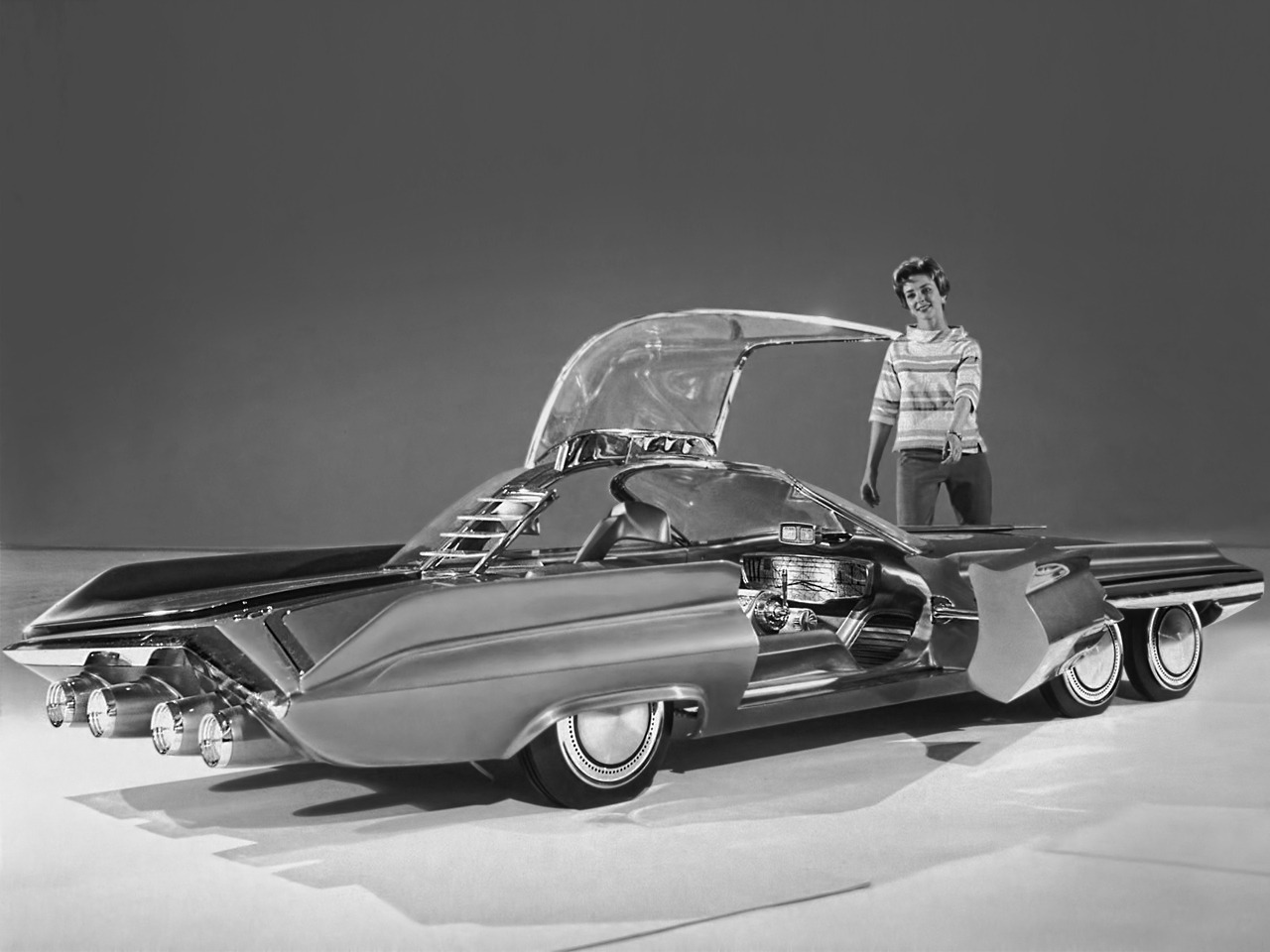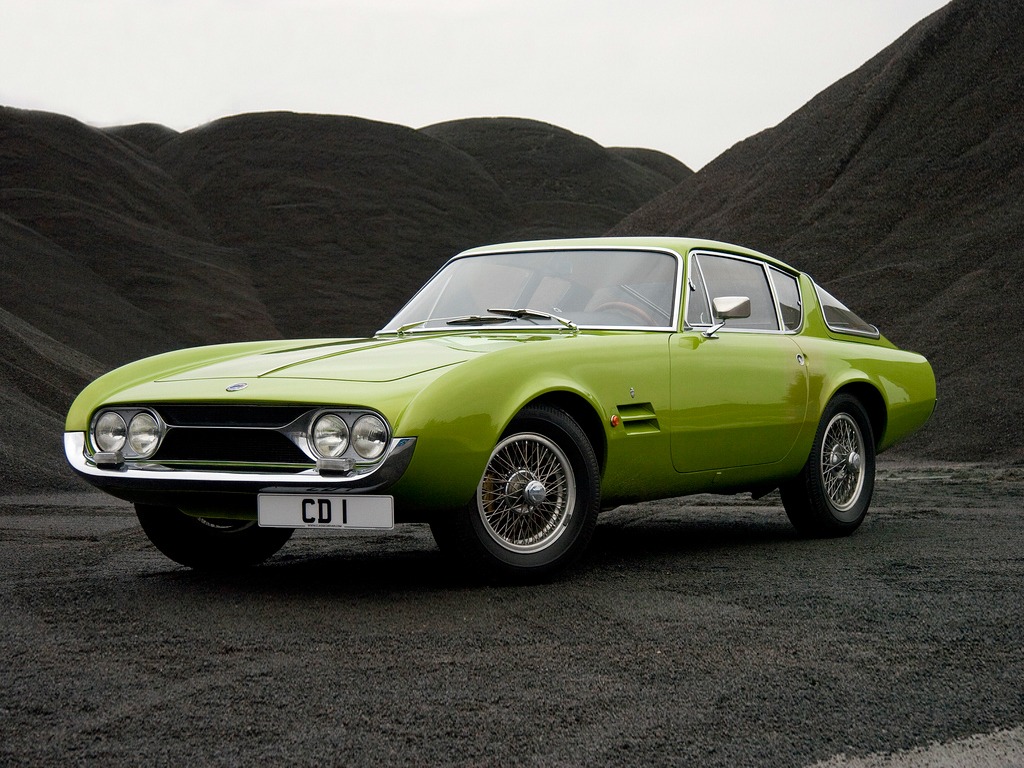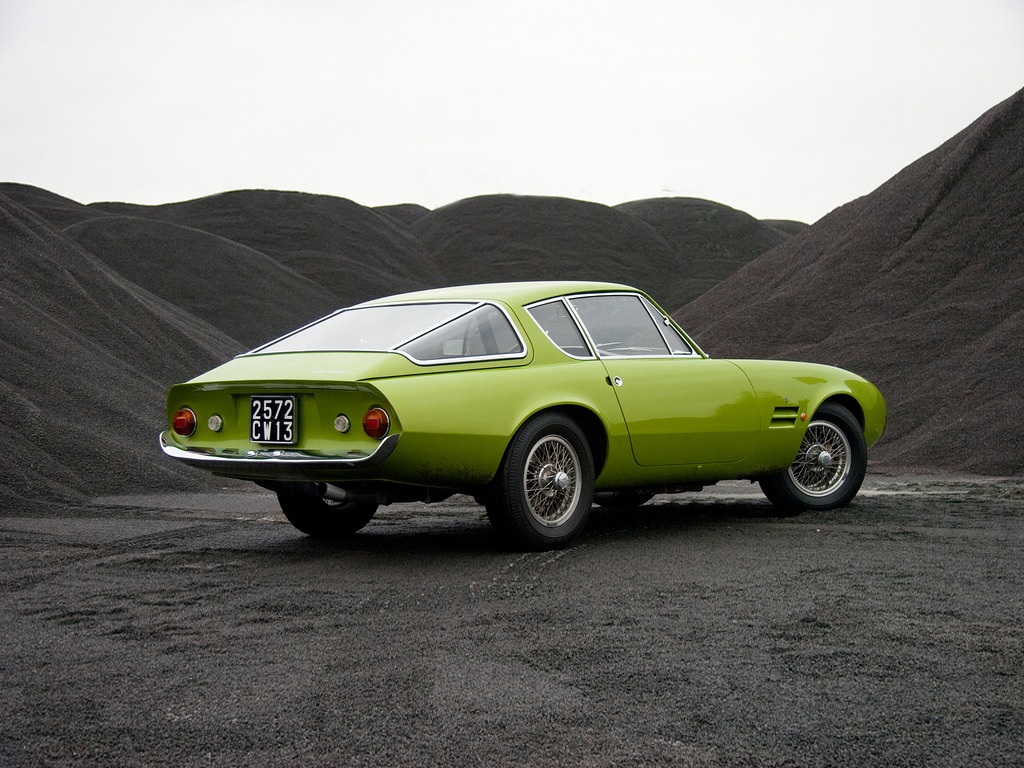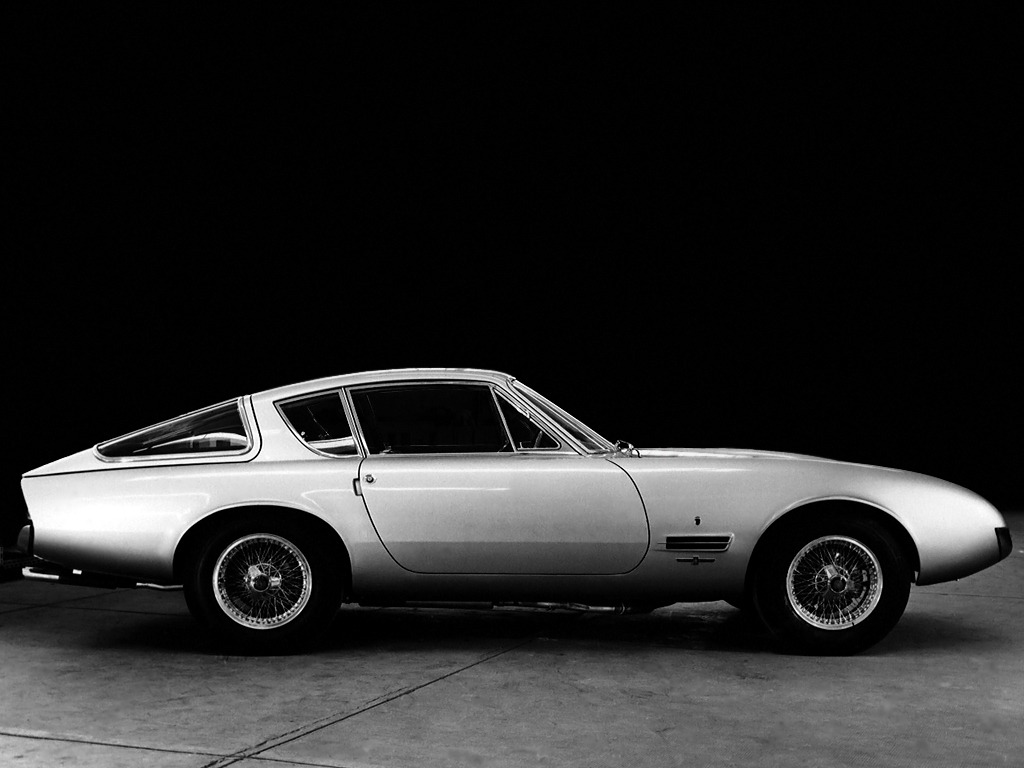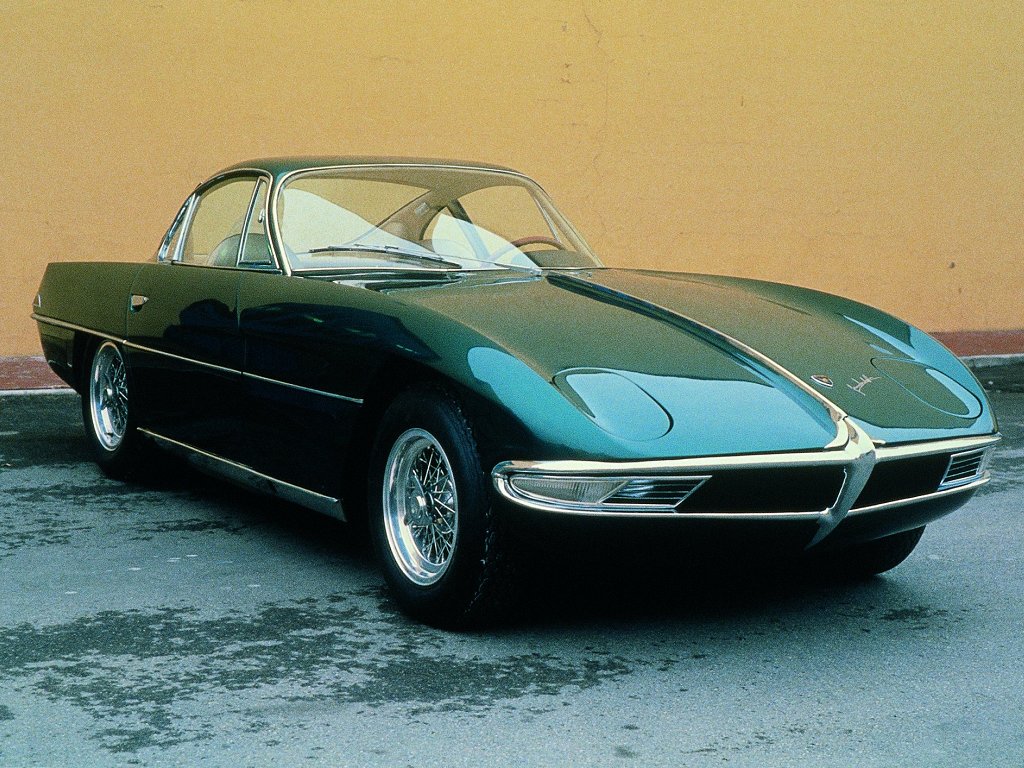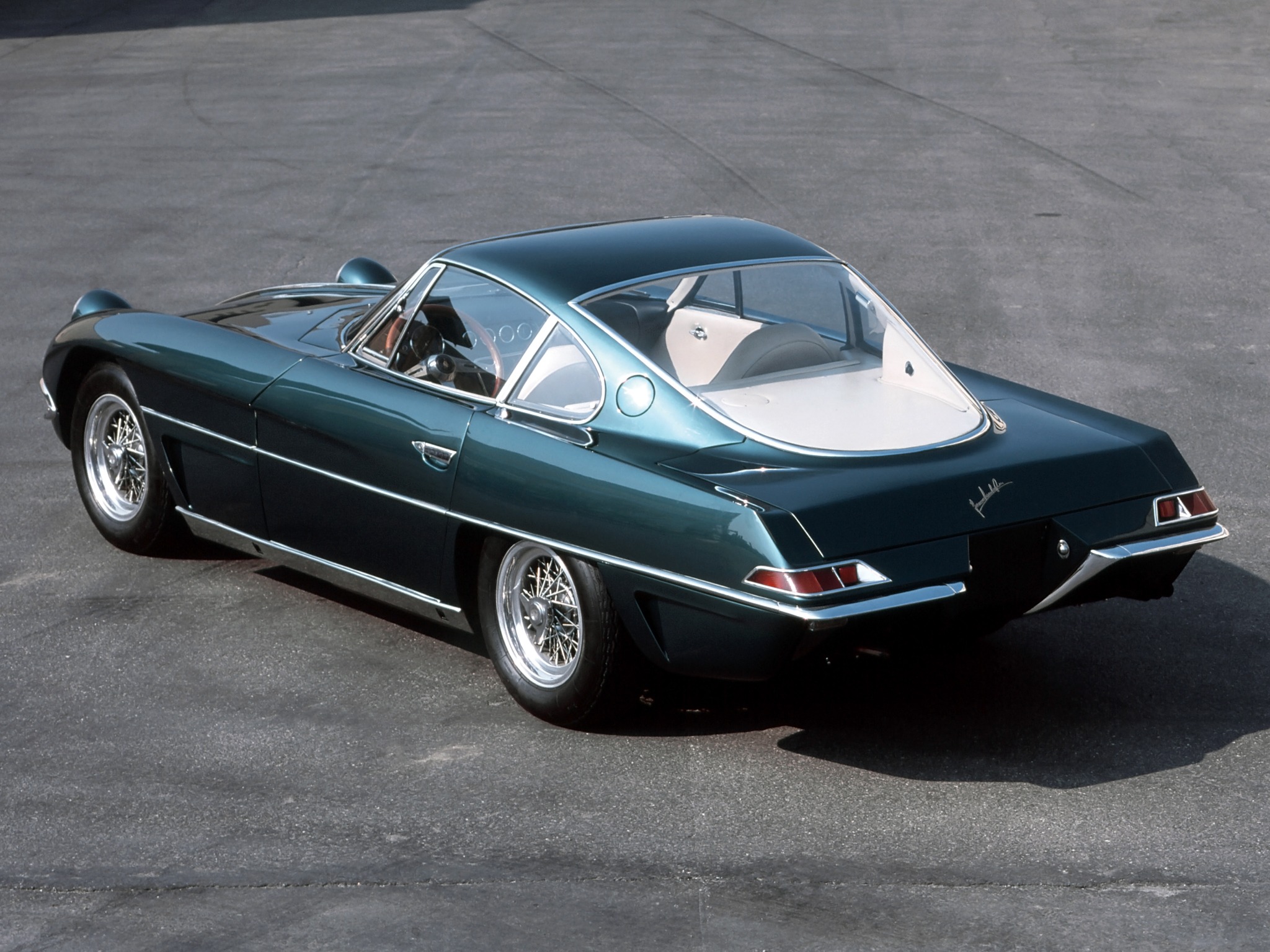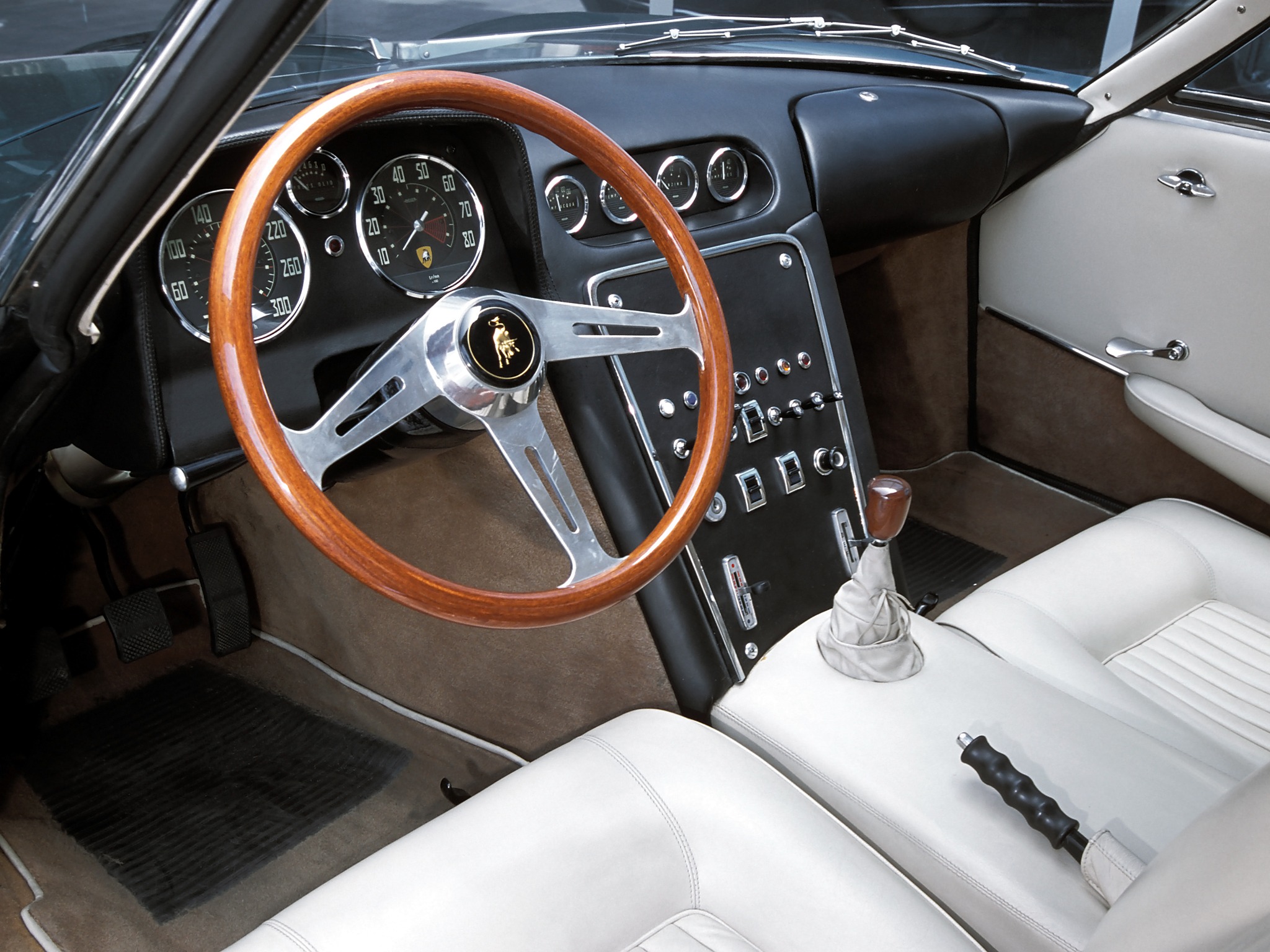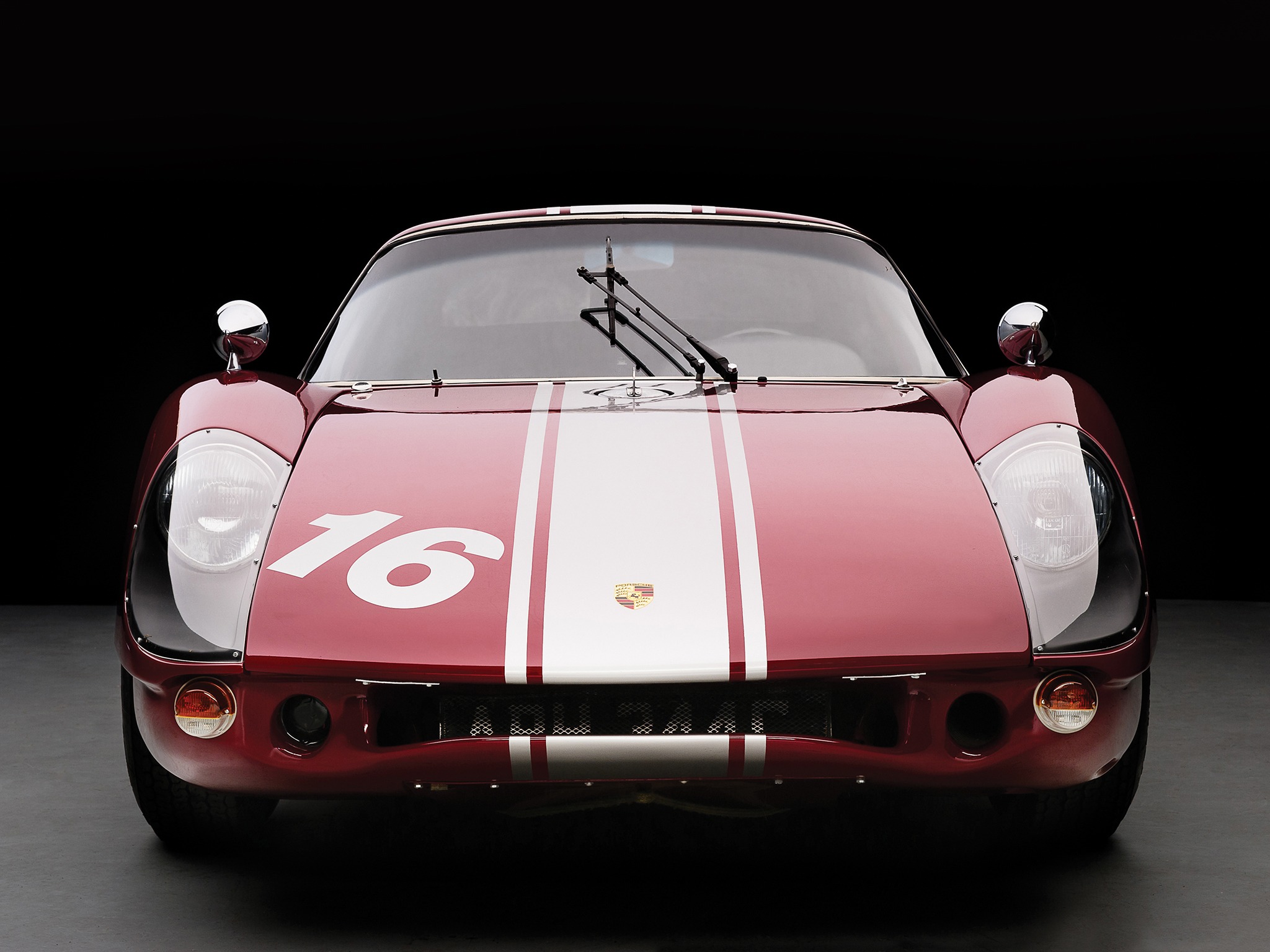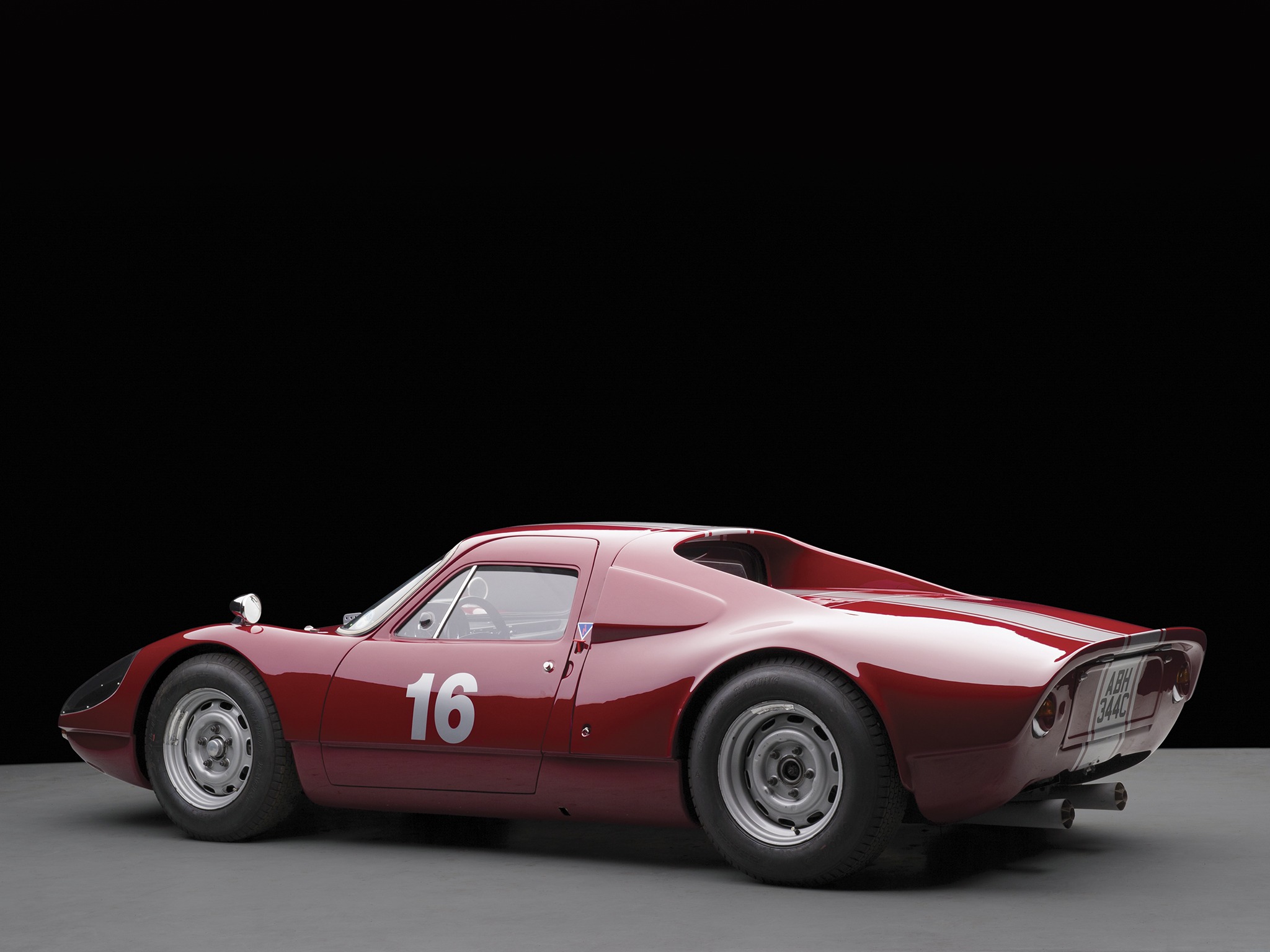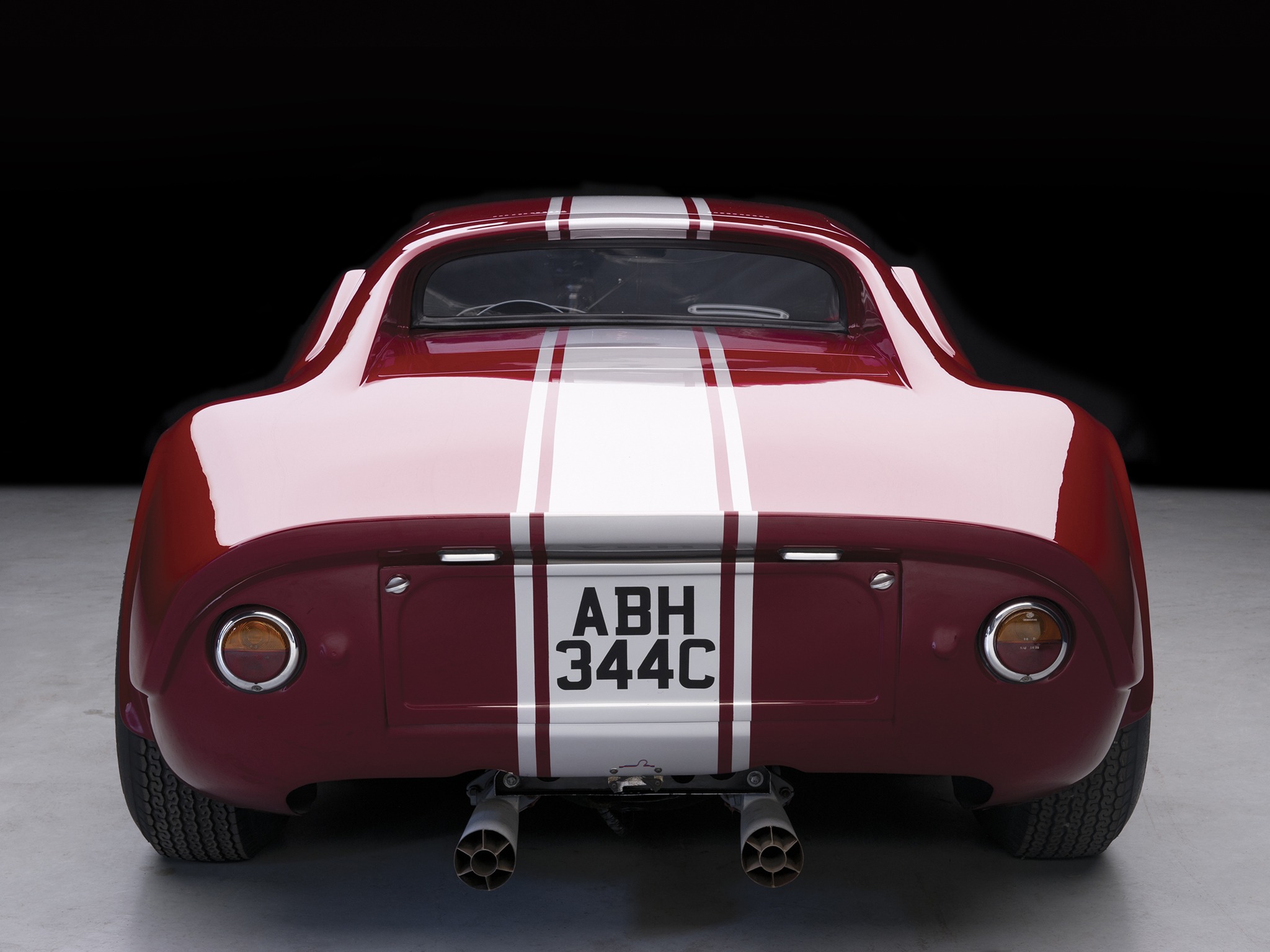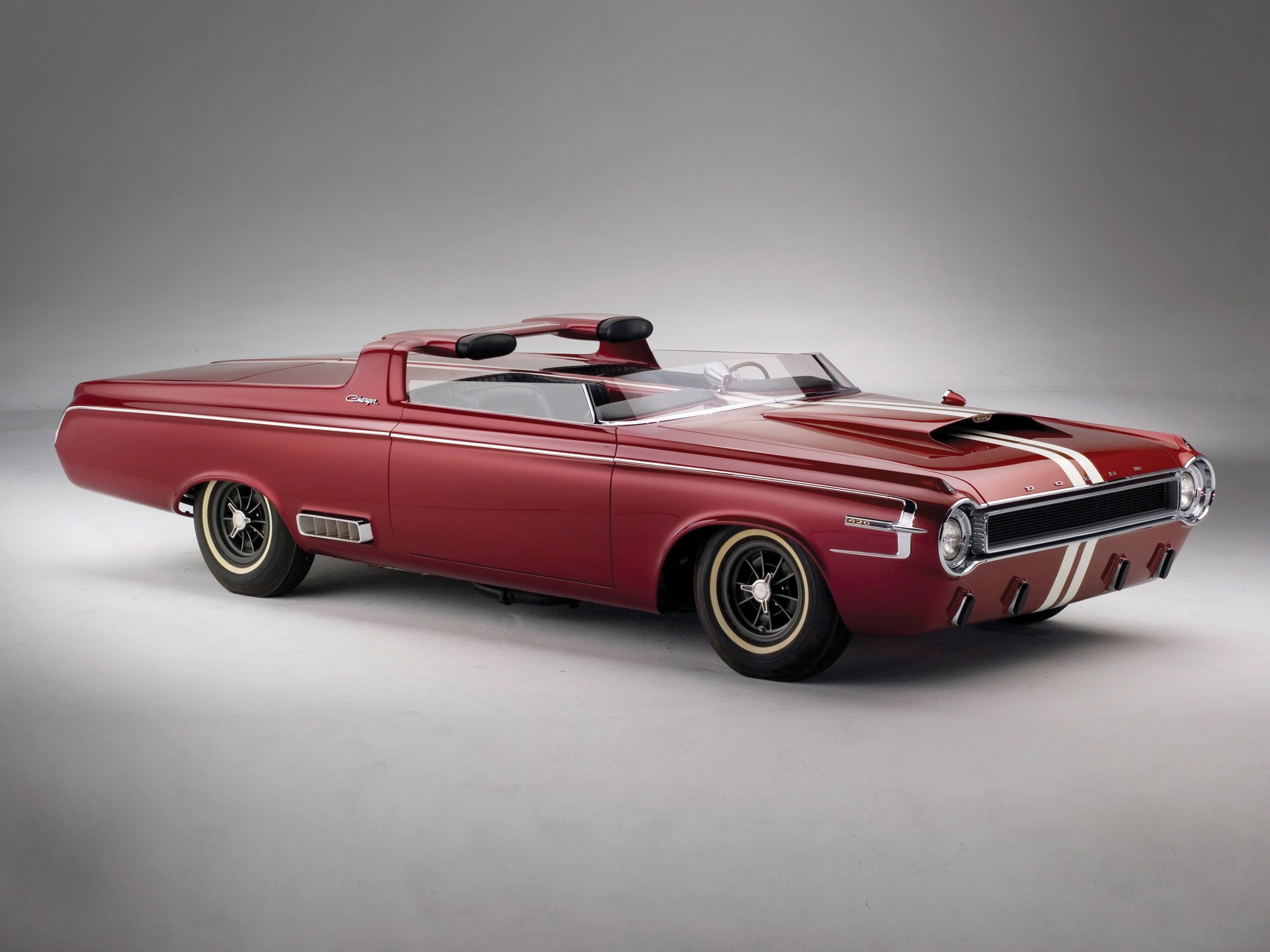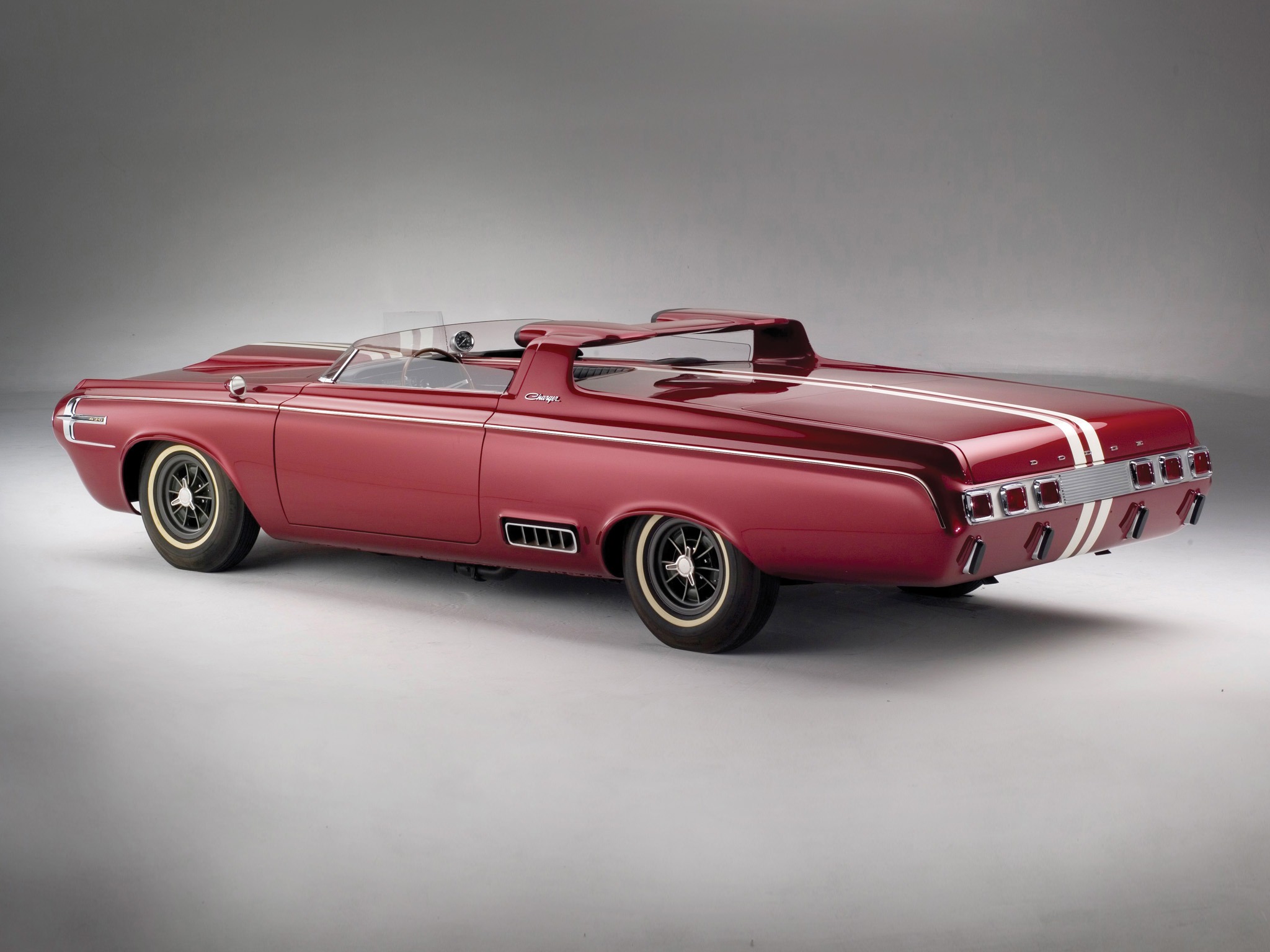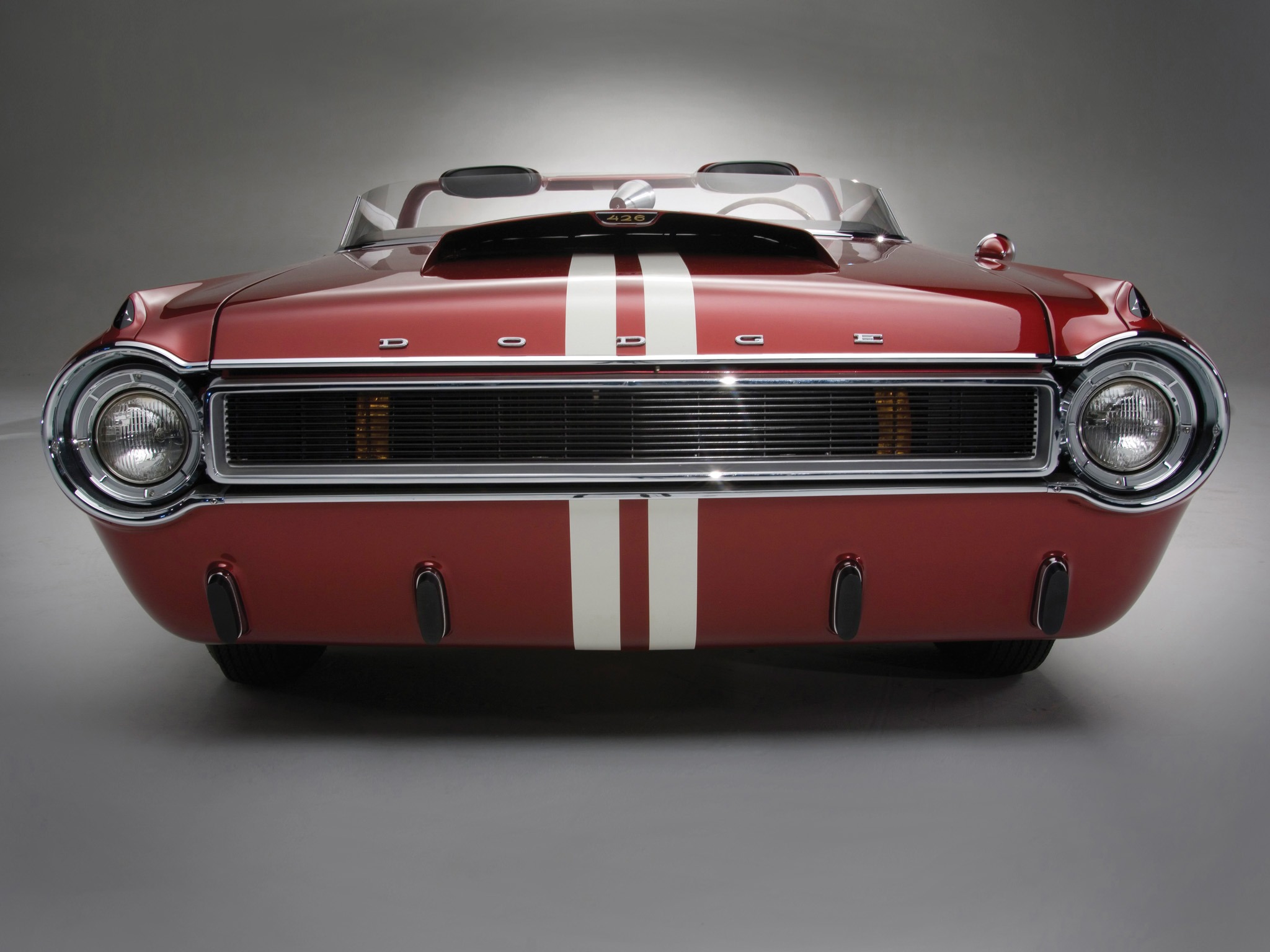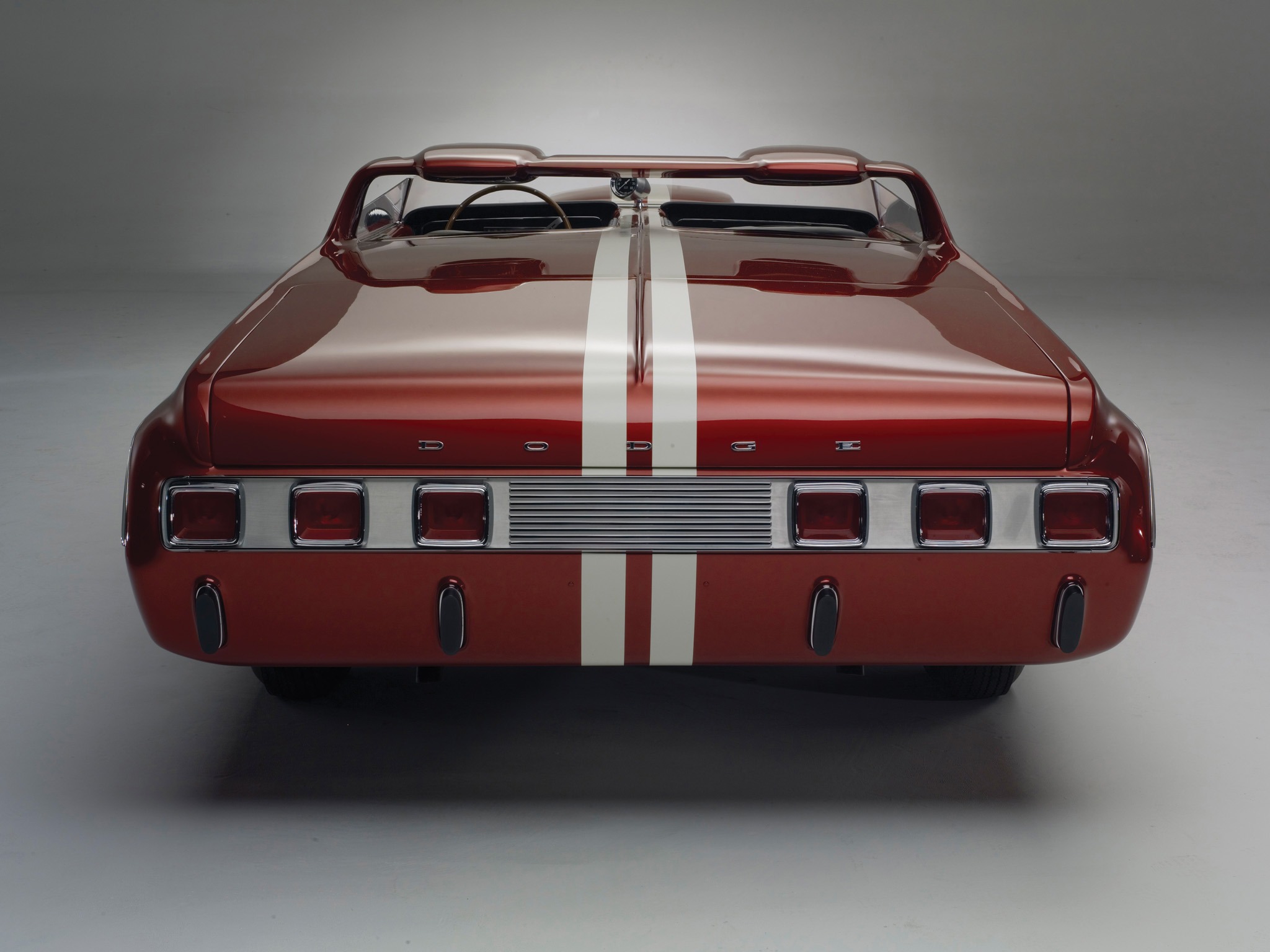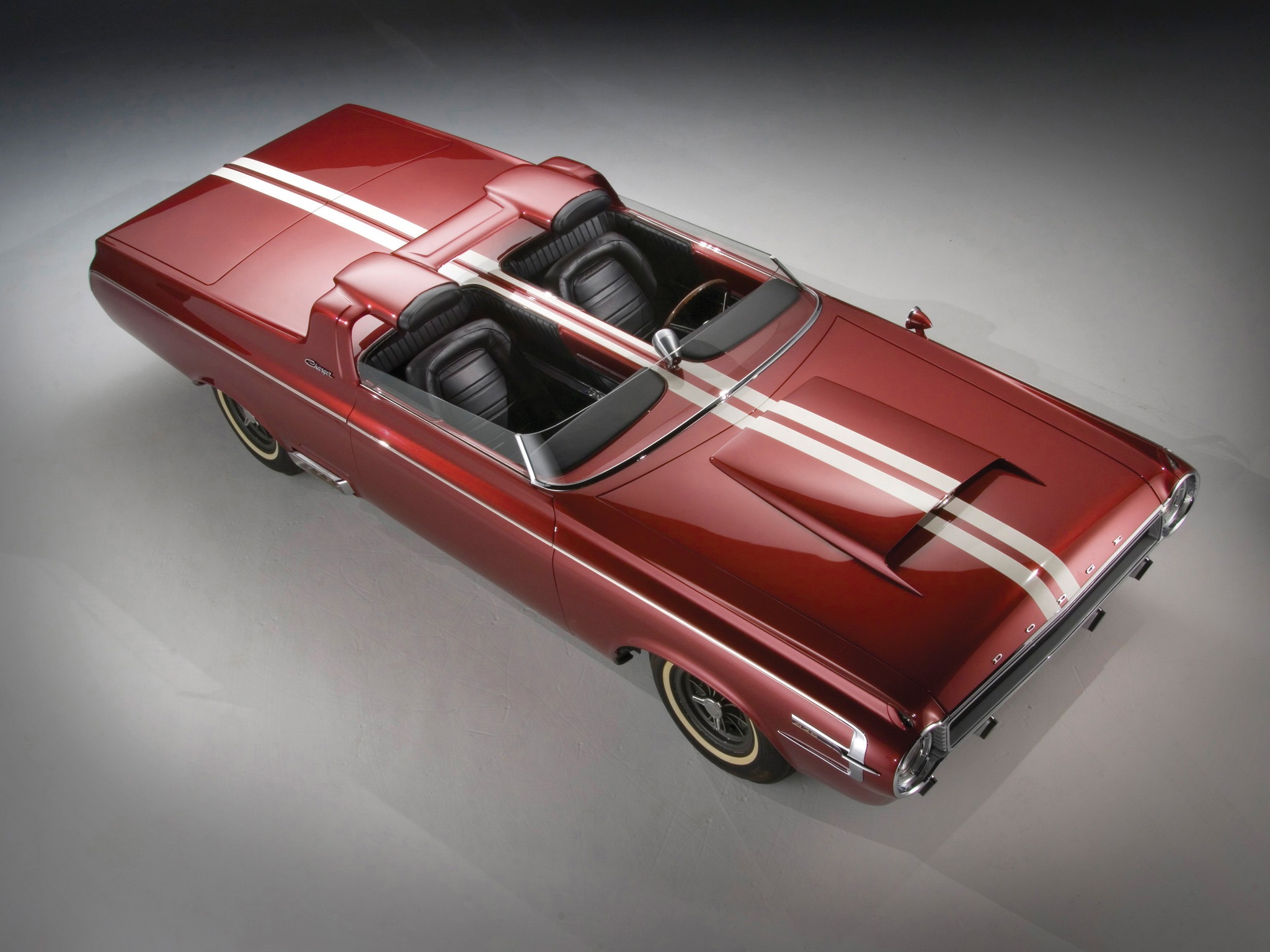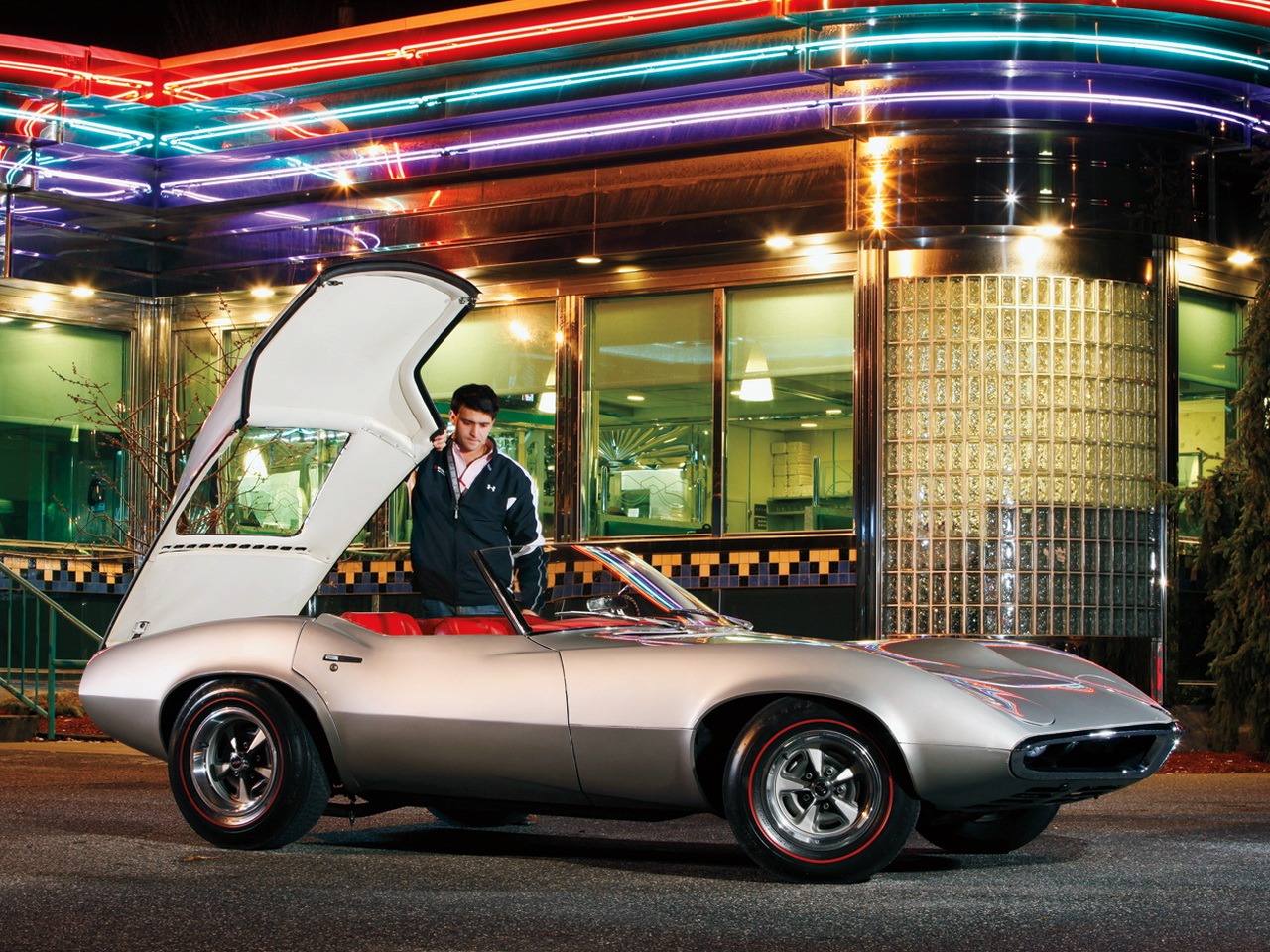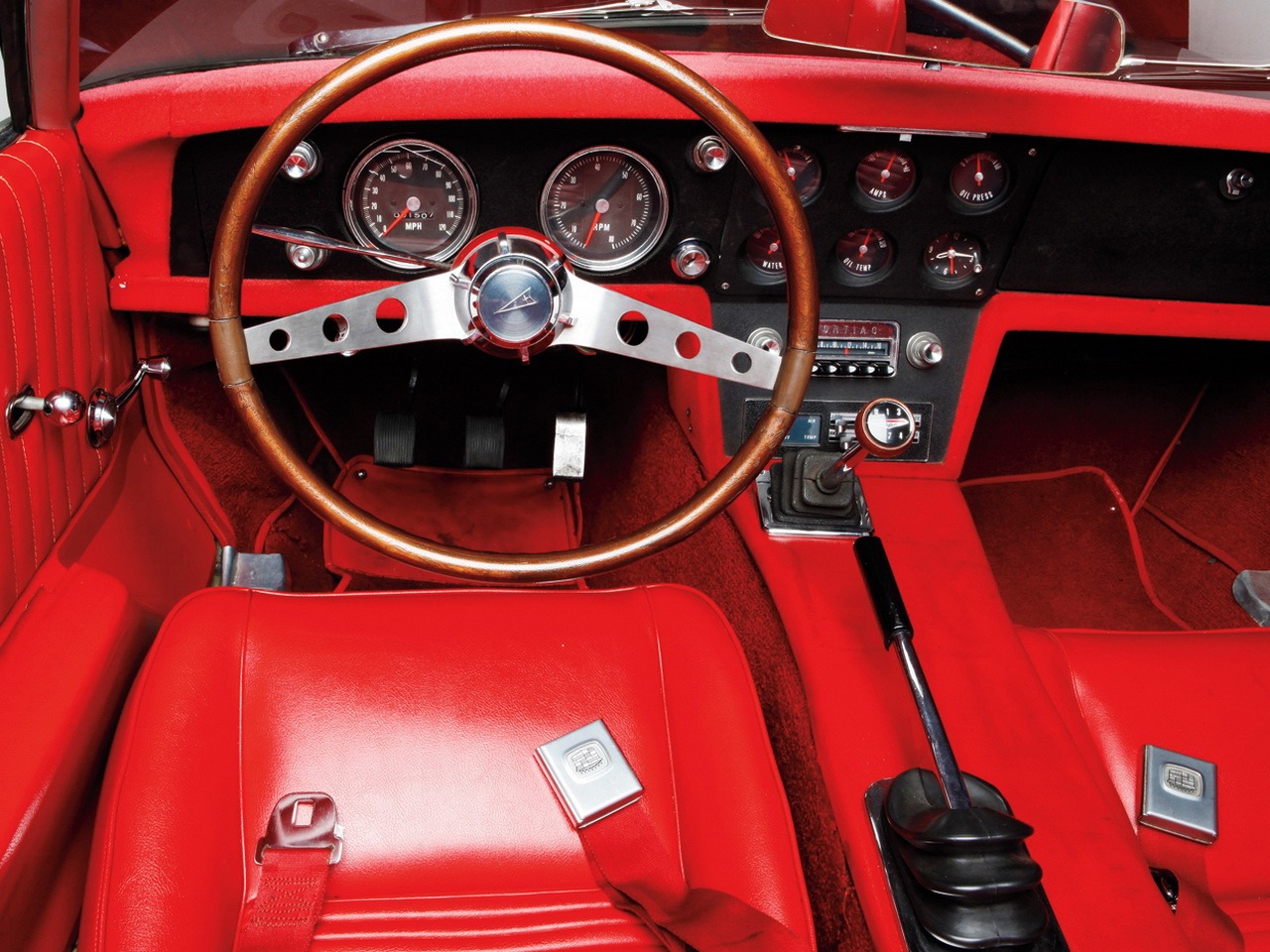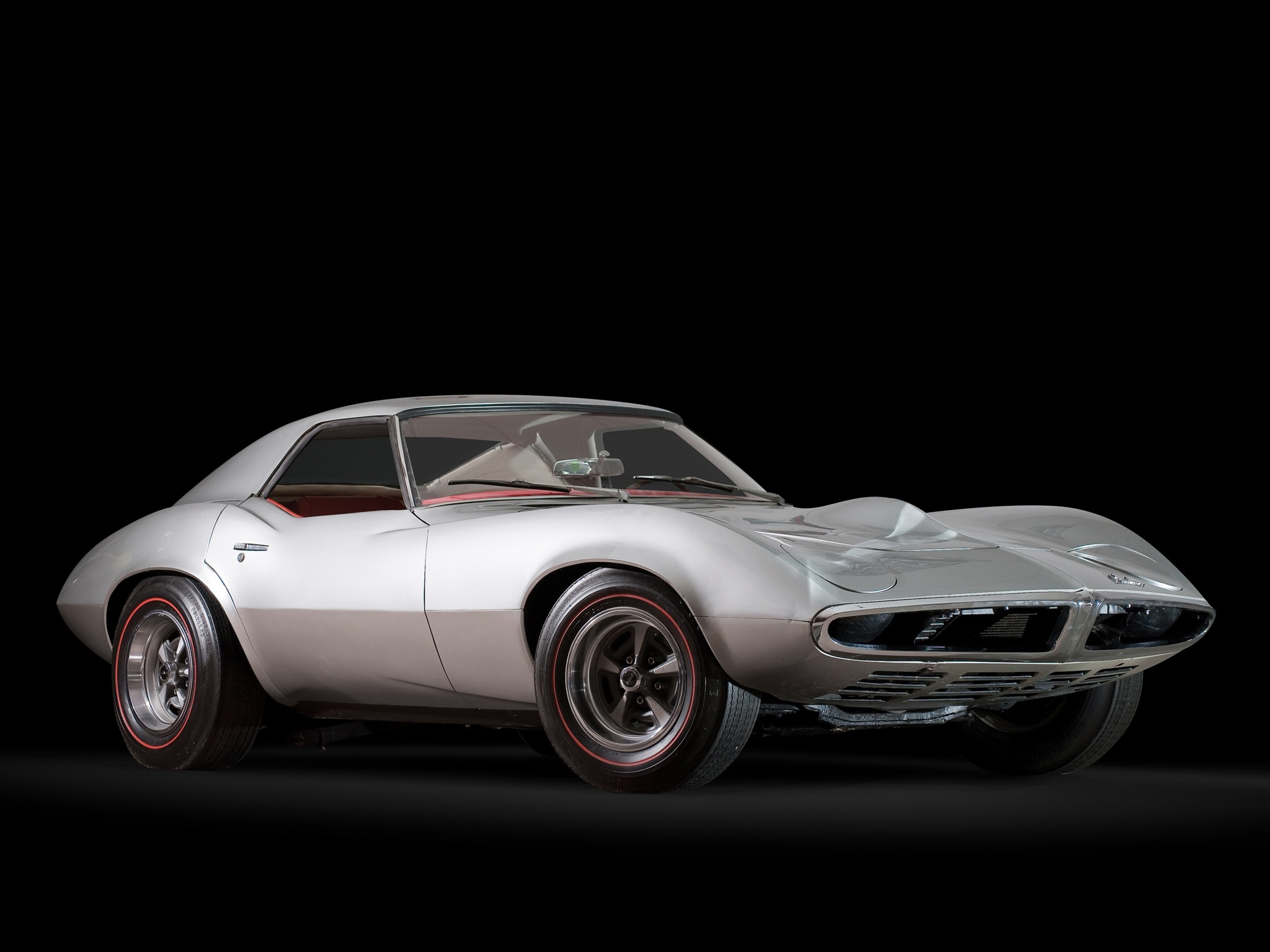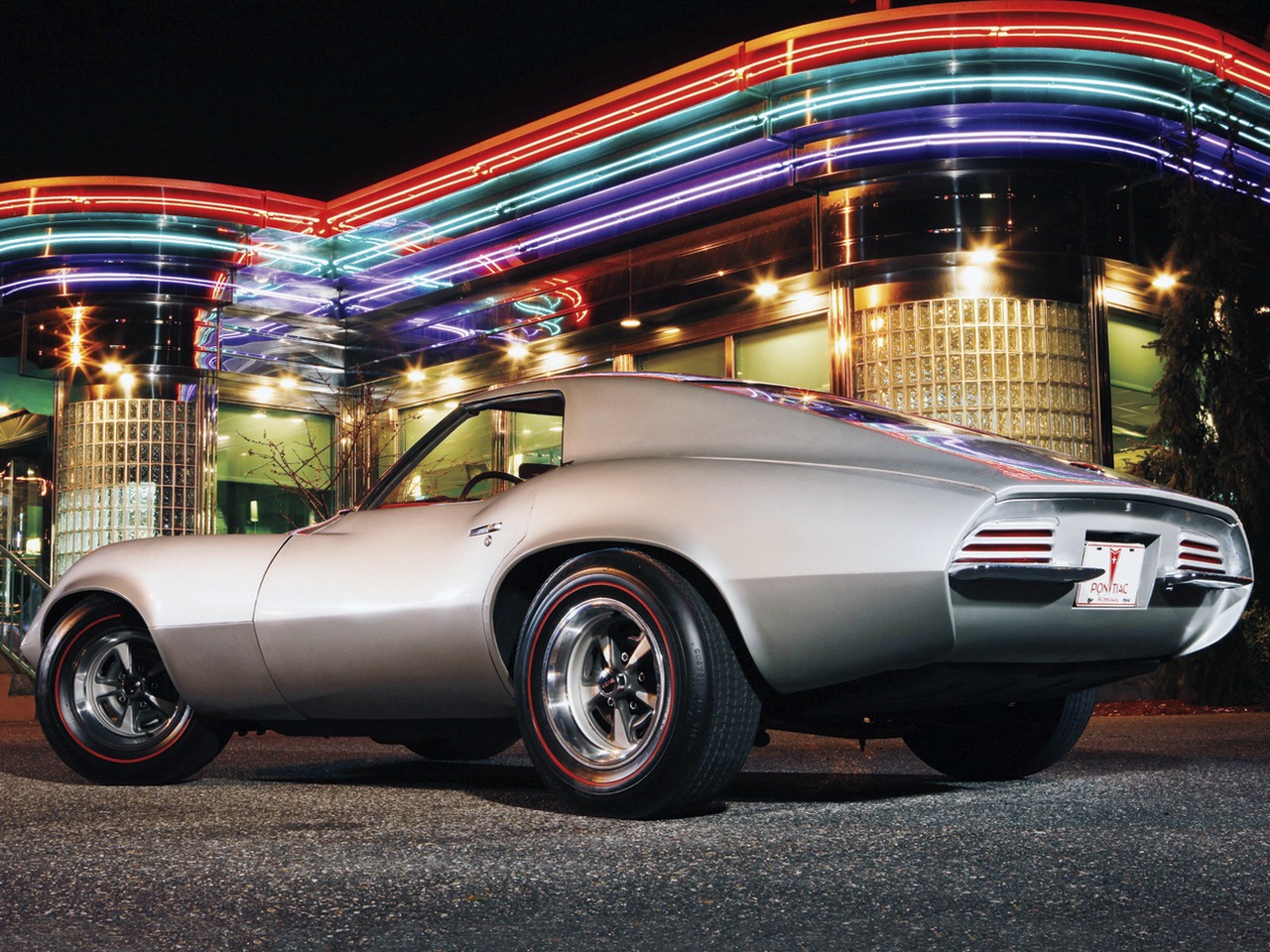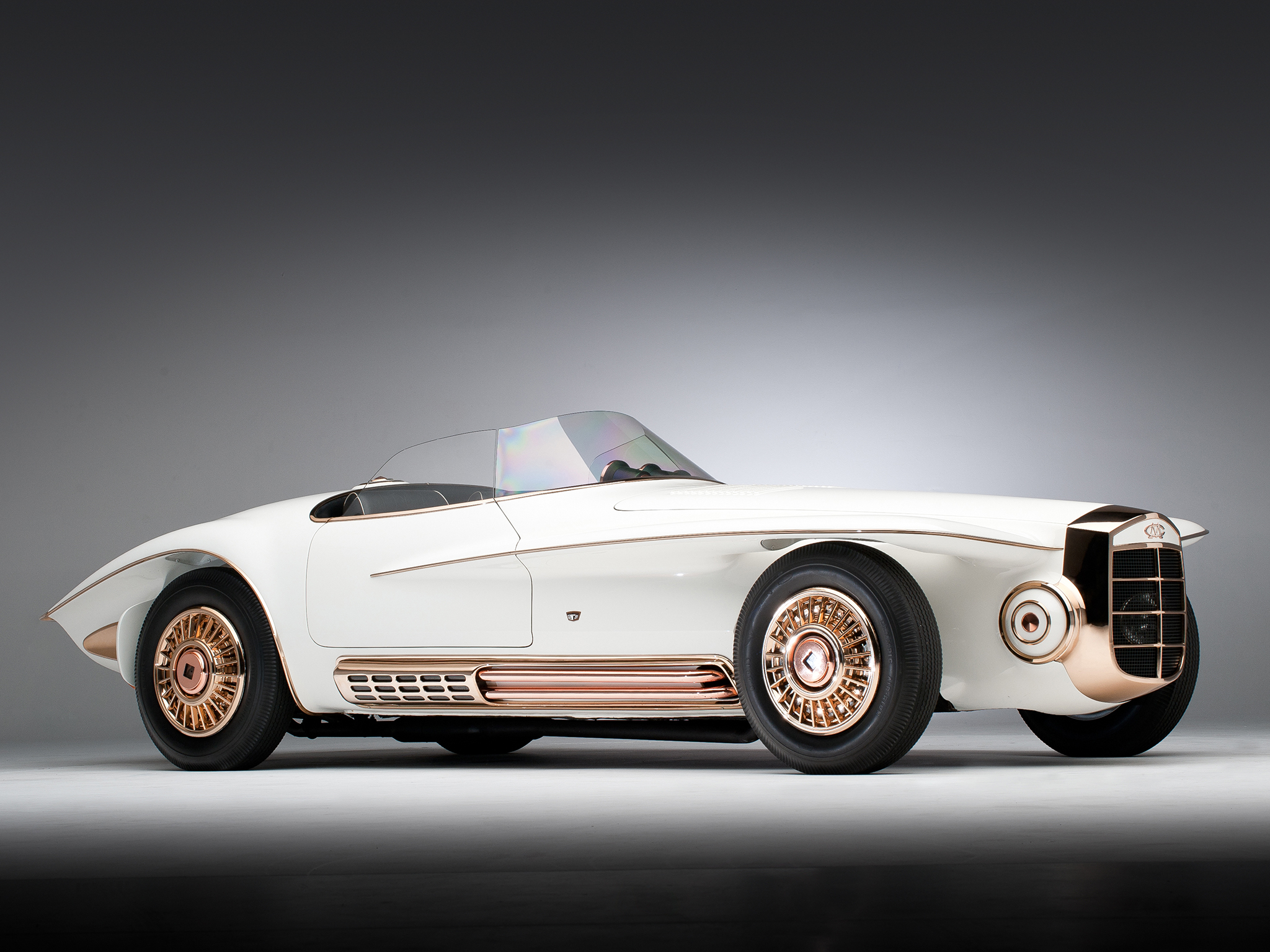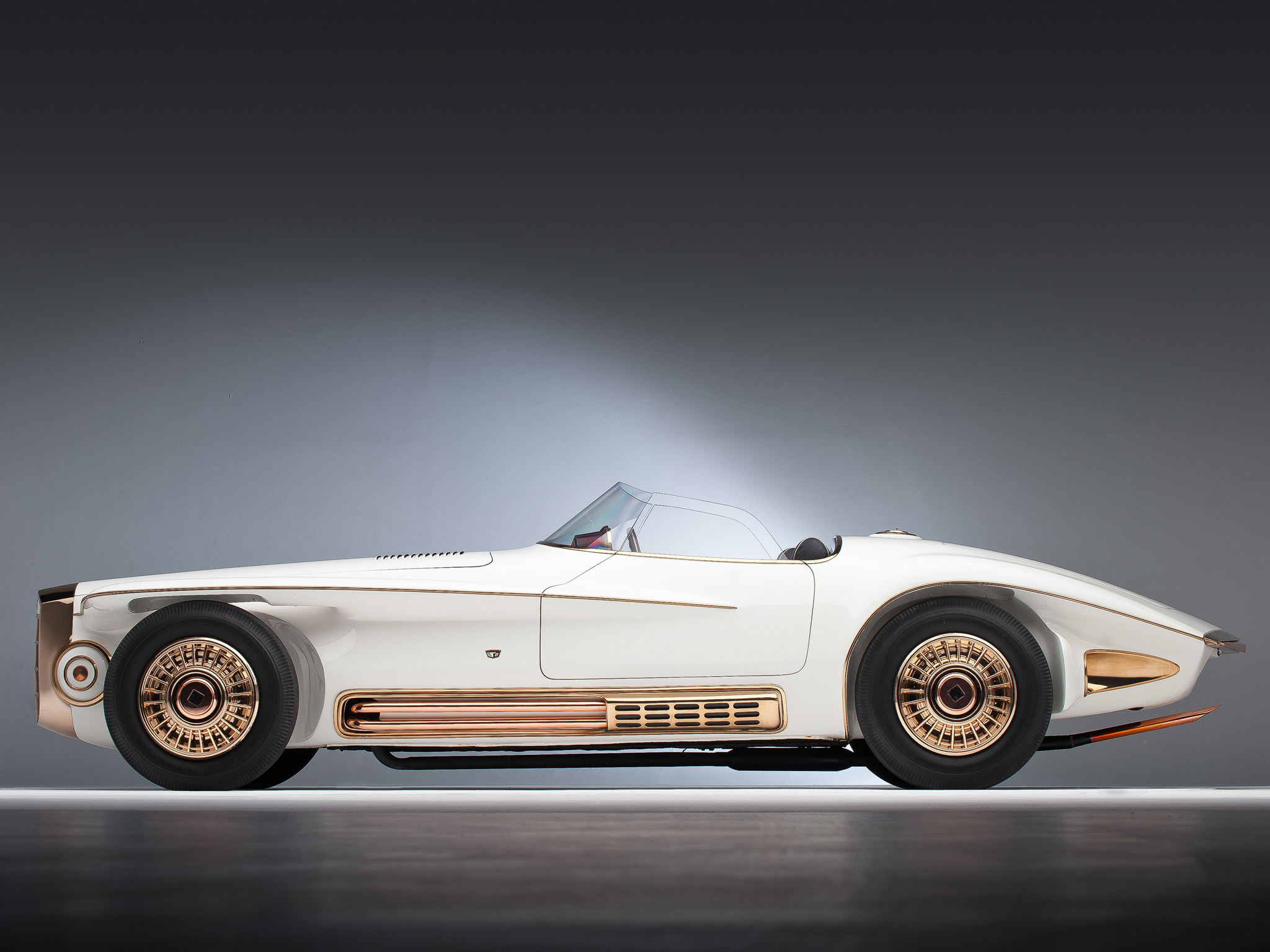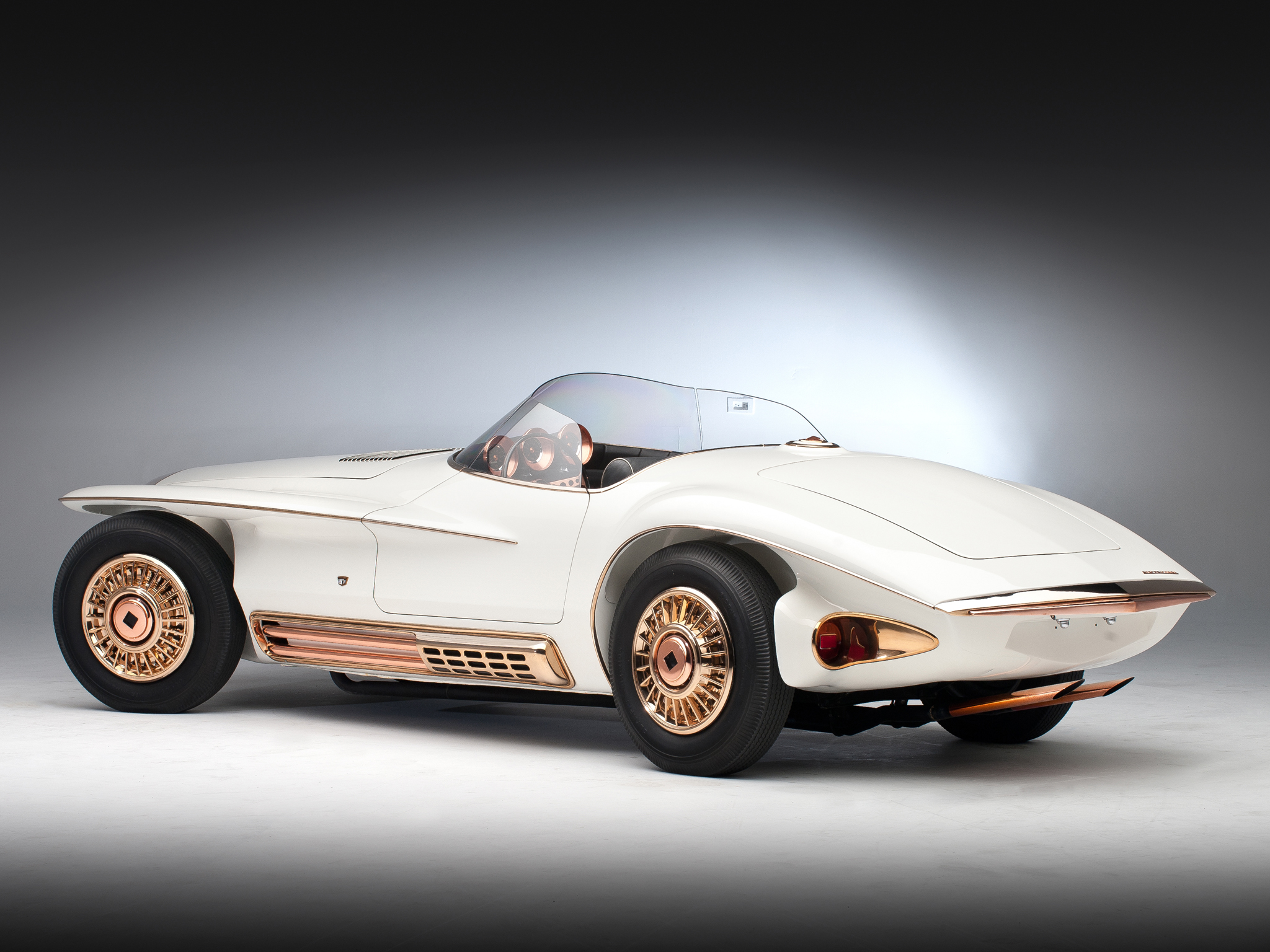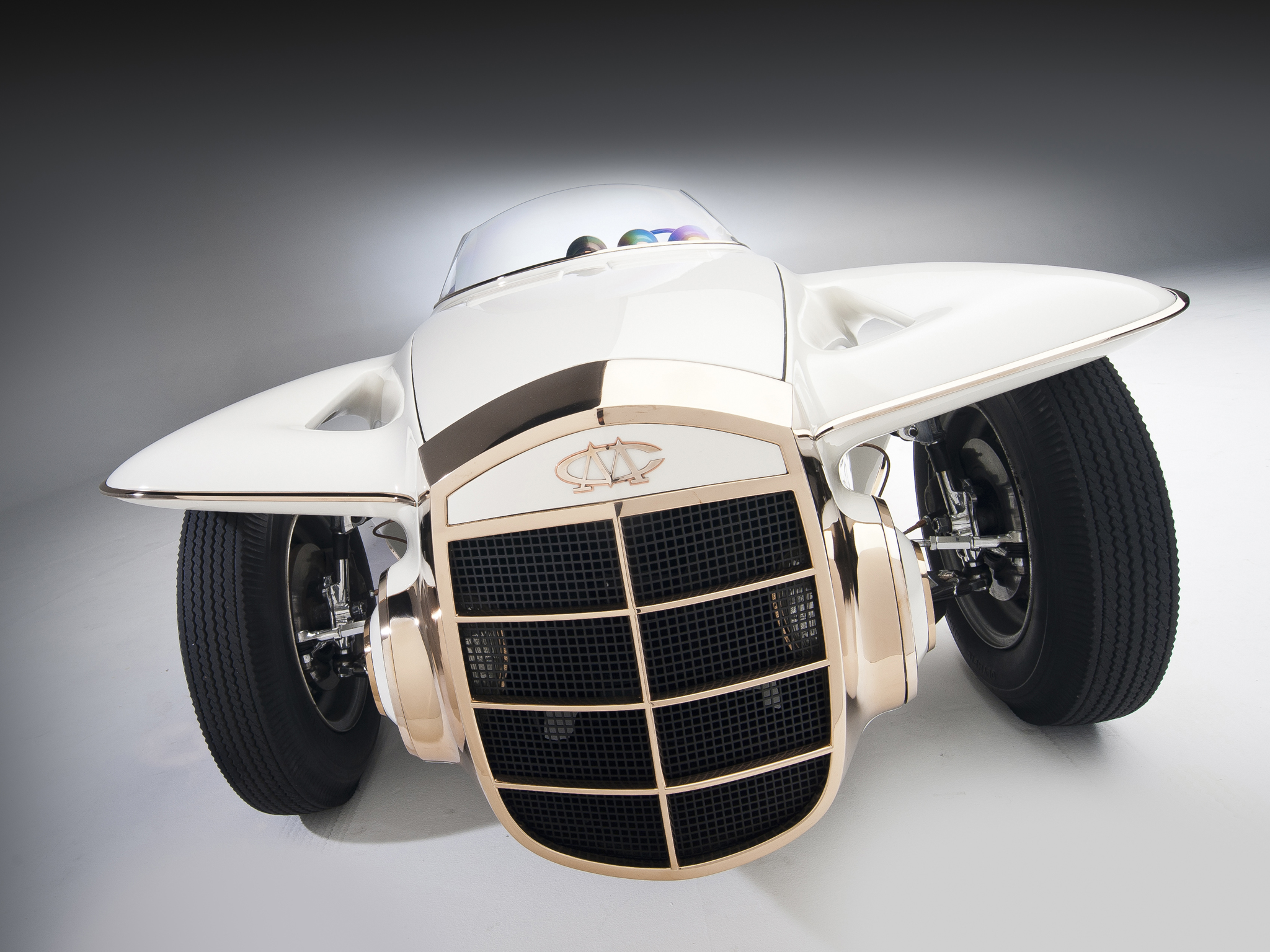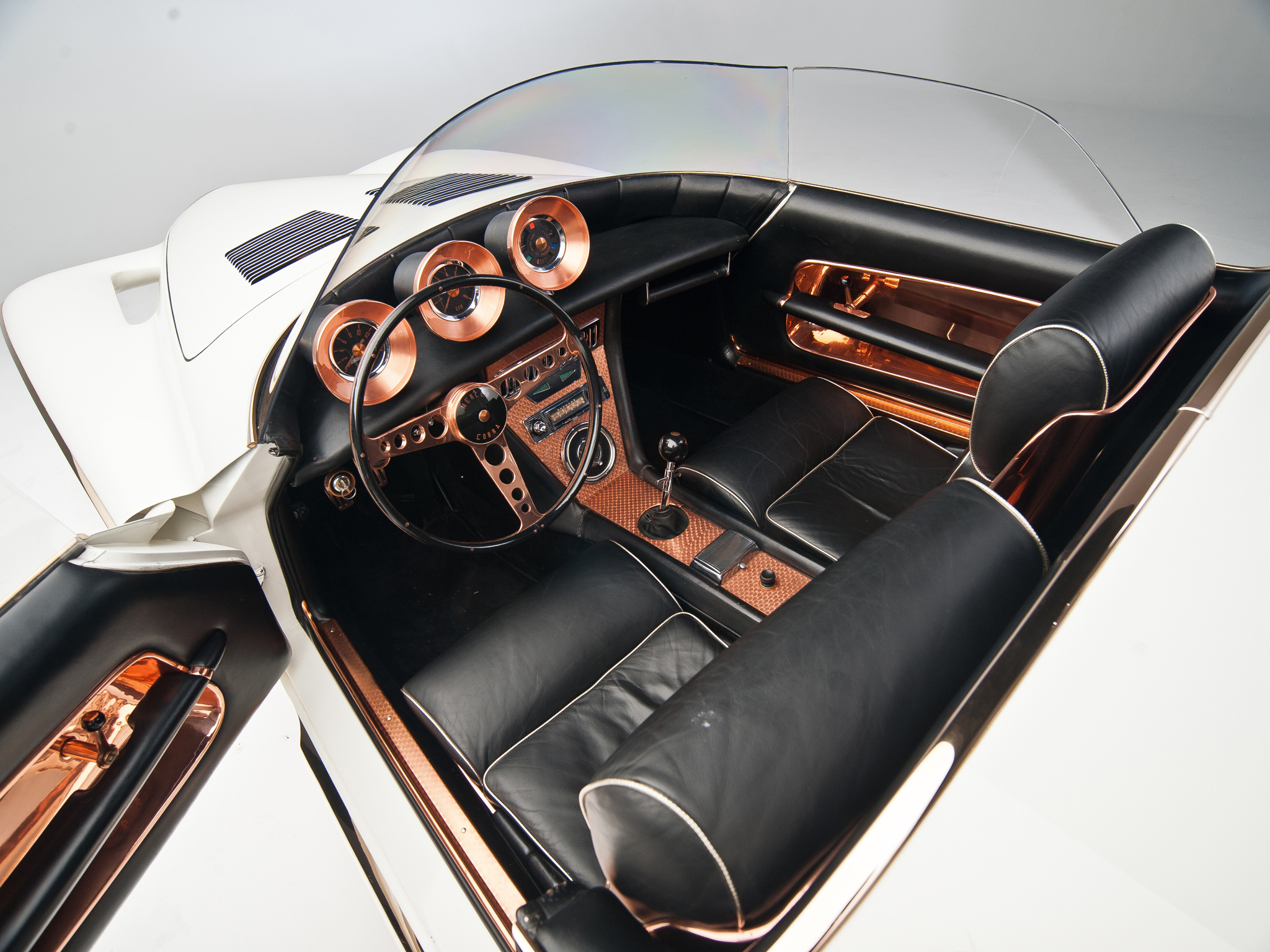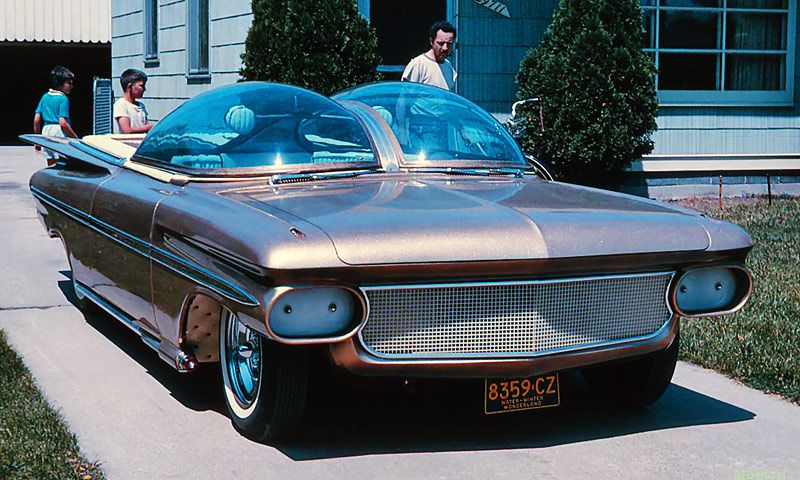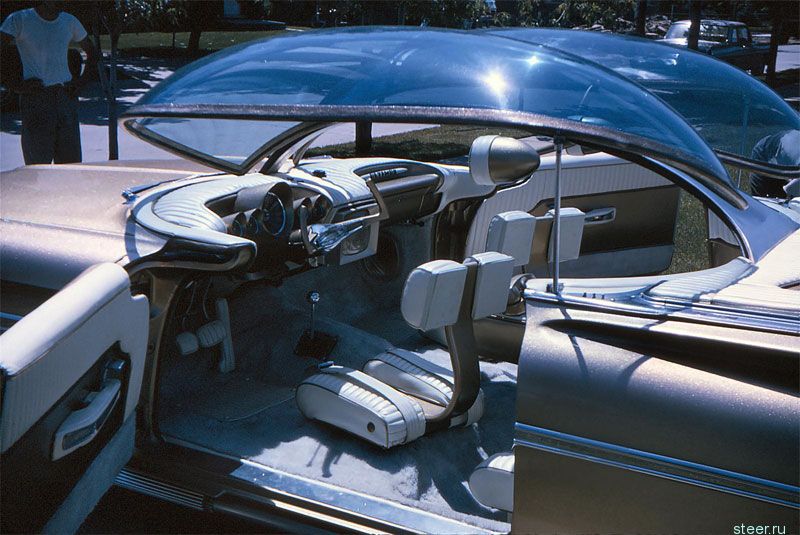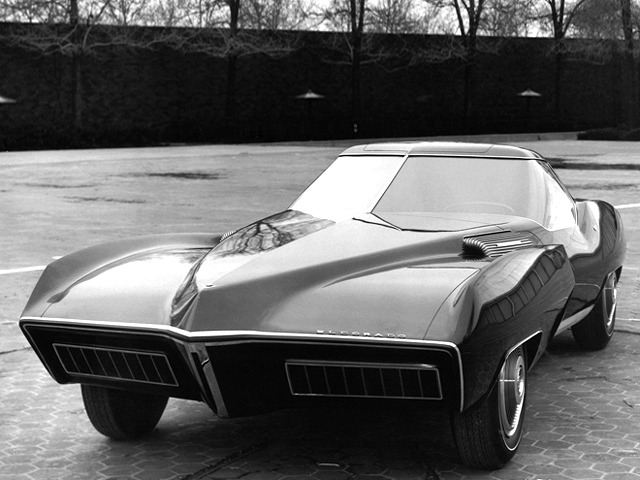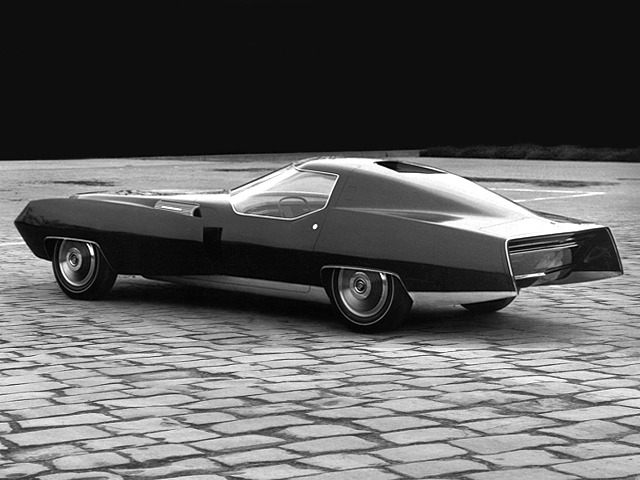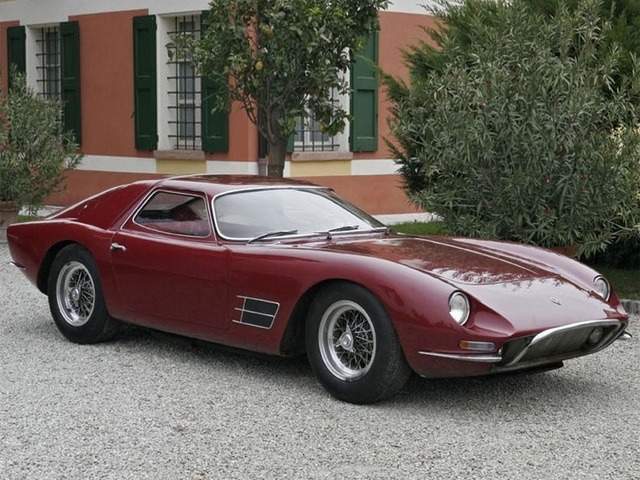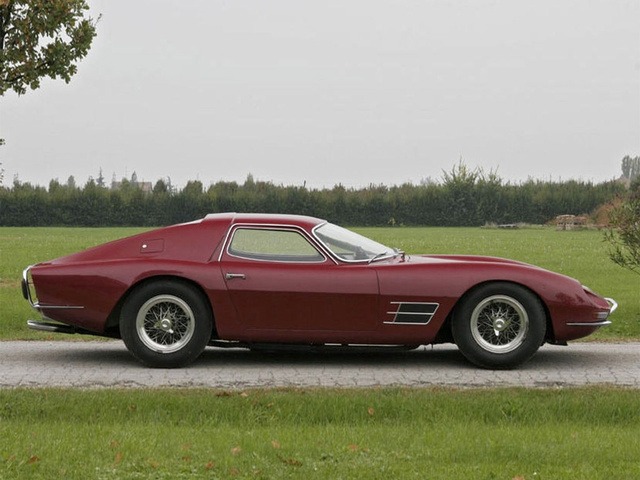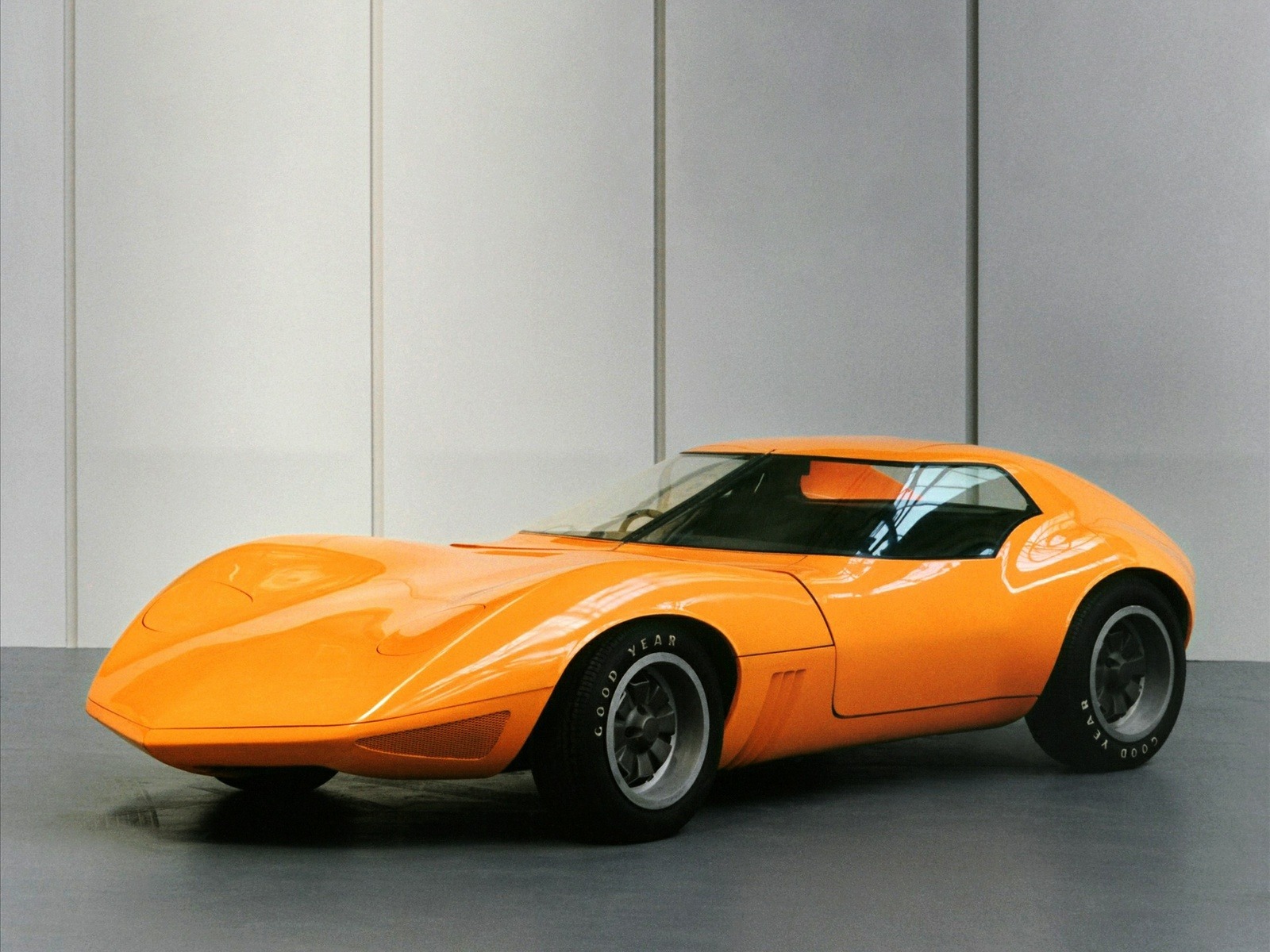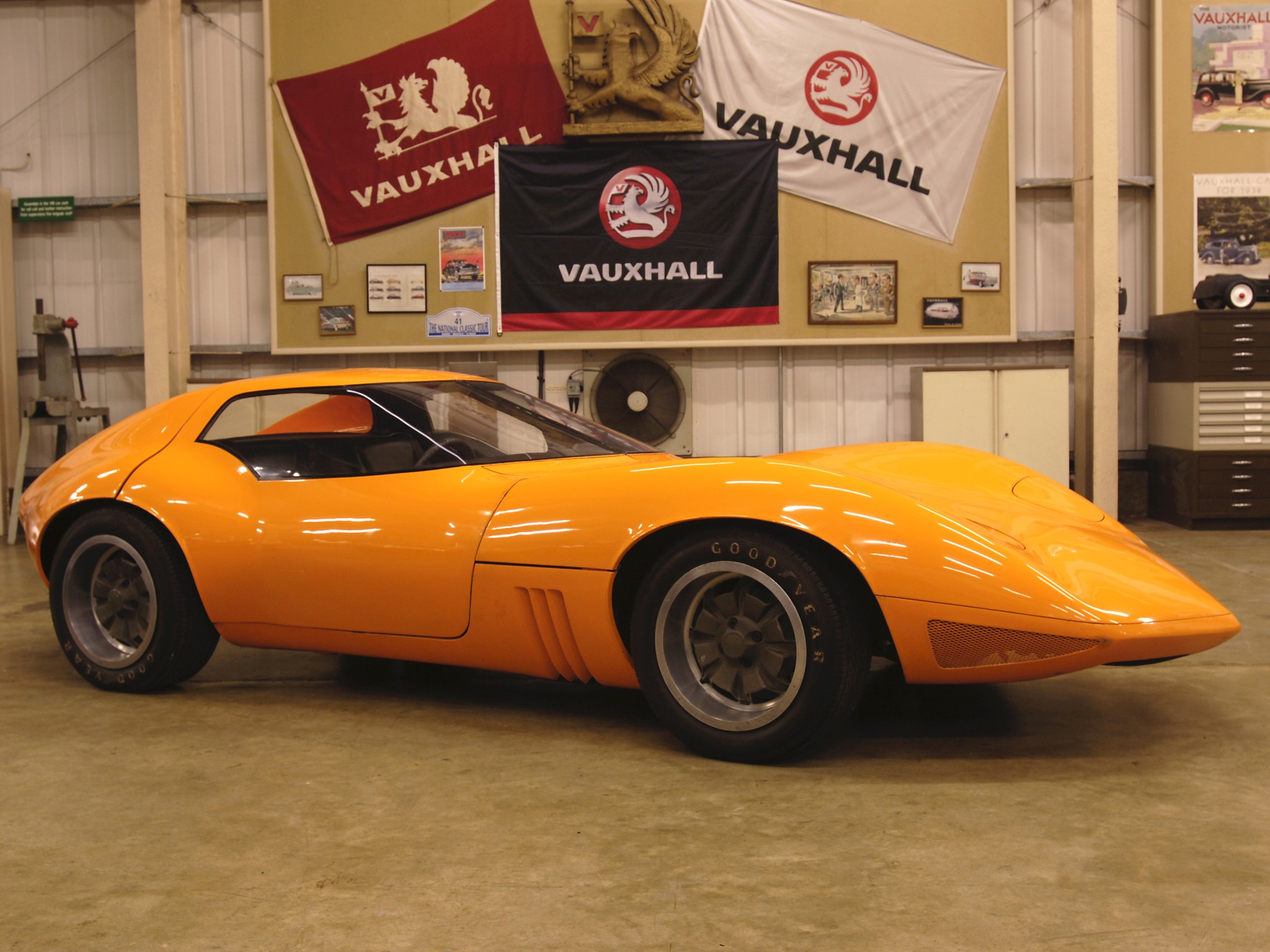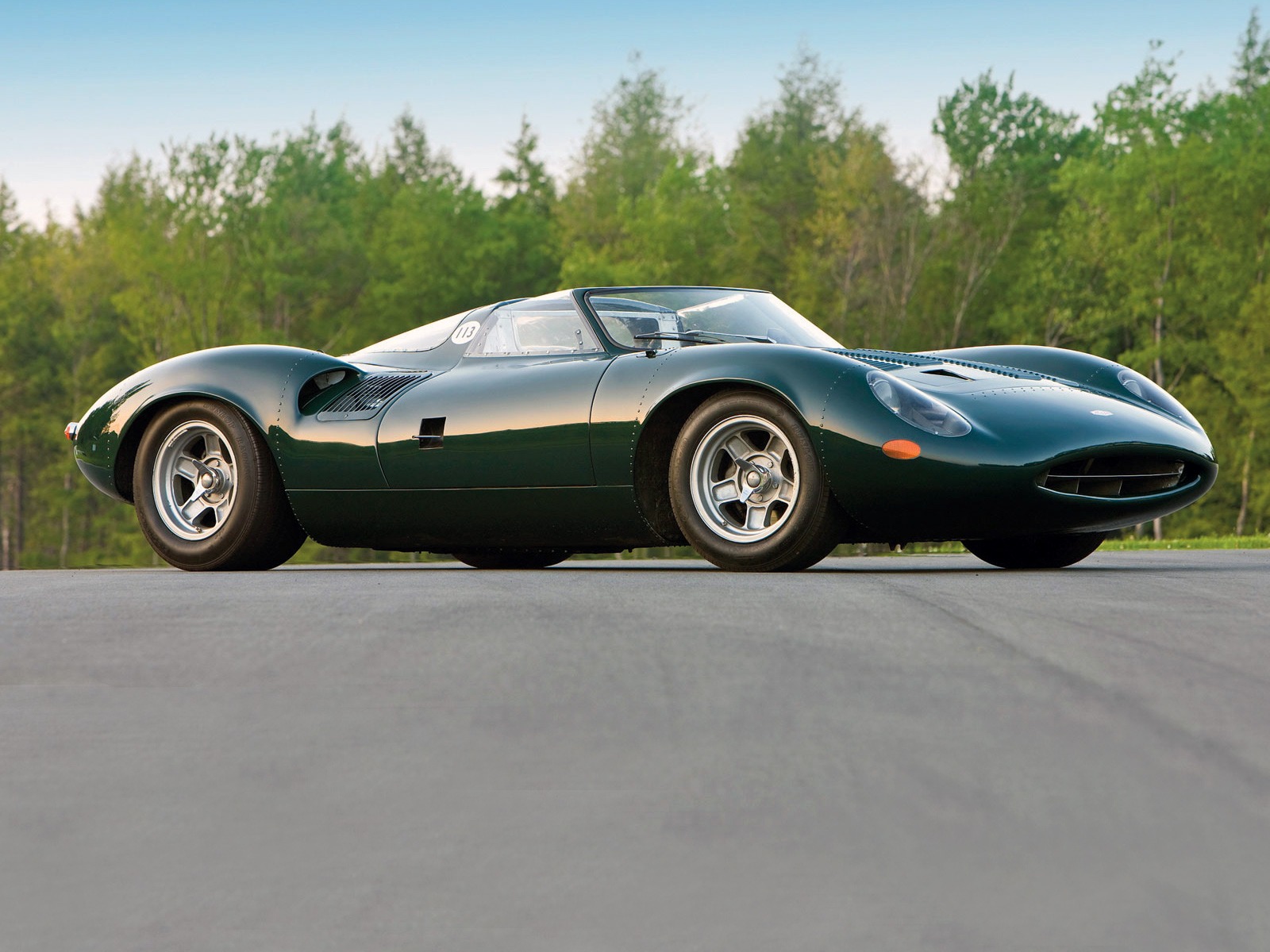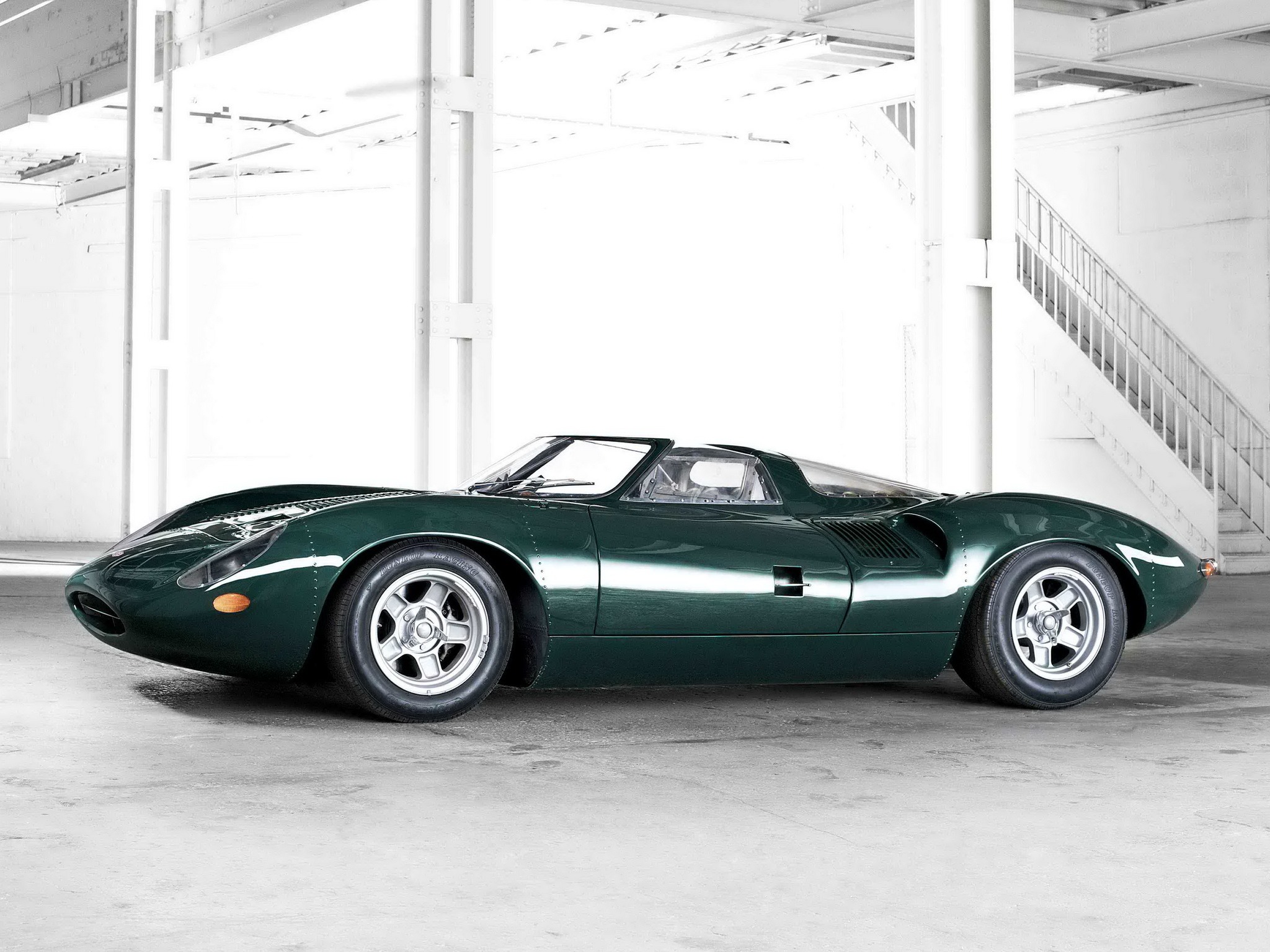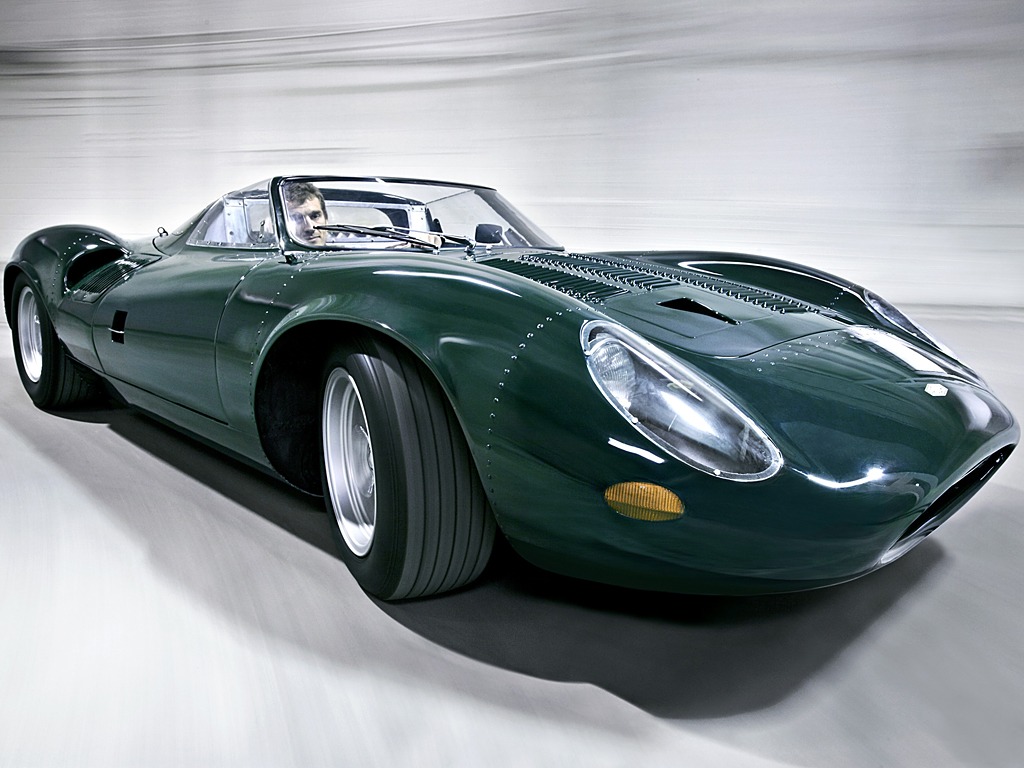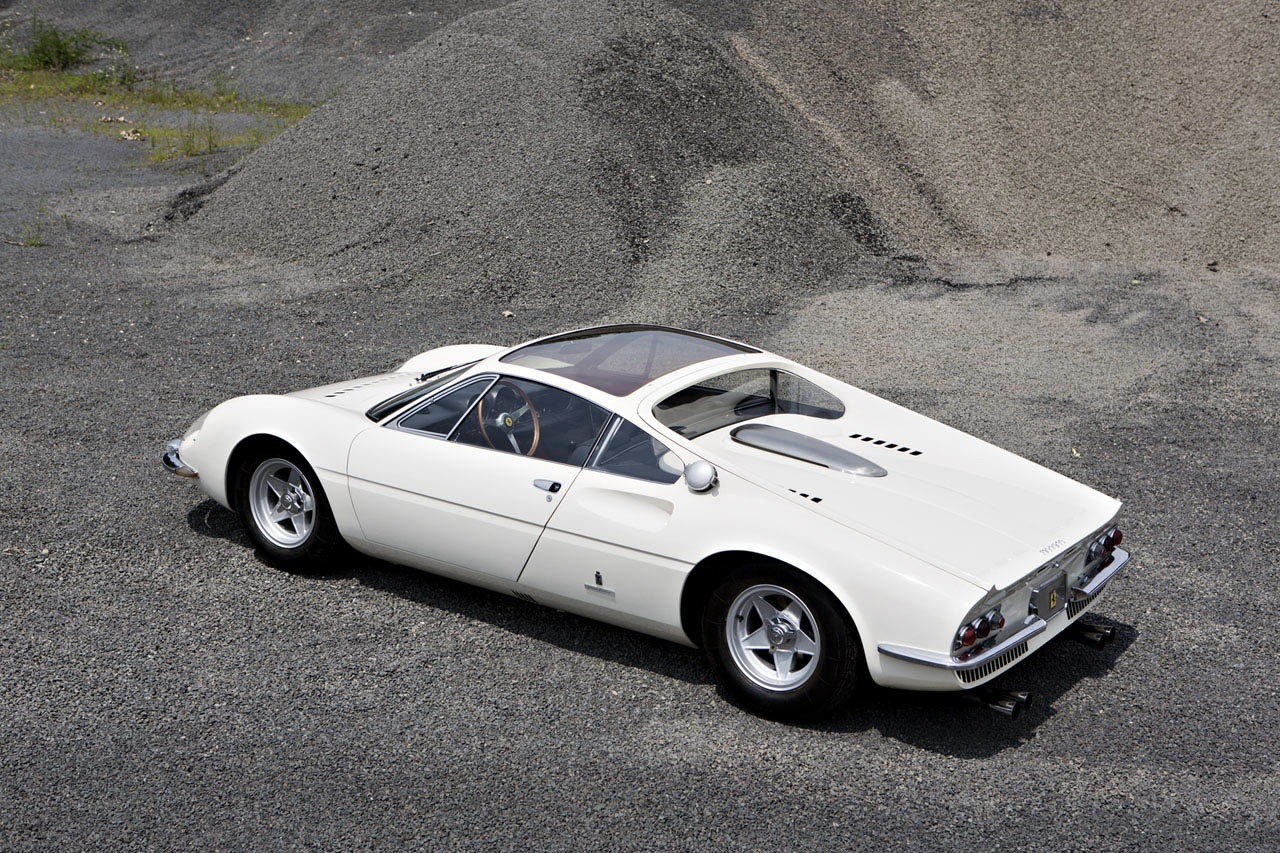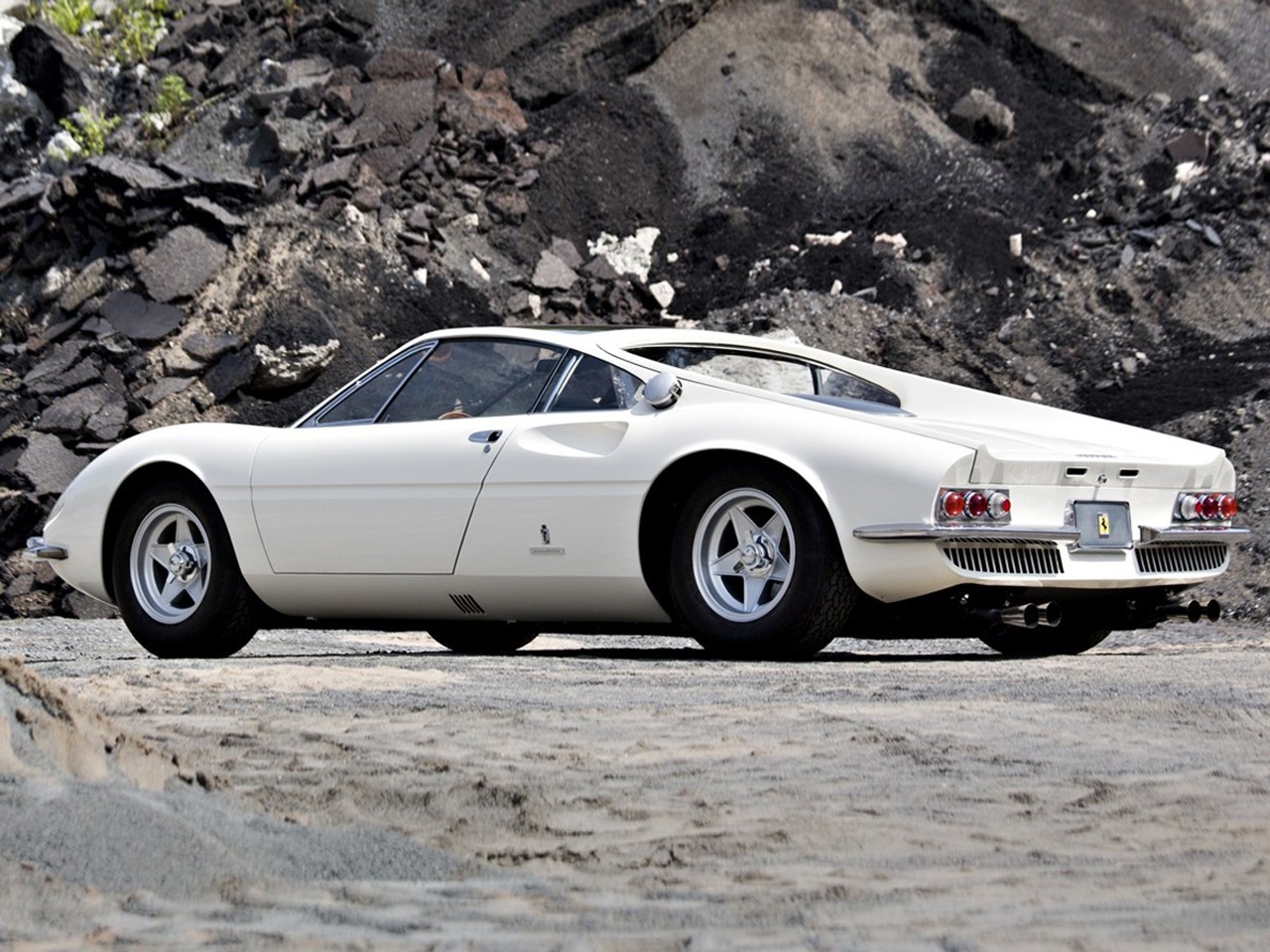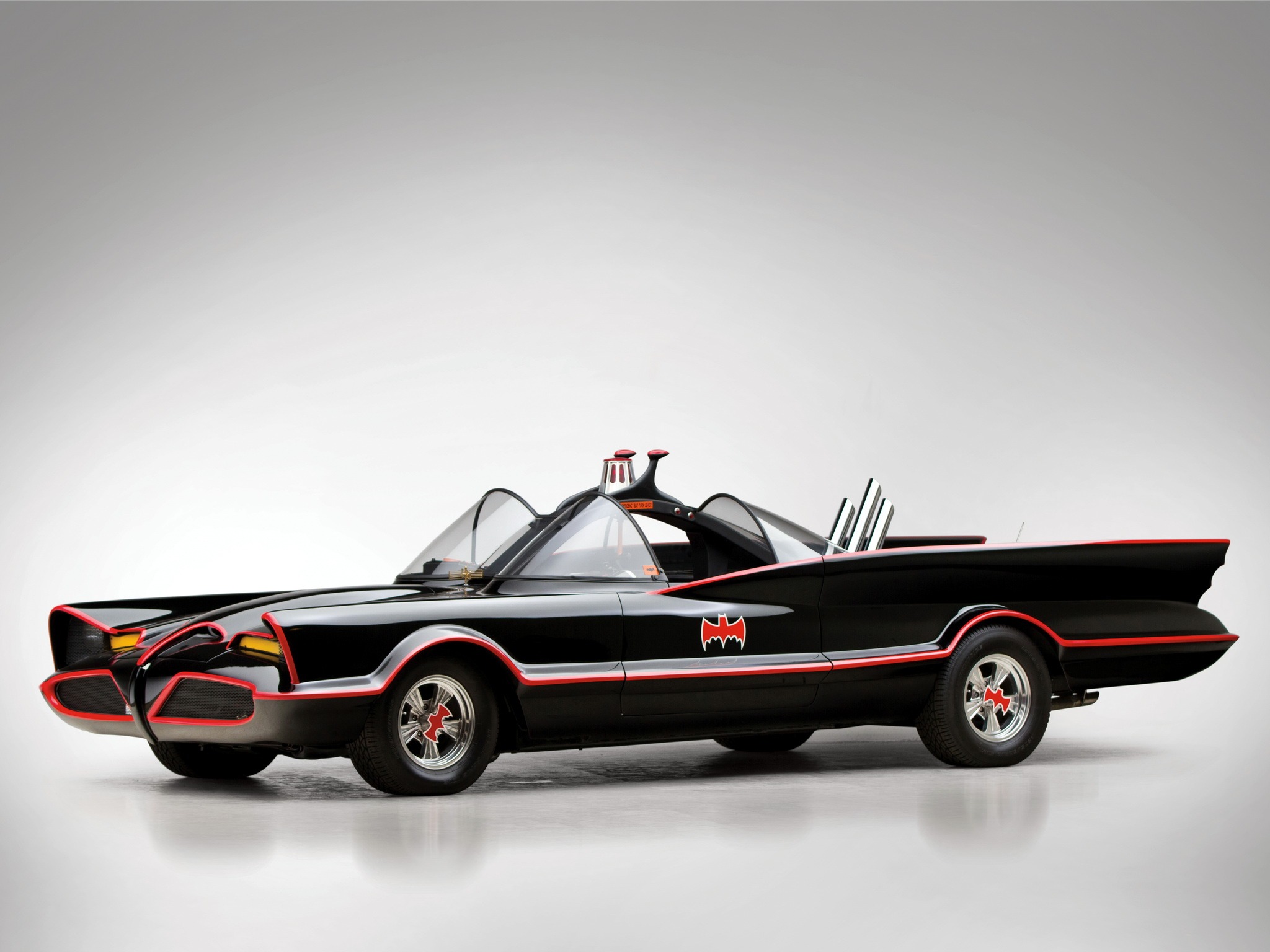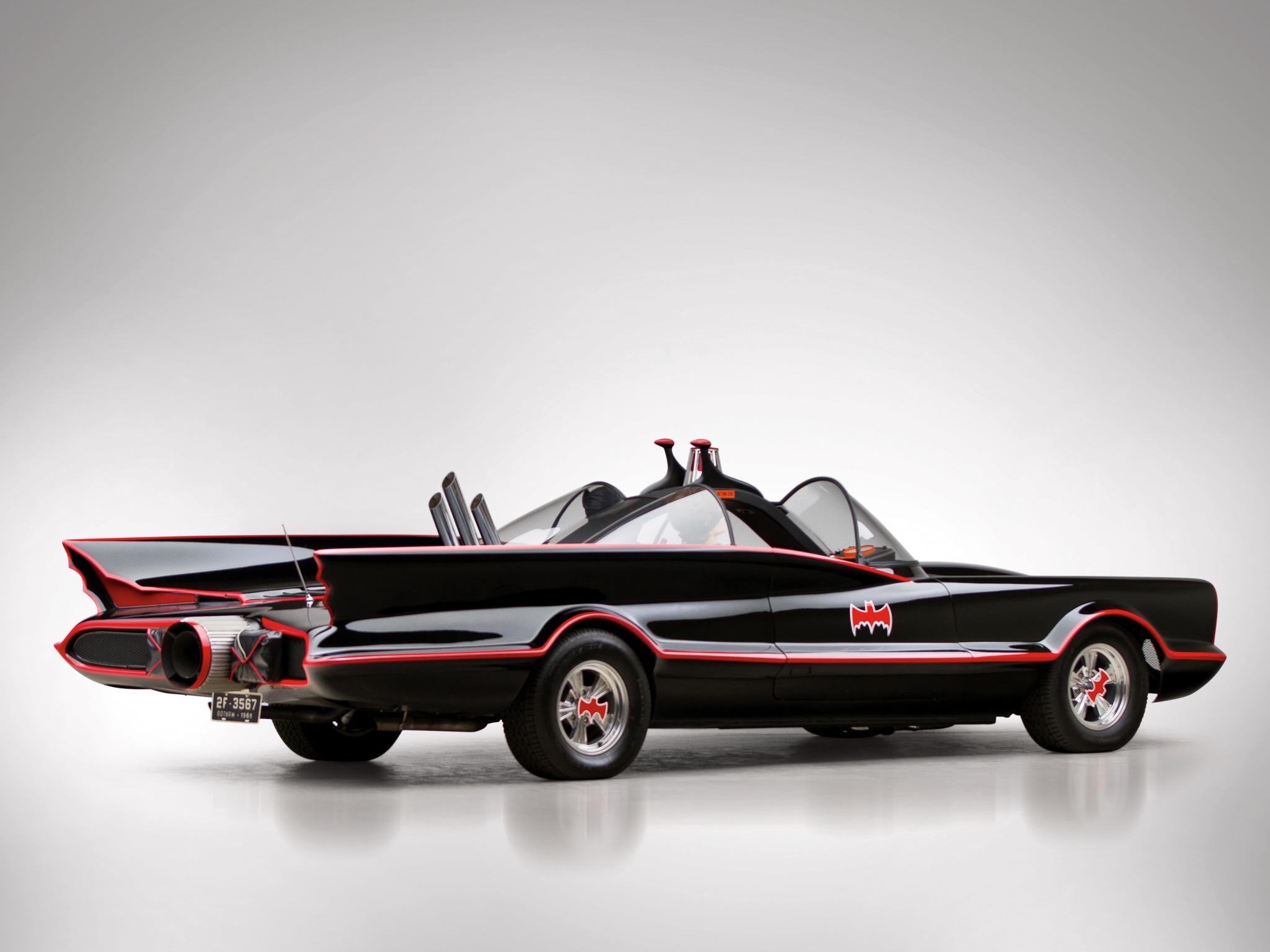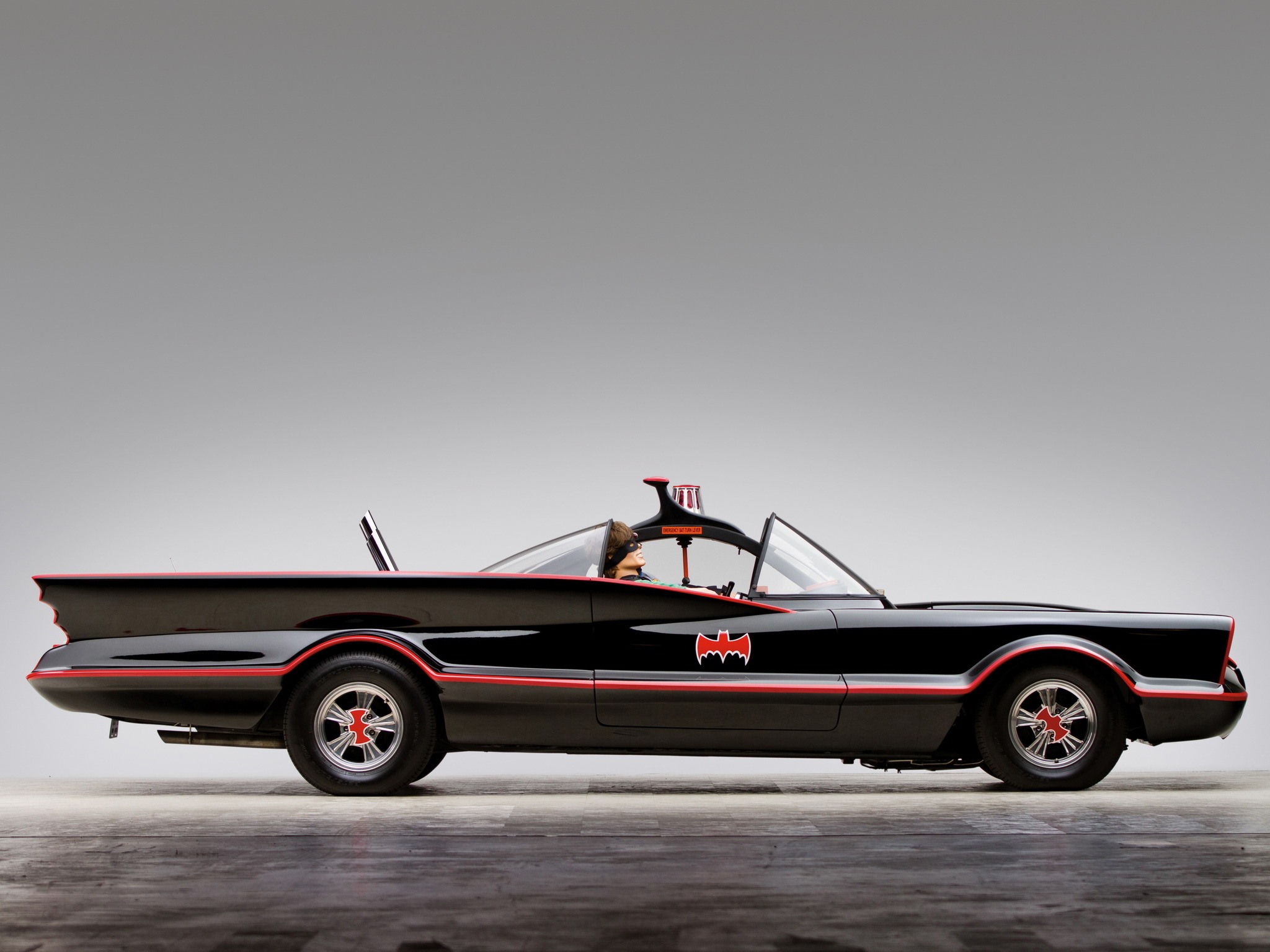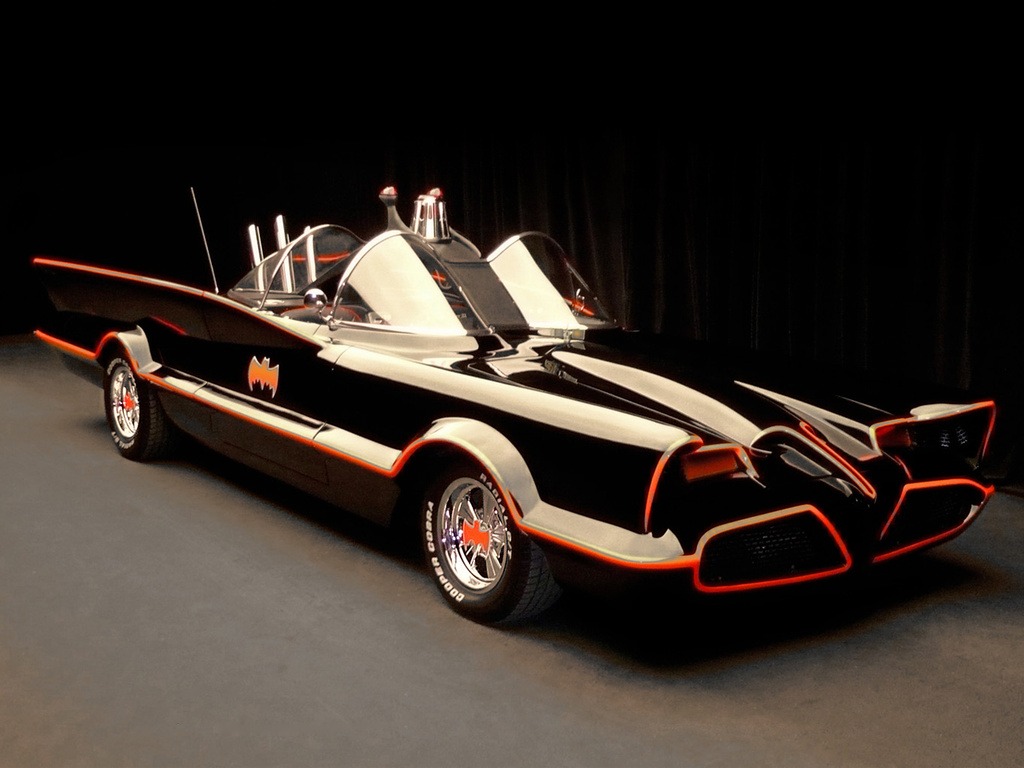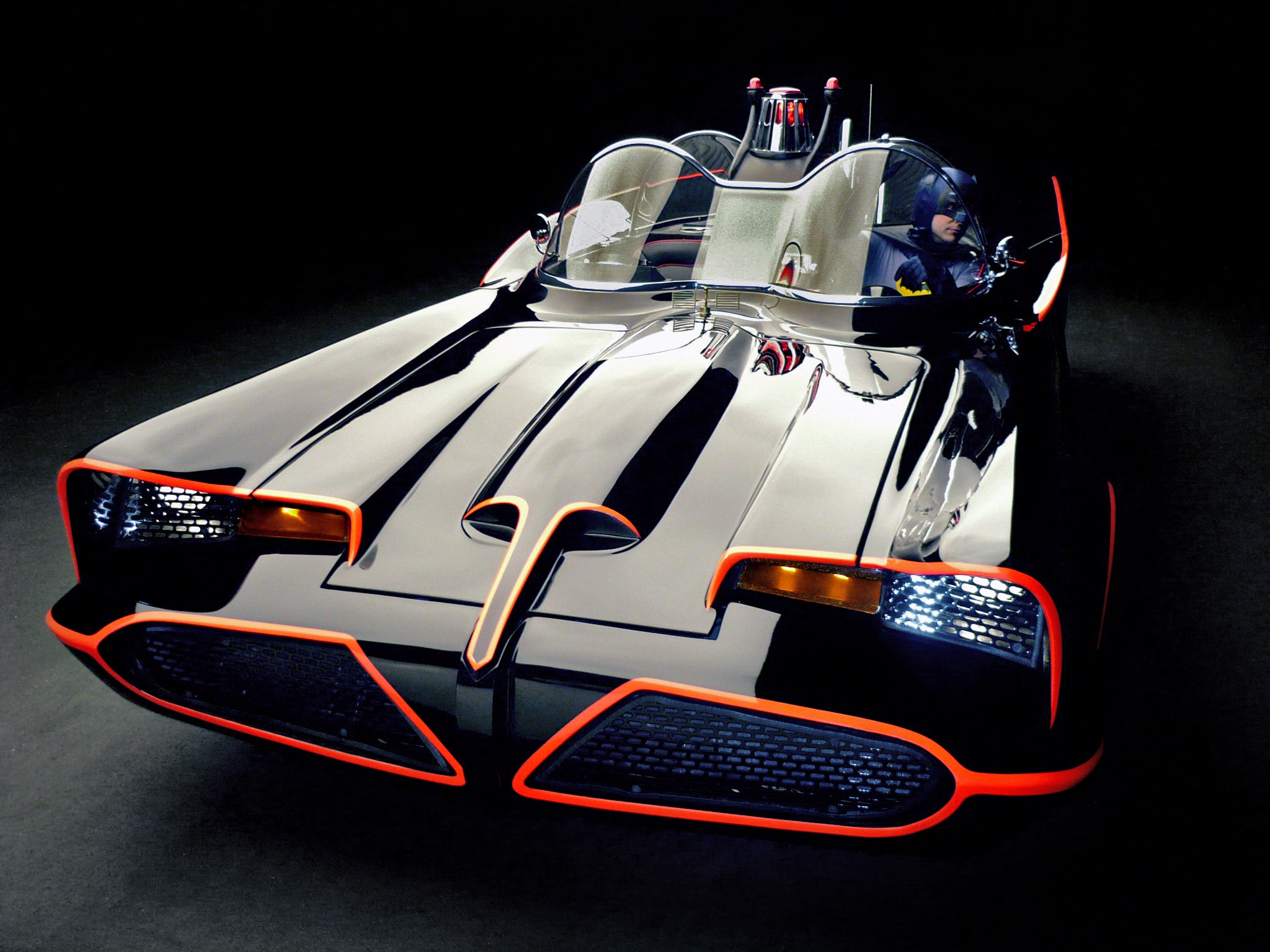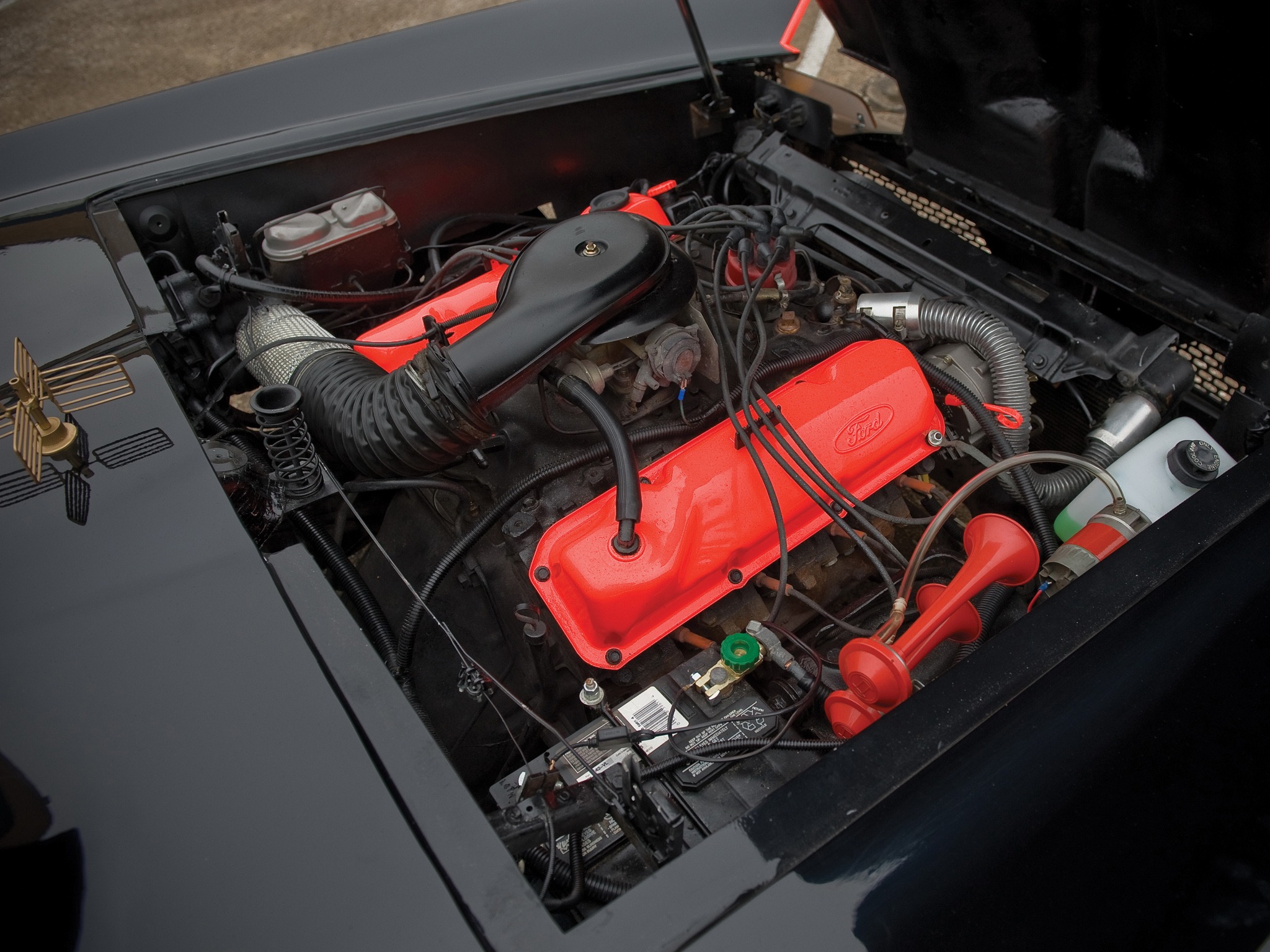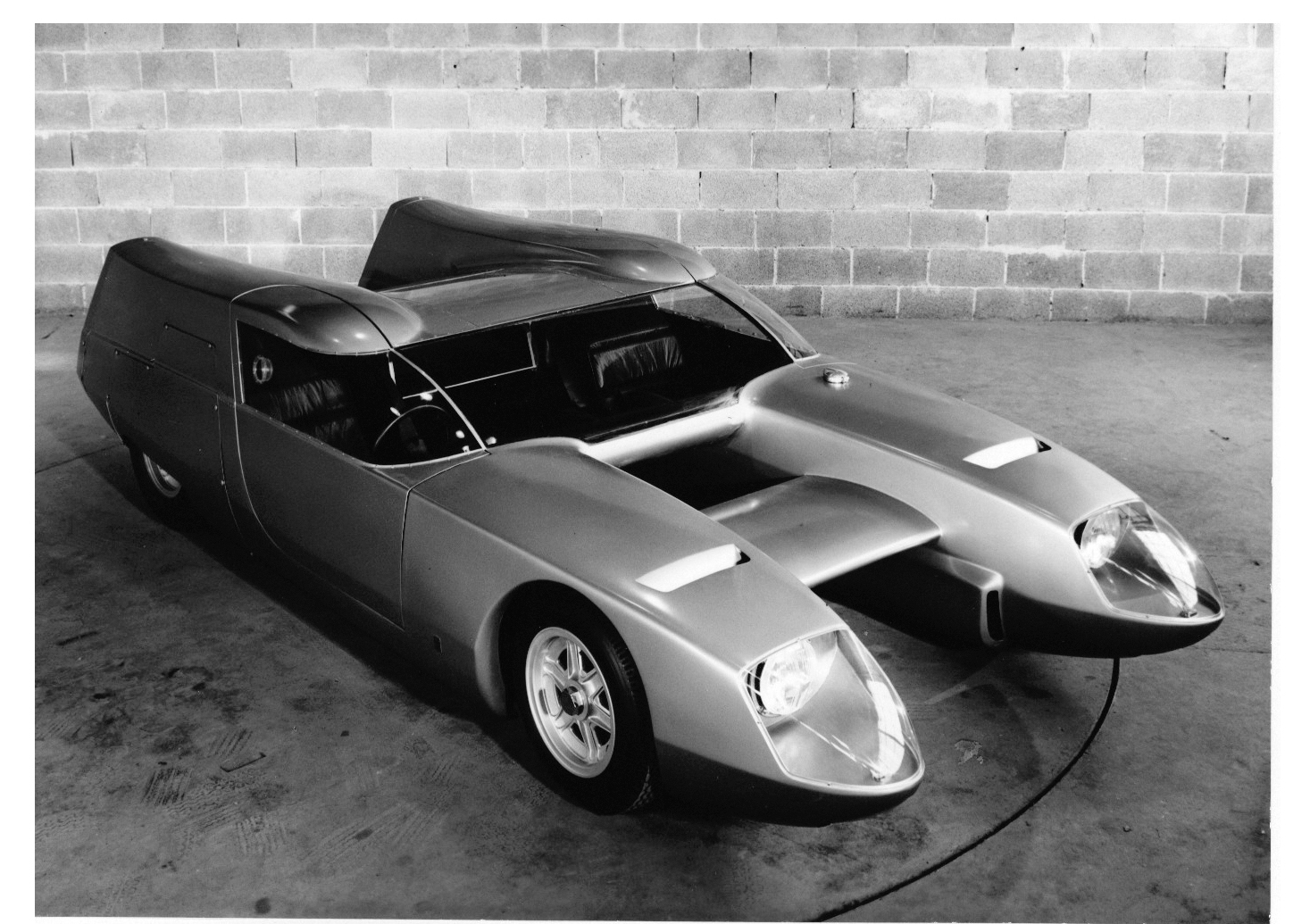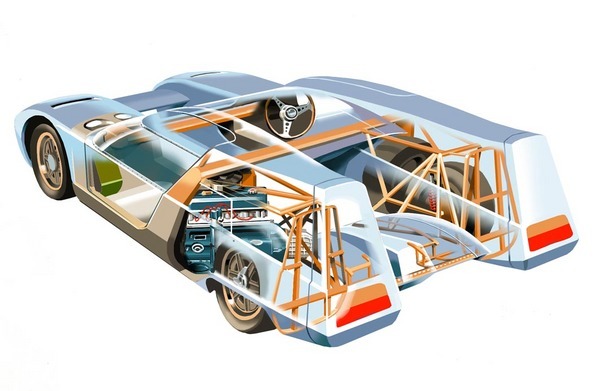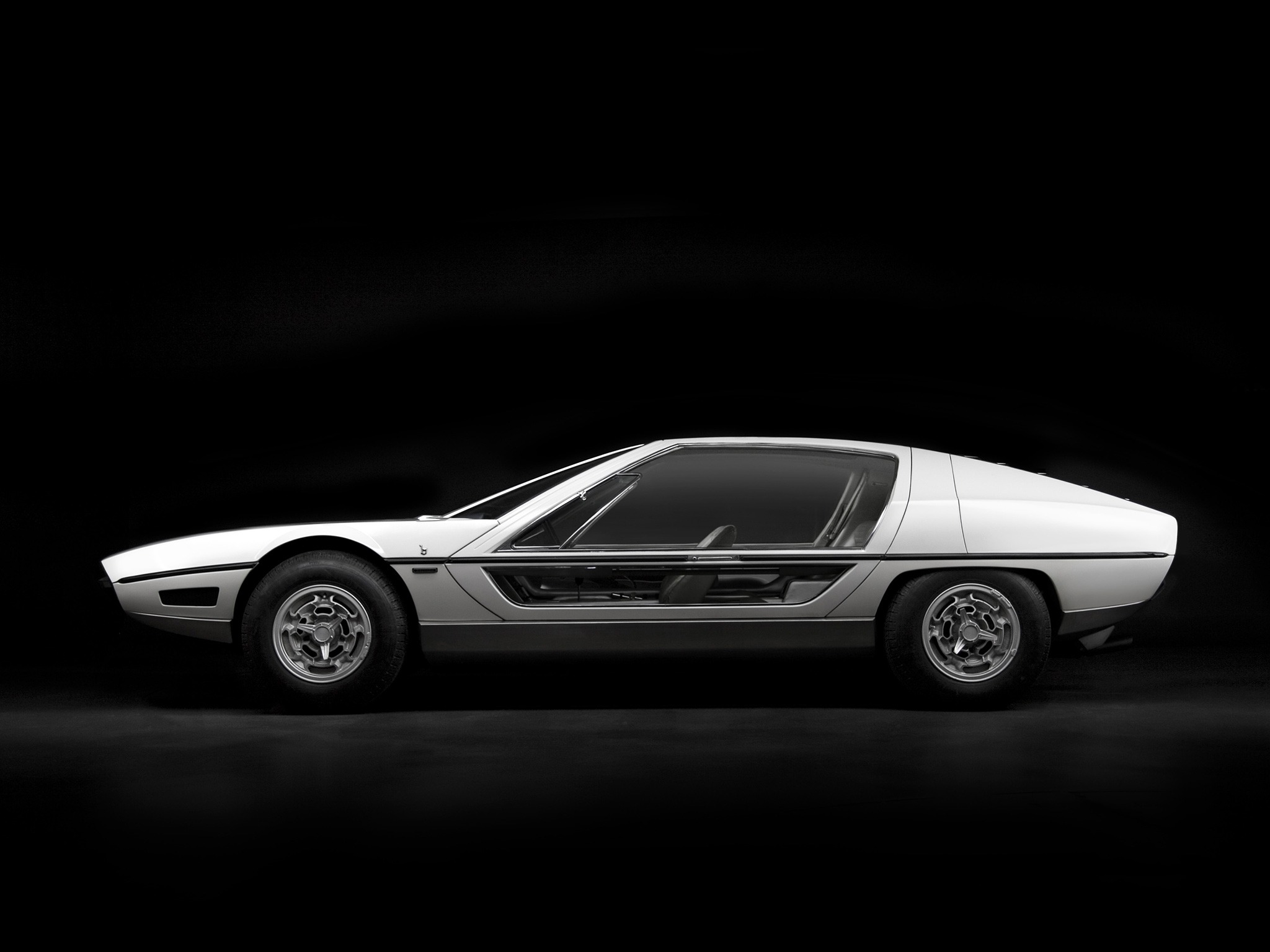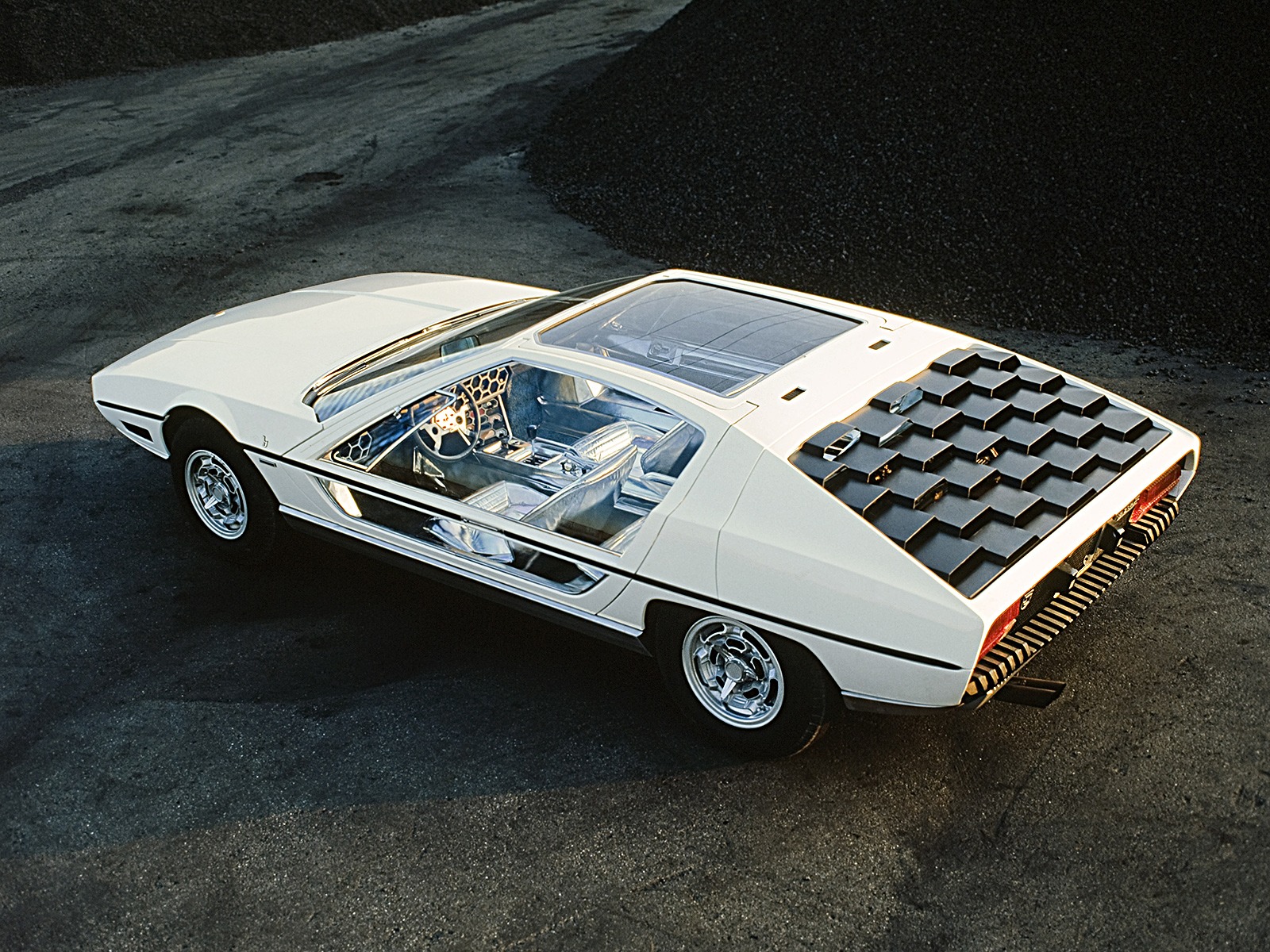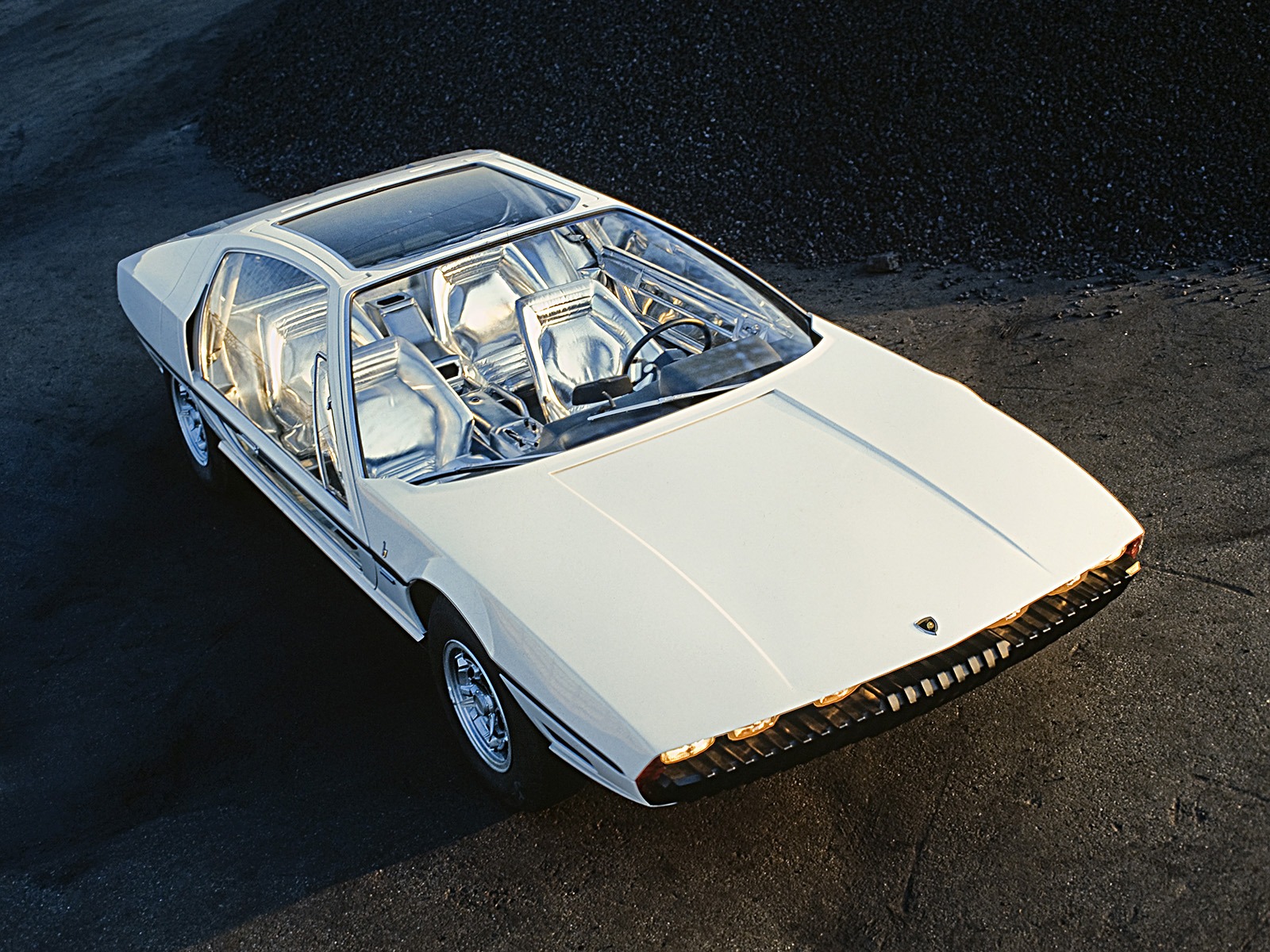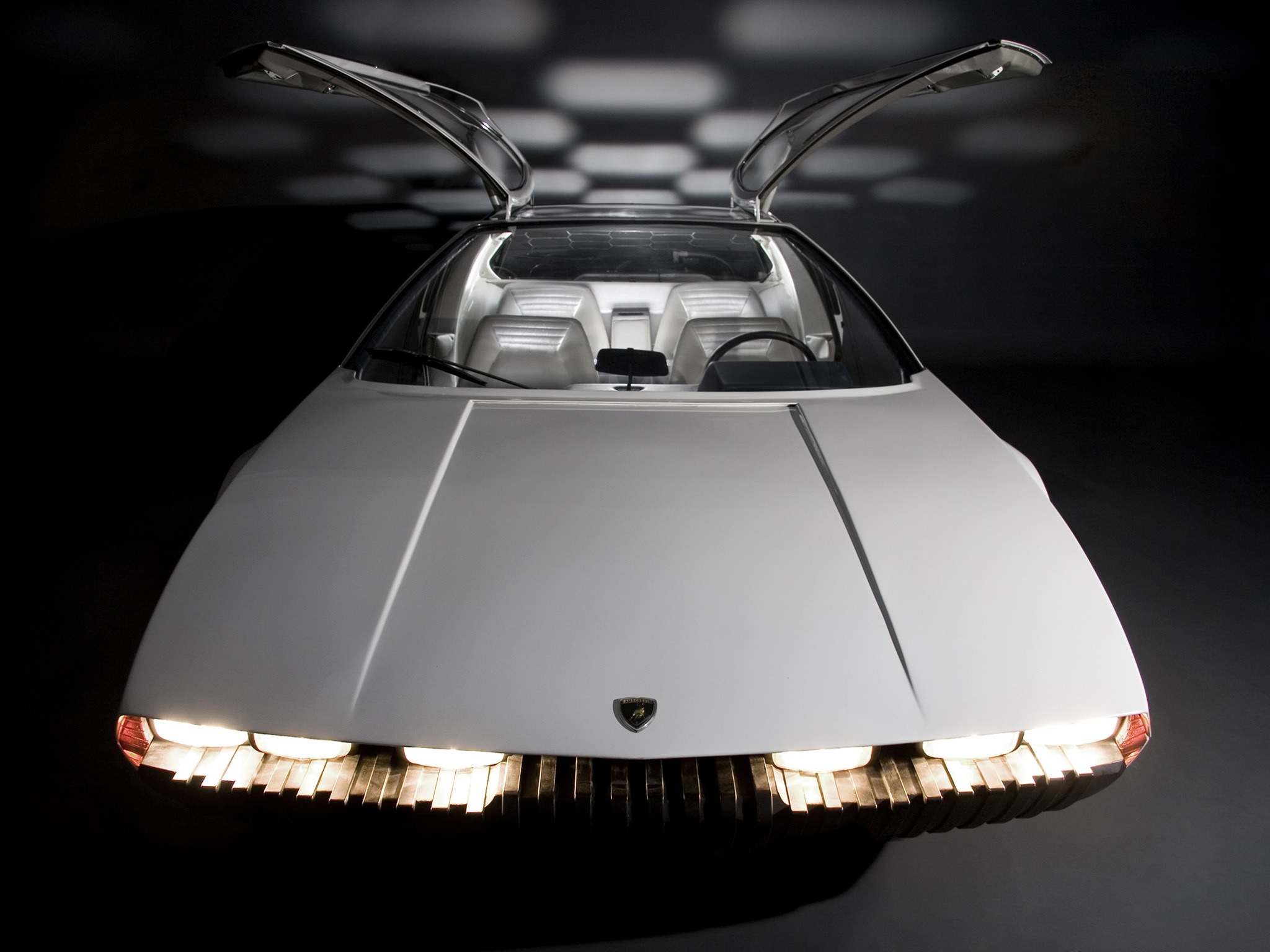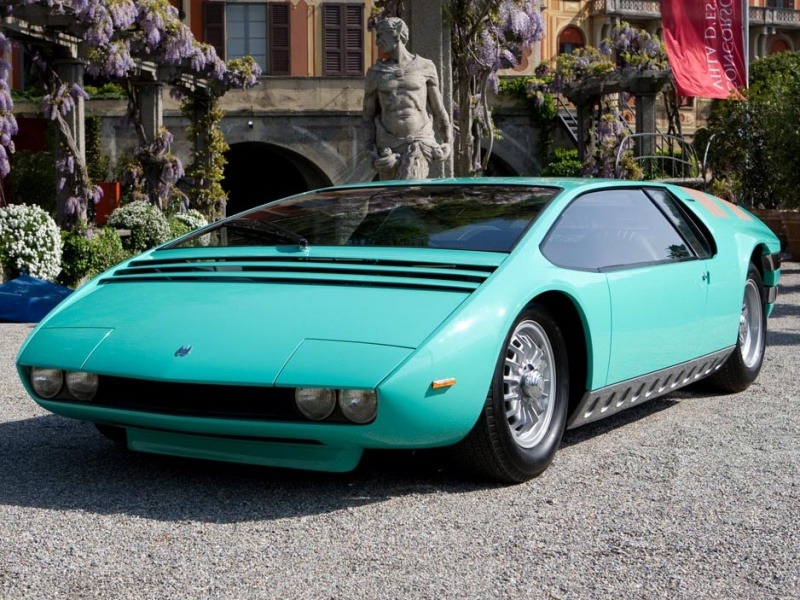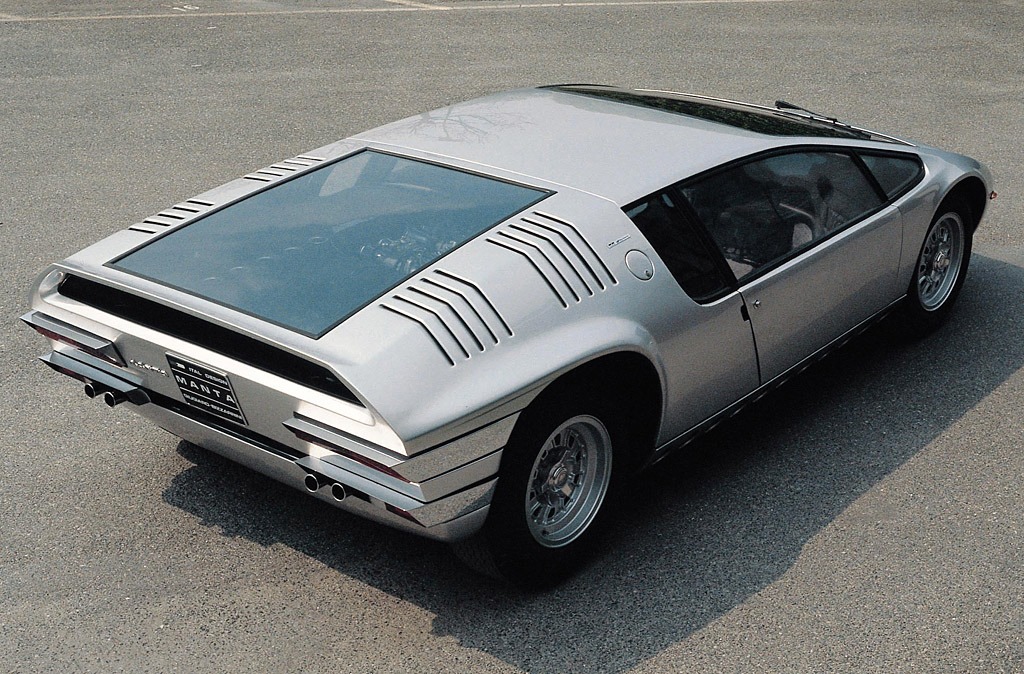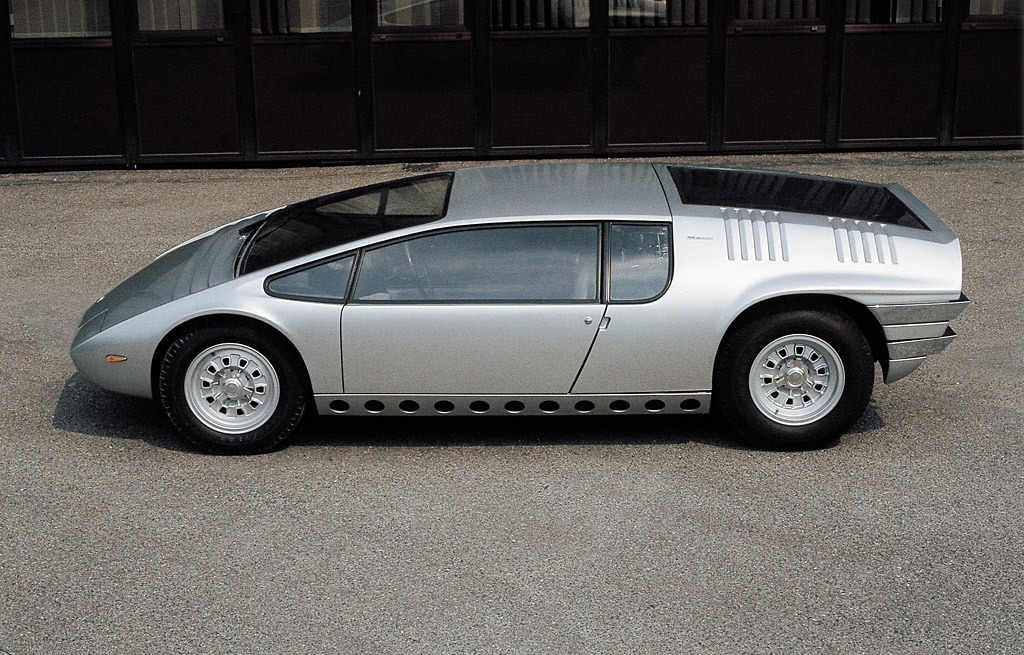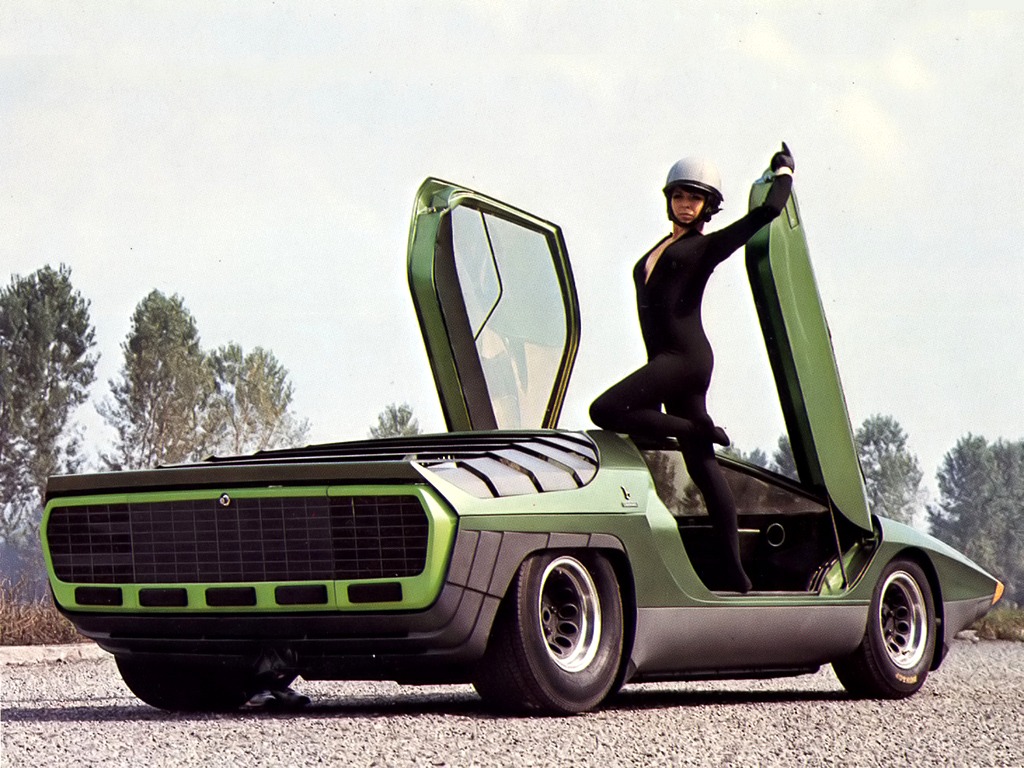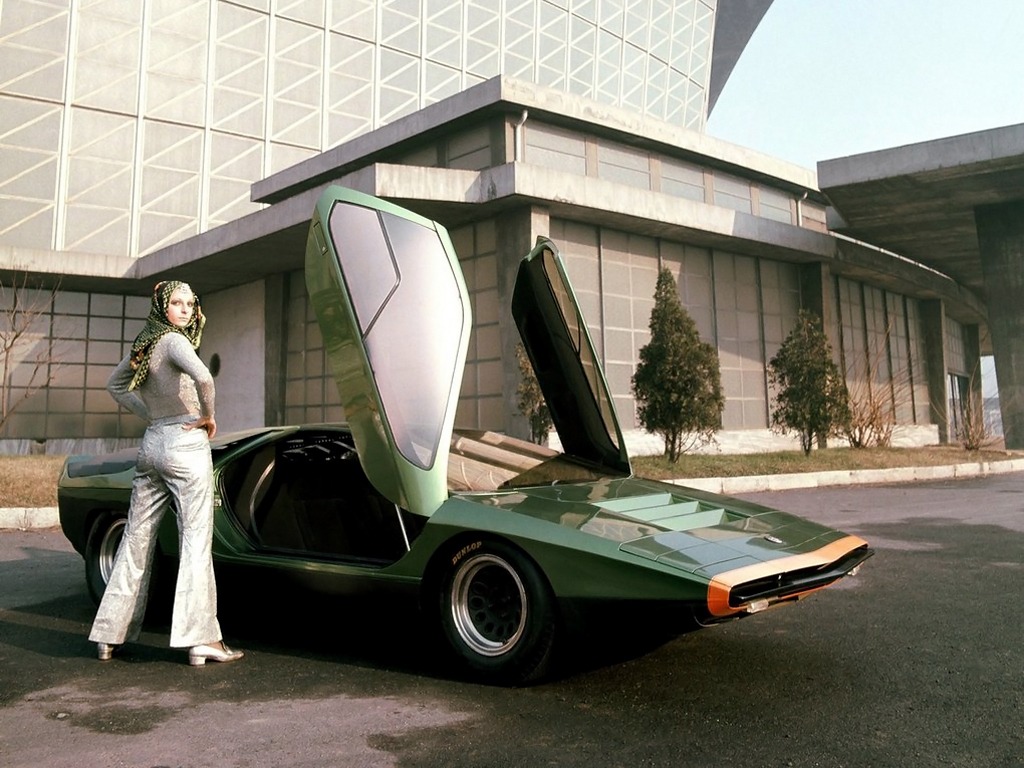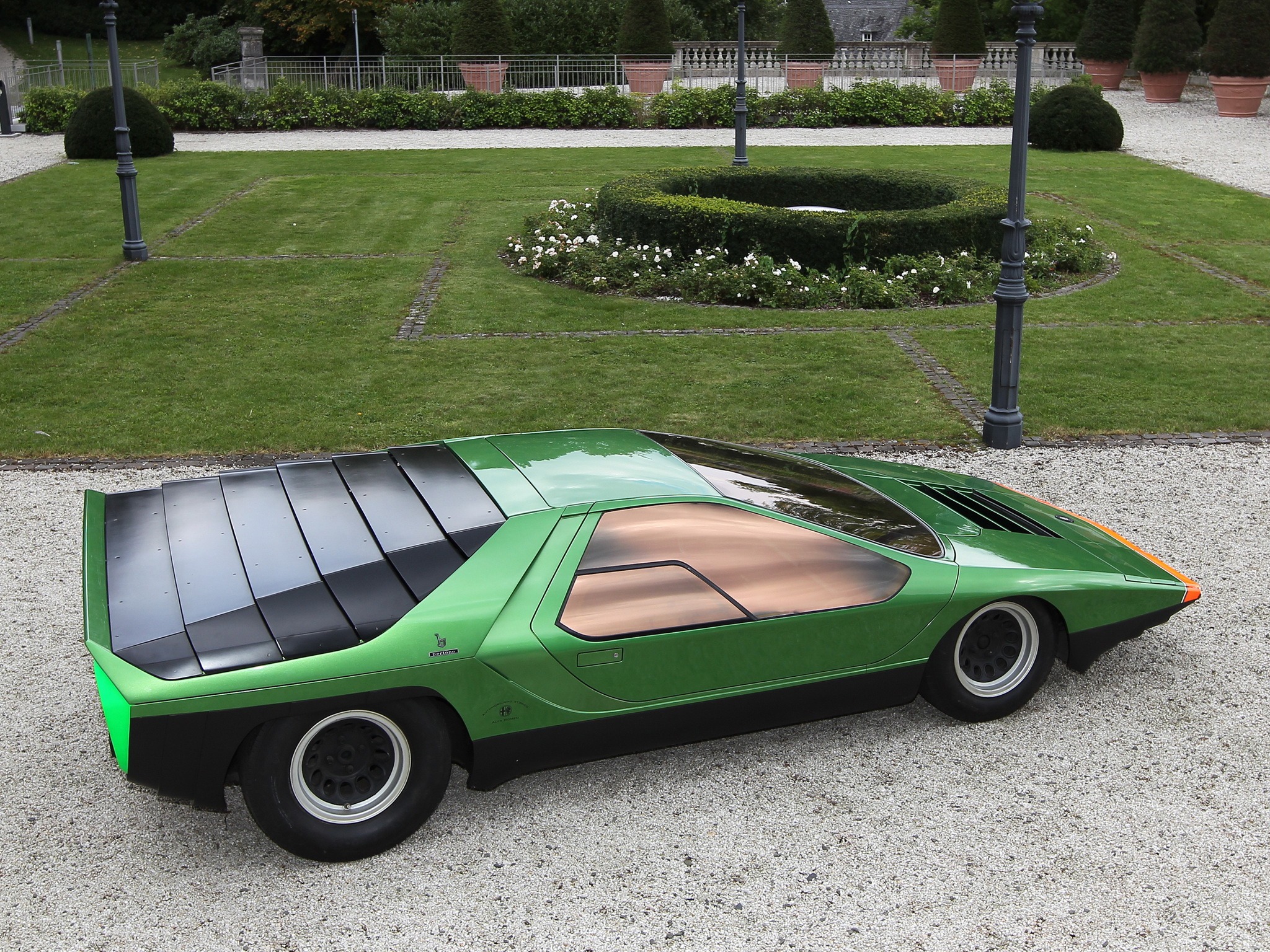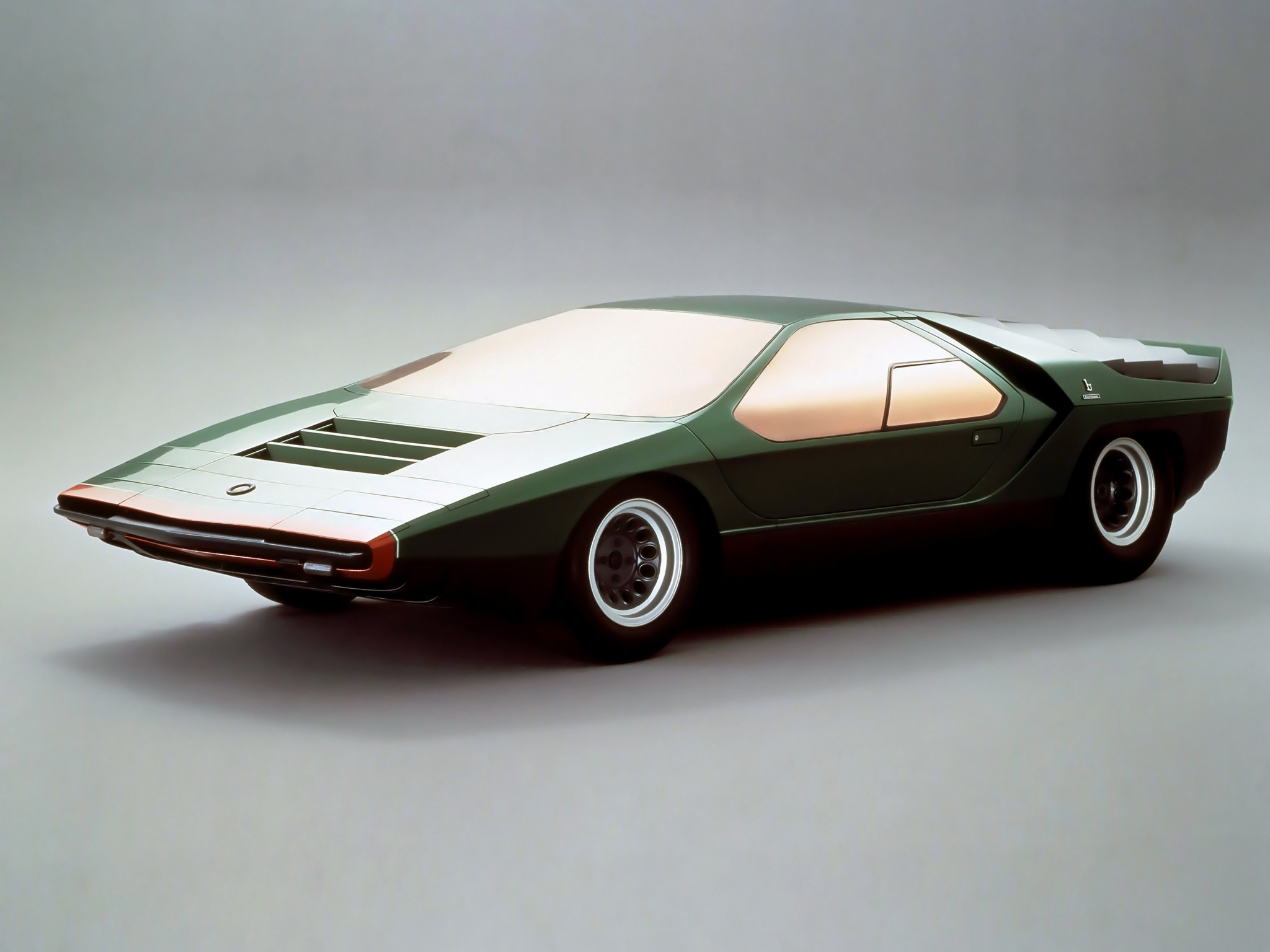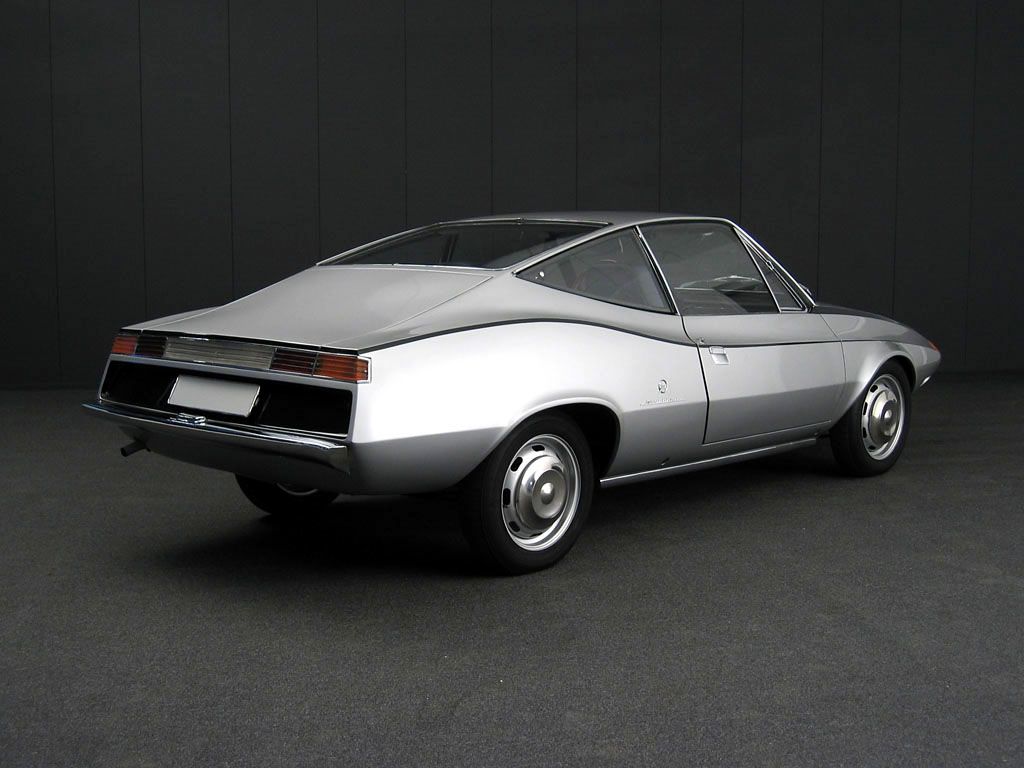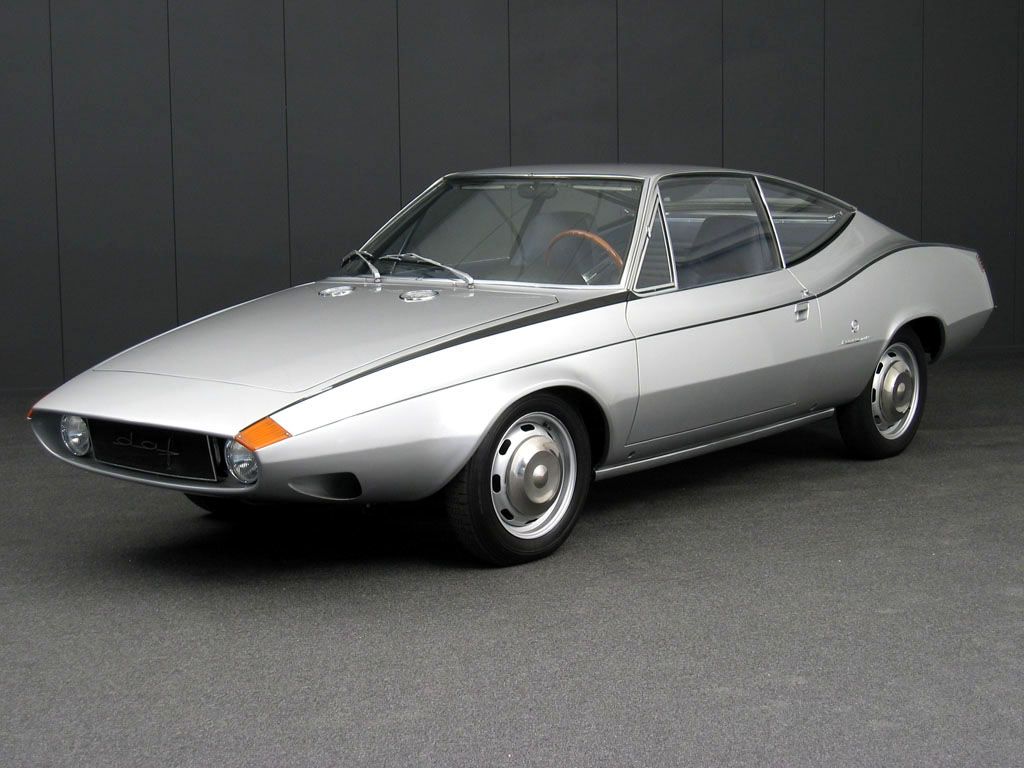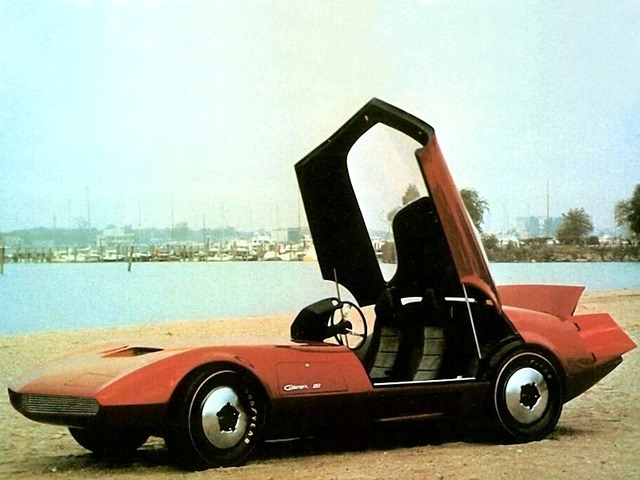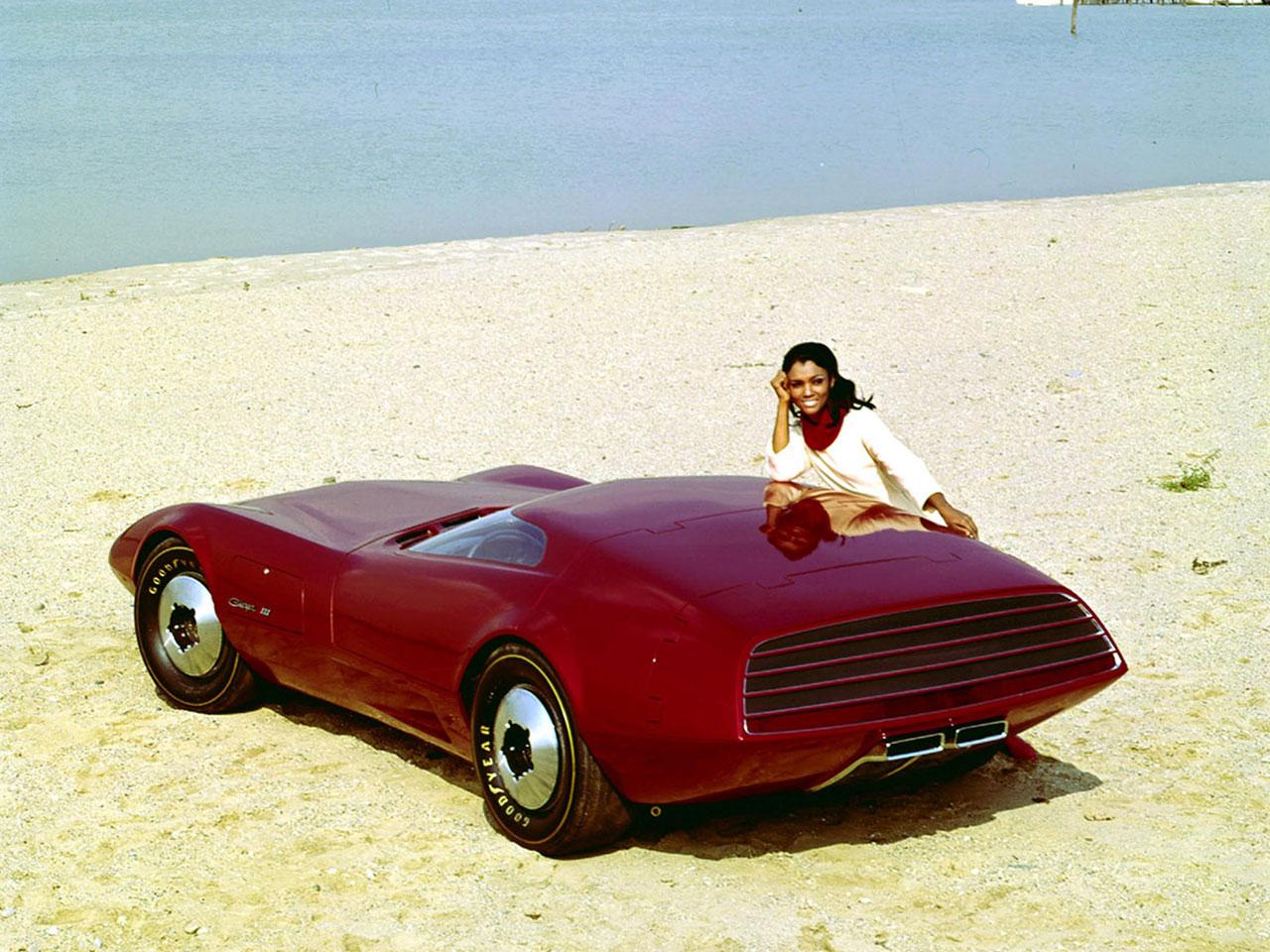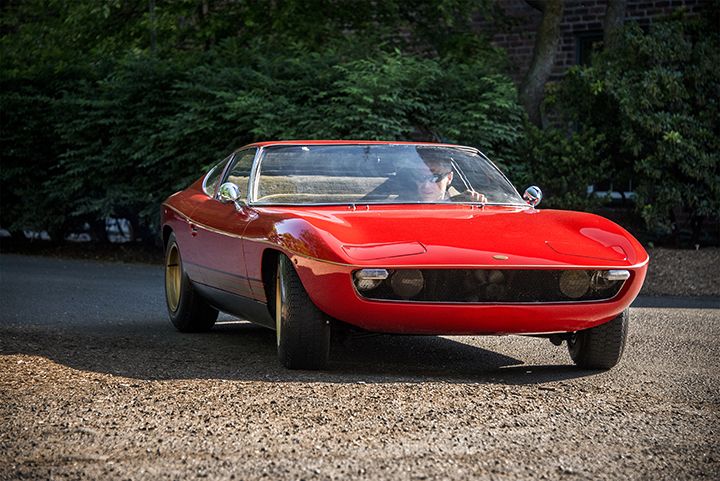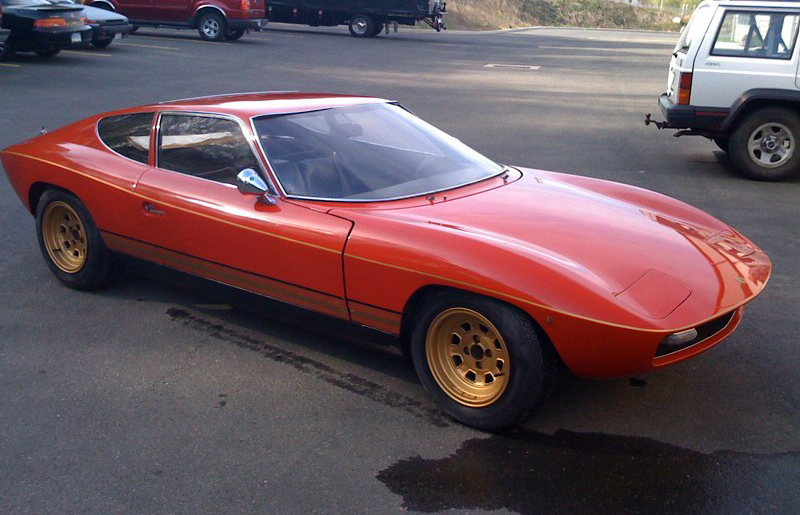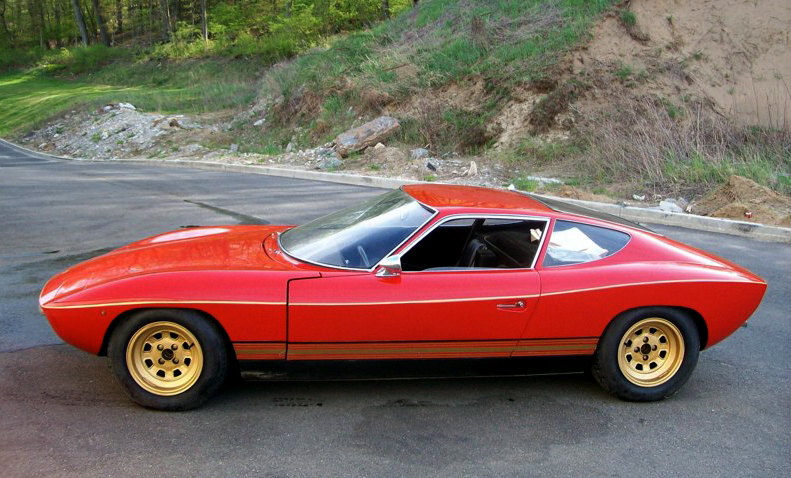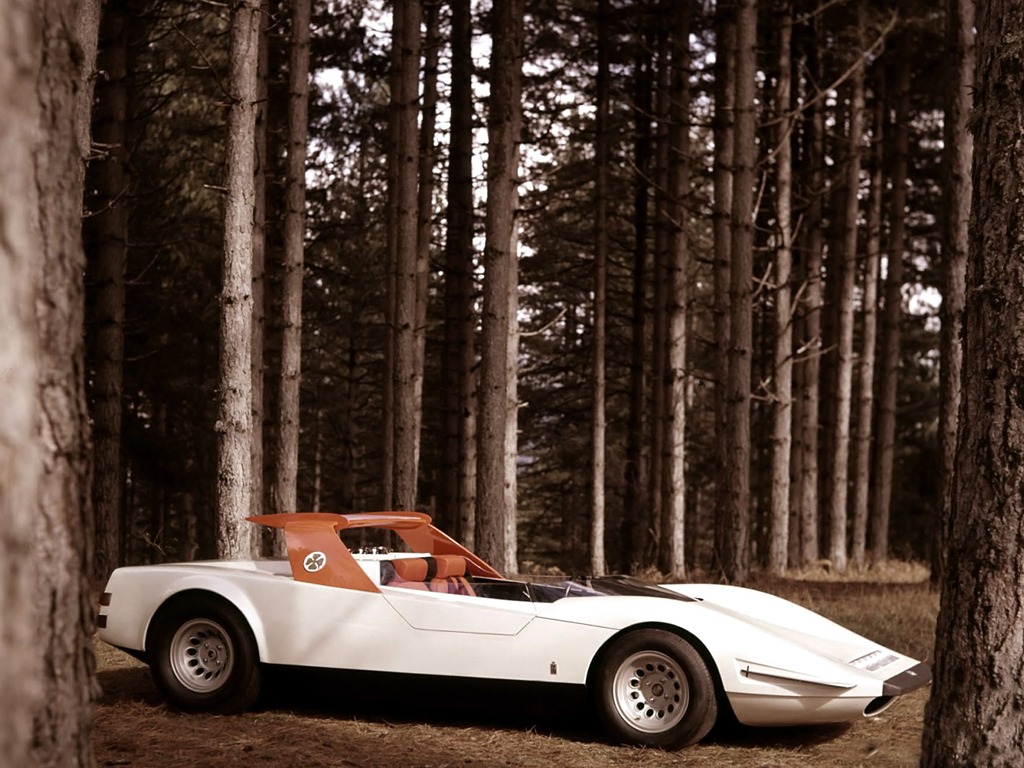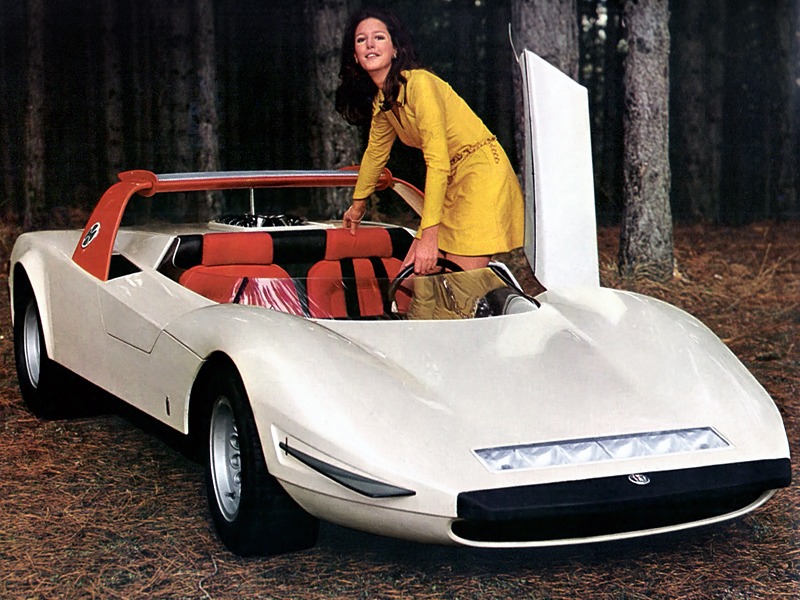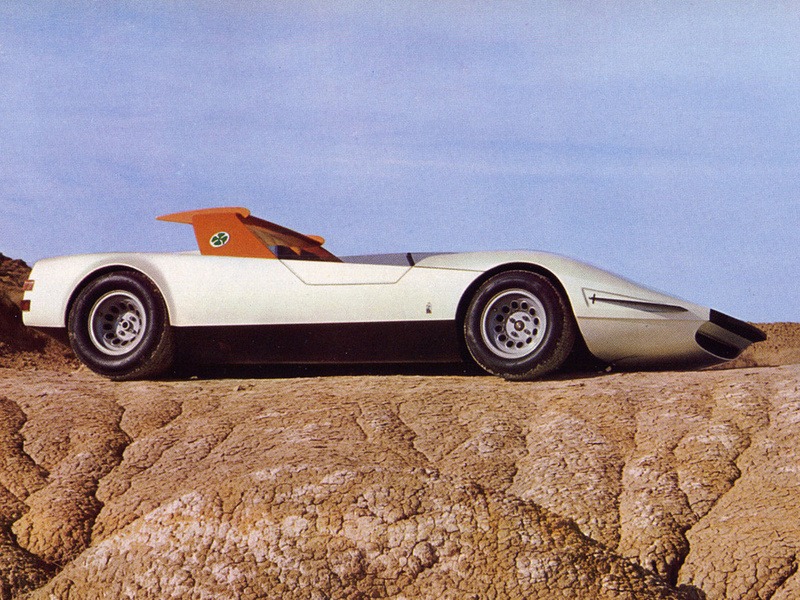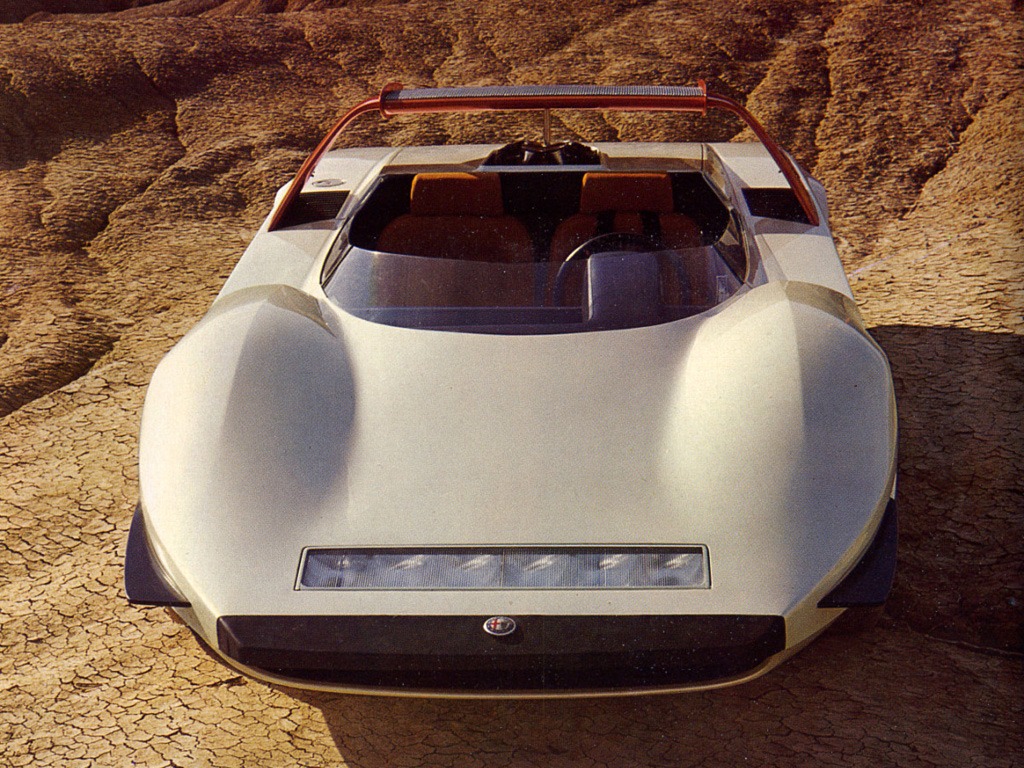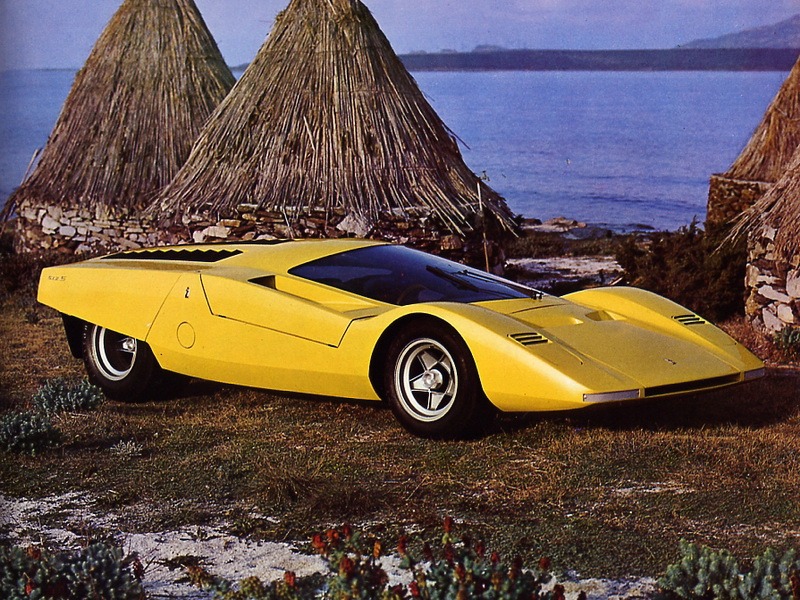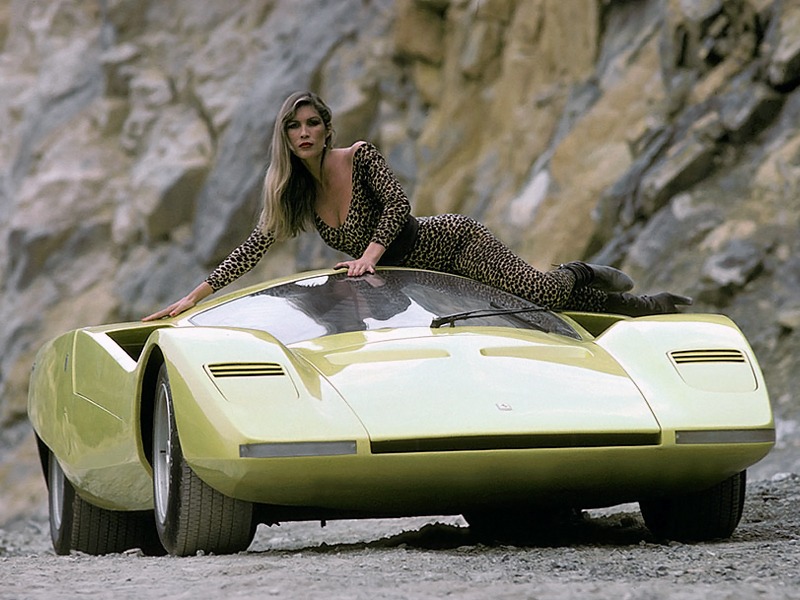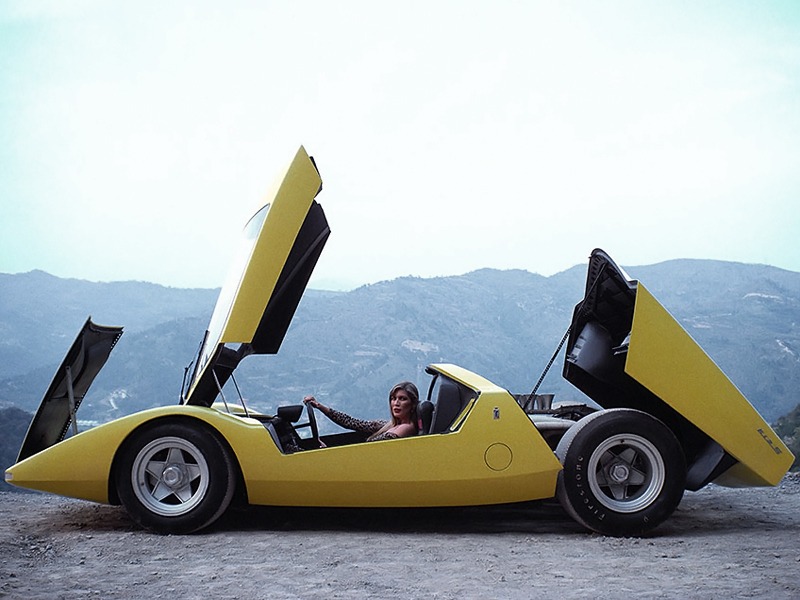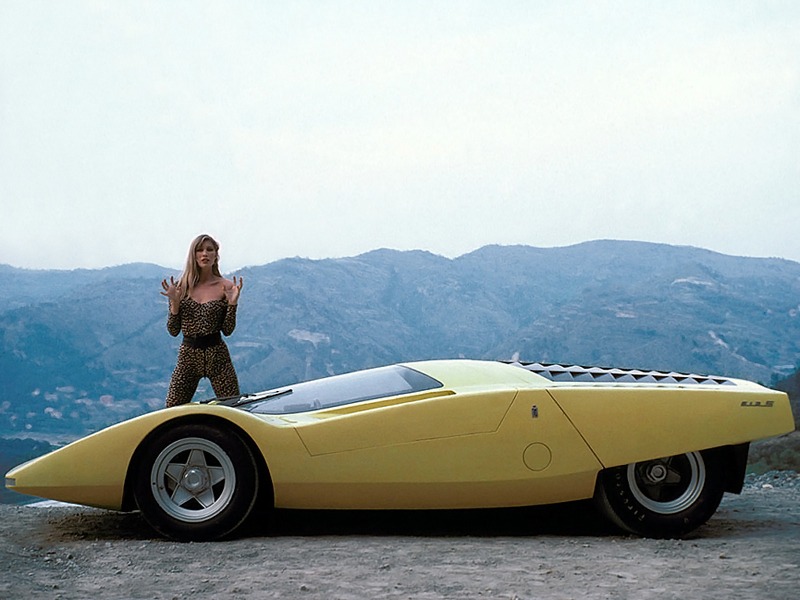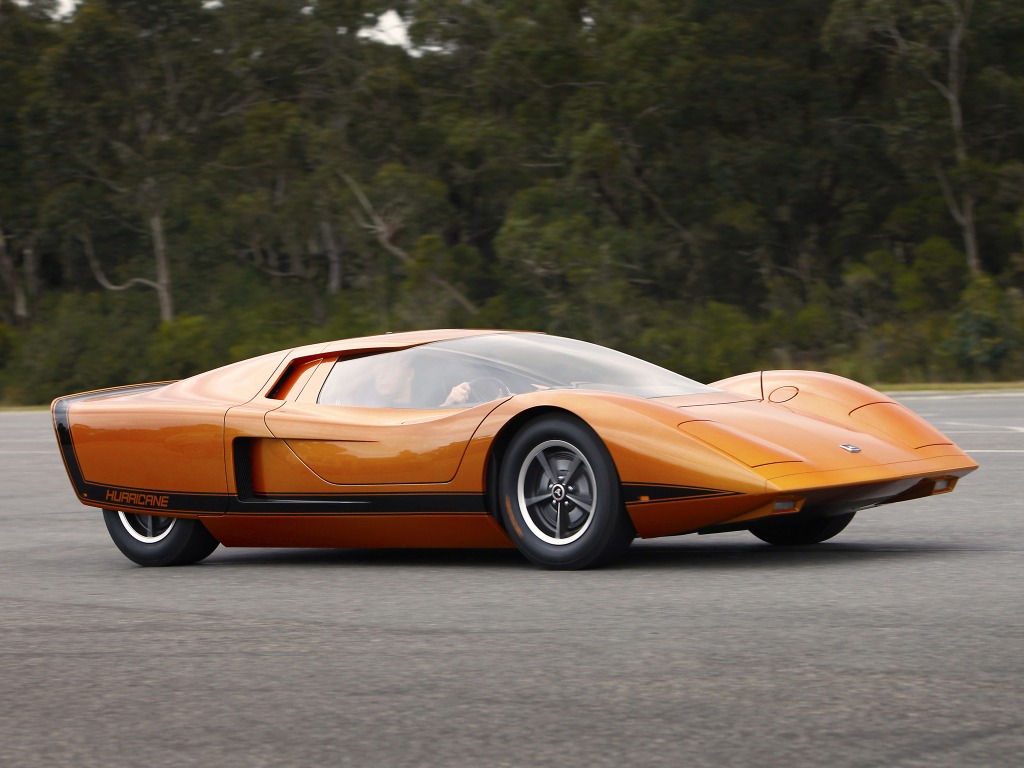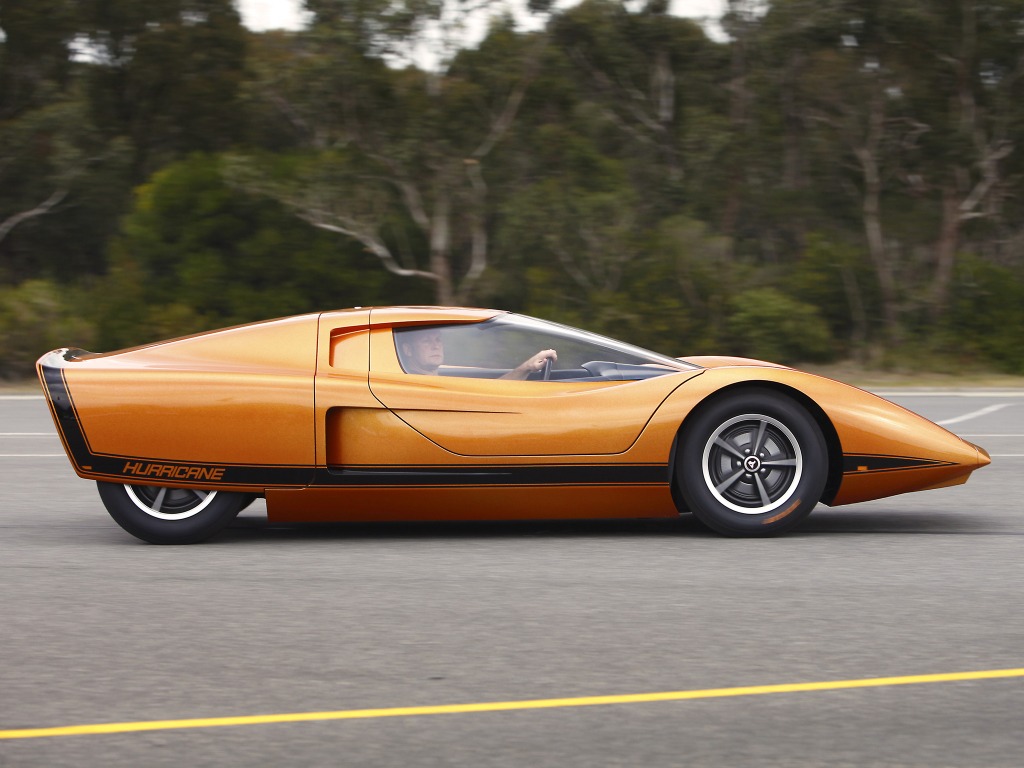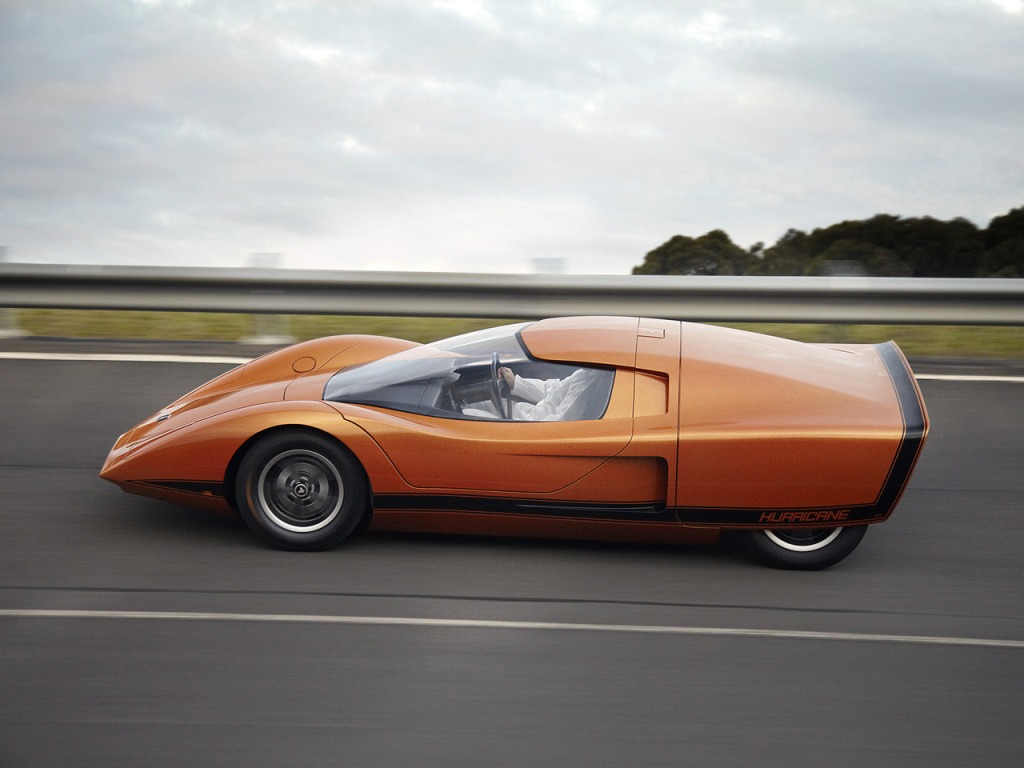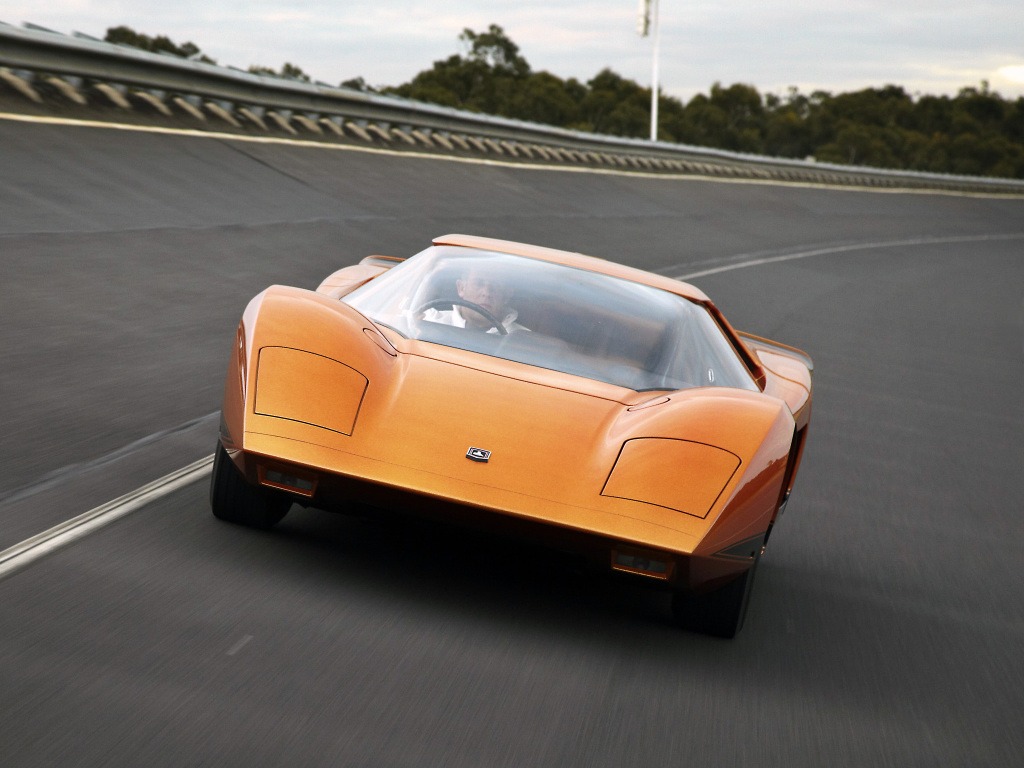Plymouth XNR Concept (1960)
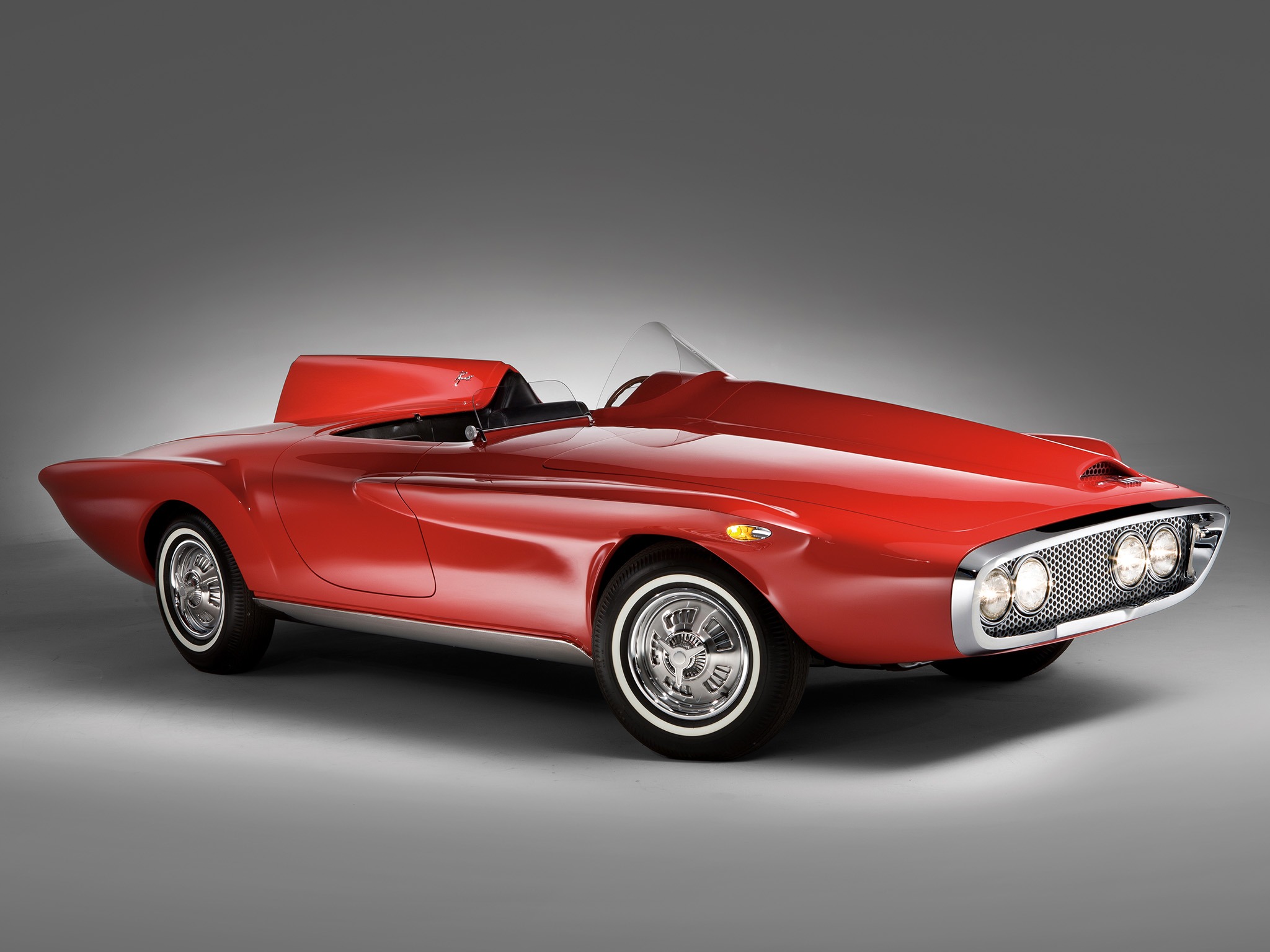
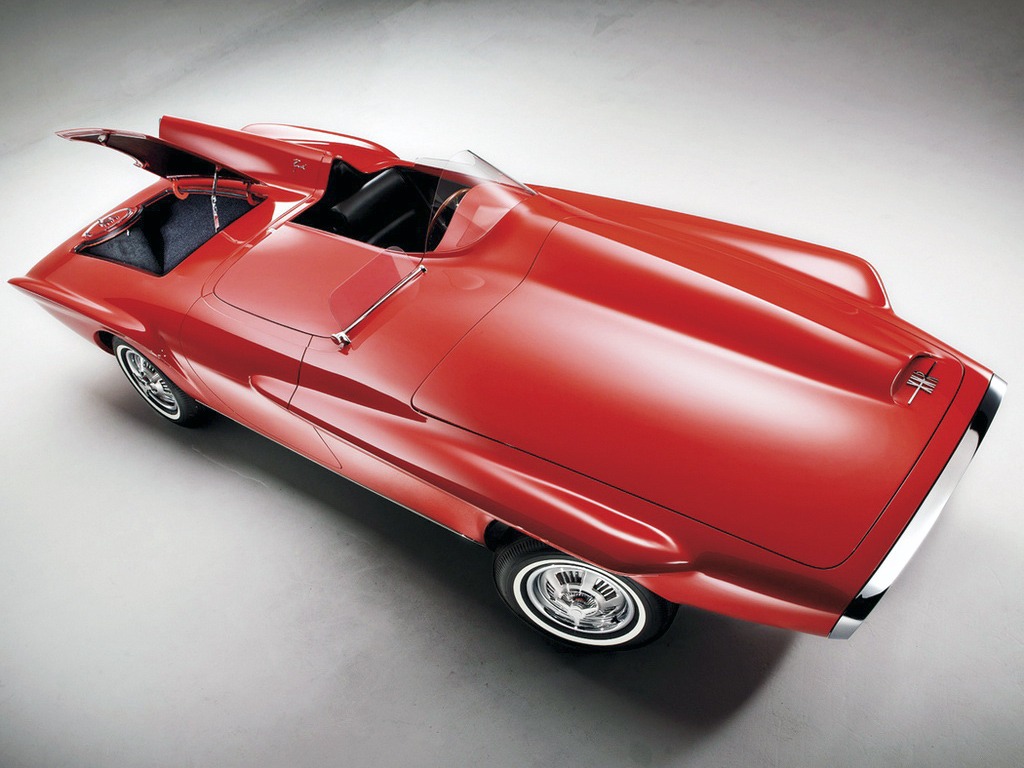
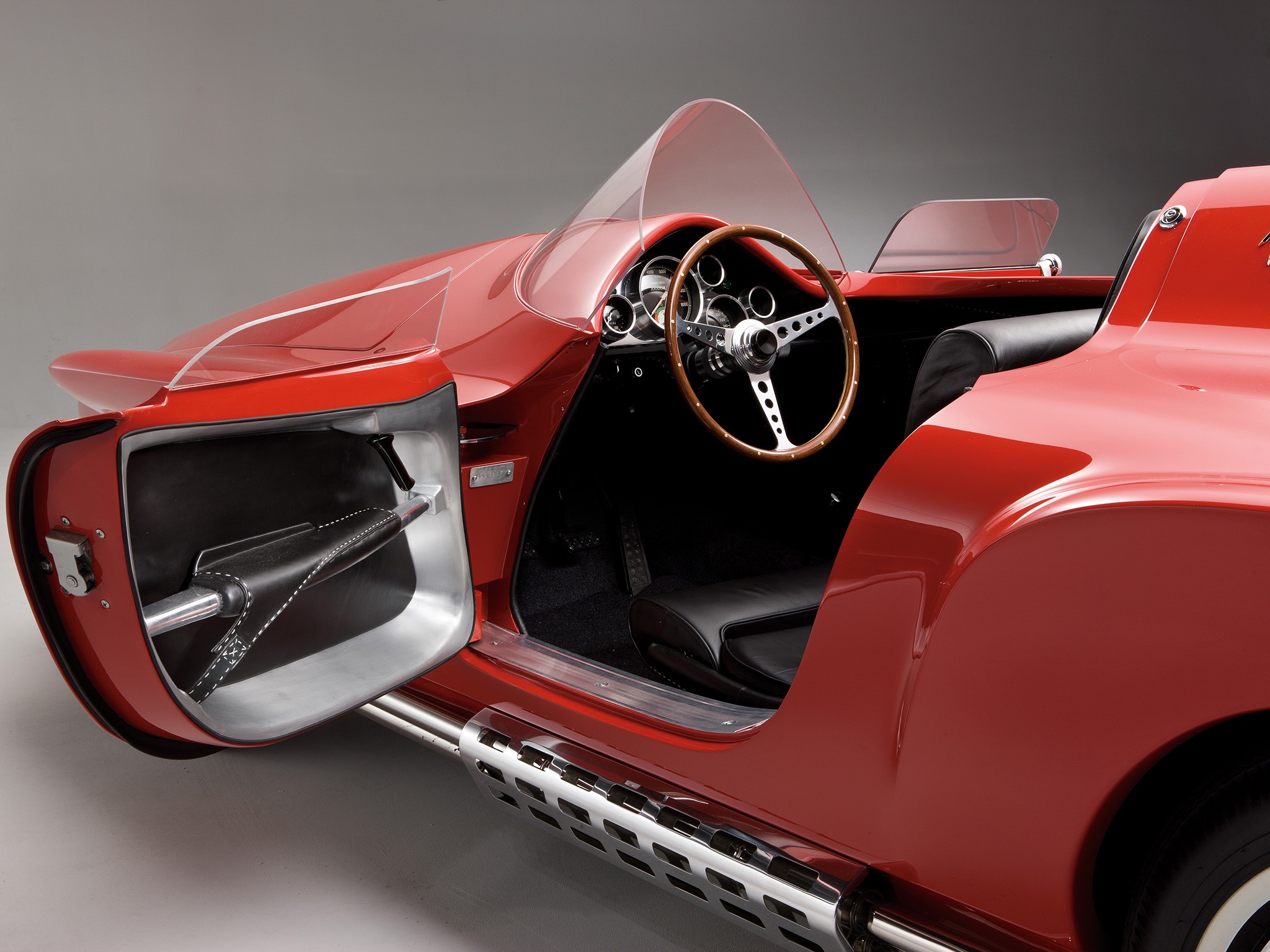
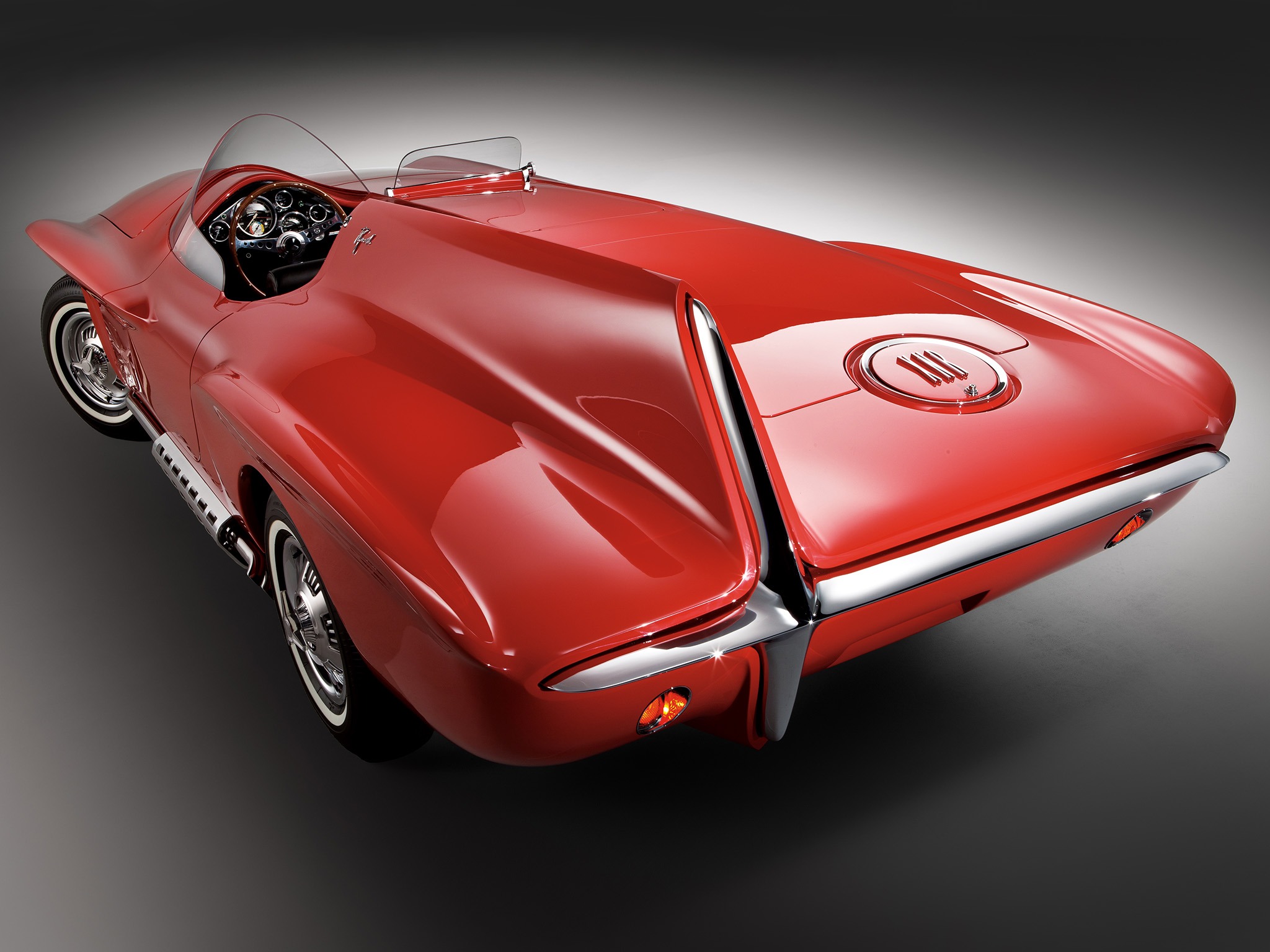
The Plymouth Asymmetrica, later renamed the XNR after its designer, was a concept car built and showcased in the 1960s. Plymouth’s first full-blown sports car, the XNR was conceived as a possible competitor for the Chevrolet Corvette and the Ford Falcon, but the show car never made it into production.
Unlike most concept cars from the era, which were kept by their respective automakers, the XNR was returned to its builder, Italian firm Ghia, and then sold to a privateer. The XNR changed hands a few times until the 1970s when it made to Lebanon, where it was found and hidden during the country’s civil war. The concept was sent to Canada in 2008, where it was restored until 2011. In 2012, it was auctioned for nearly $1 million.
It’s been almost 20 years since the Plymouth brand was discontinued and the XNR doesn’t get the attention it deserves. It’s why we decided to have a closer look at one of the company’s most underrated concept cars.
Ford Gyron Concept Car (1961)

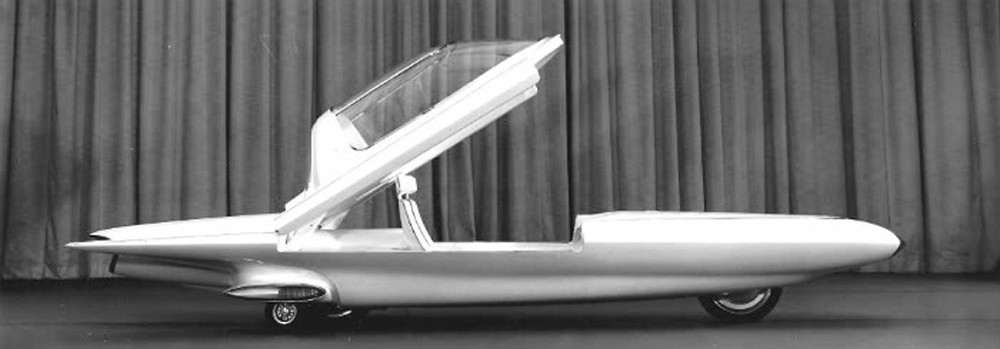
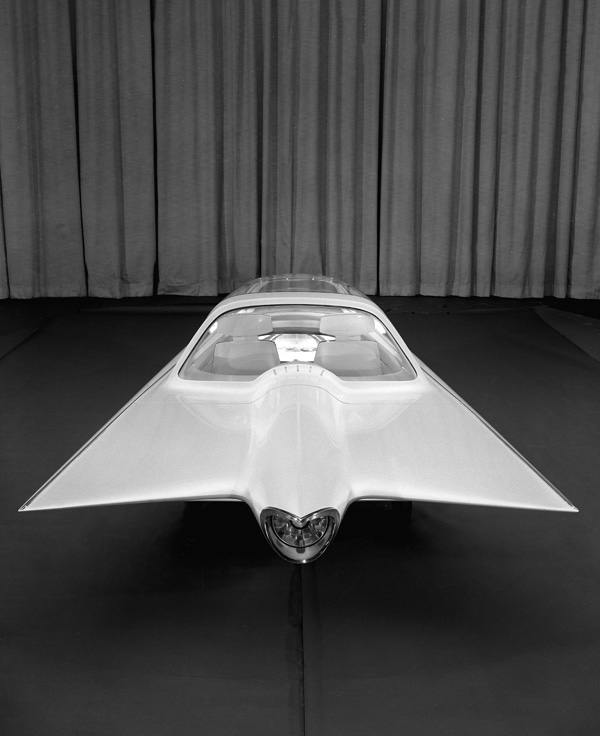
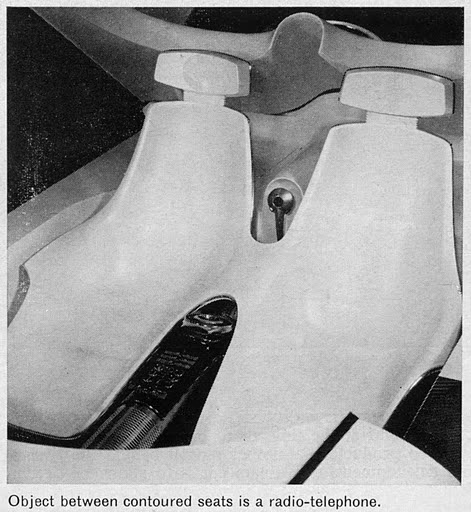
A gyroscopically controlled two-wheeled car called the Gyron. The two-wheeled Gyron, however, would shortly afterward consume much of Tremulis’s effort and time. As the Farrells wrote, Tremulis – whose chief and overwhelming concern was for aerodynamics – believed his design for a two-wheeled gyroscopically balanced car would represent the ultimate in automotive aerodynamics. “In short, Tremulis expected the Gyron to be a genuine breakthrough that would influence all future car design
Ford Seattle-Ite XXI Concept Car (1962)
Designed to be shown at the Seattle World’s Fair, and named after the host city. This unique styling dream car envisions four steerable front wheels and easily interchangeable power units.
Seattle-ite XXI would feature such advanced concepts as a travel programming computer, variable density glass, jalousie windows, and fingertip steering. The entire front of the car would “break away” from the passenger compartment in order to permit conversion from an economical power capsule of perhaps 60 h.p., to a high-speed, transcontinental unit in excess of 400 h.p. This concept could allow many styling treatments for the trailing vehicle that would house passengers in air-conditioned, noiseless comfort.
Ghia G230S Prototipo (1963)
After becoming successful at bodying both American and Italian cars, Ghia began production of their own cars. This G230S is one of the first cars to be completed entirely by Ghia, but they enlisted much help from the local area.
Ghia started with the Fiat 2300 S platform, but used entirely upgraded components. The chassis was far too basic, so Ghia turned to Gilco who had designed and built Ferrari chassis. At Gilco, engineer Gioacchino Colombo designed a tubular space frame which followed his masterful Maserati Birdcage concept.
Lamborghini 350 GTV (1963)
The Lamborghini legacy started in 1963 with this car, the 350 GTV prototype. It made its debut at the ’63 Turin Auto Show and was built in Ferruccio Lamborghini’s tractor factory when the man became frustrated with his Ferrari and decided he’d be better off building his own car. Its semi-fastback body was somewhat controversial and attracted plenty of attention. It was conceived of by Franco Scaglione and built by Carrozzeria Sargiotto in Turin. It was powered by a 3.5-liter dry sump racing-specific V12 designed by Giotto Bizzarrini. The 350 GTV had 342 horsepower with 240 lb-ft of torque.
Porsche 904/6 Carrera GTS Prototype (1963)
For the factory works effort Porsche began fitting their 6-cylinder engine into the 904 chassis. 12 of these cars were so equipped and used a chassis number of 906-0xx.
Dodge Charger Roadster Concept Car (1964)
Pontiac Banshee Concept Car (1964)
The 1964 XP-883 Pontiac Banshee I Concept was John DeLorean’s pet project and he wanted it in production. Two functional cars were designed by DeLorean’s design team and produced by an outside coachbuilder.
One was a two-passenger fiberglass coupe powered with a straight six-cylinder, overhead cam engine mated to a four-speed automatic transmission. It was painted Metallic Silver with a red interior and weighed approximately 2,200 pounds. The other vehicle was a pearlescent white, two-passenger roadster powered with a 326 C.I.D. V8 engine.
The third generation Corvette was already on the drawing boards at this time, and the Banshee borrowed styling cues from that car. A couple of things that distinguished the Banshee from the Corvette was that the Banshee used a solid rear axle, to keep costs down, and make the car more affordable than the Corvette and an unique clamshell door design.
General Motor’s executives viewed the concepts to be too much of a threat to the Corvette and as a result, instructed DeLorean to cease additional development. Both concepts survive today and are in the hands of private collectors
Mercer Cobra Roadster (1965)
Chevrolet Ultimus (1965)
Cadillac ХР-840 Eldorado Fastback (1965)
One of the first scale models of 1960s Cadillac concept cars was a close-coupled coupe with approved 1963 lower-body styling but a much longer front – truly enormous, in fact – plus a dramatically tapered fastback roof of the sort favored by corporate design chief William L. Mitchell. Gradually, work proceeded through scale- and full-size clay models designed from the ground up.
Lamborghini 400 GT Monza (1966)
Lamborghini’s first model, the 350GT, wowed the motoring press and public alike when launched in 1964. “Enzo, Orsi and David Brown had better look to their laurels!” remarked Sports Car Graphic magazine after testing an example early in 1966. Not content to rest on their own laurels, Lamborghini’s engineers were already at work on a successor, the 400GT, which was in road testers hands by the end of that year. “Better than all the equivalent exotic and home-bred machinery in this glamorous corner of the fast-car market” judged Autocar after 300 miles at the wheel.
Vauxhall XVR Concept (1966)
The XVR two-seater that premiered in Geneva in March 1966 was the first Vauxhall concept car ever to be exhibited in public.“Uncompromising in its styling treatment”, the XVR showed “the future trend in world design” according to David Jones, the then Vauxhall’s Director of Styling. Most of all, it expressed the new means and power allocated to GM’s European design studios in the 1960s.
Jaguar XJ13 V12 Prototype Sports Racer (1966)
Ferrari 365 P Berlinetta Speciale (1966)
This 1966 365 P Berlinetta Speciale, also known as “Tre Posti” (Three Seater), was specially designed for the 1966 auto show circuit before making its way to the US. At the time it was the first mid-engined, 12 cylinder Ferrari ever designed for non-racetrack driving. Legendary Italian designer Sergio Pininfarina came up with the blueprint for the vehicle and pushed the envelope with touches like a bronzed glass roof, but the standout feature is that interior, with the center-mounted steering wheel and two passenger seats off to the side and back a bit
Lincoln Futura Batmobile by Barris Kustom (1966)
OSI Silver Fox Prototype (1967)
Lamborghini Marzal (1967)
Bizzarrini Manta (1968)
Alfa Romeo Carabo (1968)
#69 – The 100 most beautiful cars (The Daily Telegraph)
The Alfa Romeo Carabo was a milestone in Supercar design. Originally penned by Marcello Gandini, from Bertone, the car was called “Carabo,” meaning beetle. The concept car was shown in October 1968, at Porte de Versailles in Paris, to a stunned crowd. It was built on the Chassis of the mid-engined V8 Alfa Romeo Tipo 33 and was an experimental design. The Lamborghini Miura, also previously designed by Gandini, had suffered from front-end lift at high speeds, so the Carabo was an exercise in focusing on an aerodynamic solution. The car also featured upward hinging doors, which later inspired the Lamborghini Countach.
DAF Siluro (Michelotti) (1968)
Dodge Charger III Concept Car (1968)
Neri & Bonacini Studio GT (1968)
Alfa Romeo P33 Roadster (1968)
Ferrari 512 S Berlinetta Speciale (1969)
Pininfarina built this concept car on the chassis of the first 512, derived from Ferrari’s Can Am racer. The was designed by Filippo Sapino and displayed at Turin in 1969. The 512s features a mid-mounted 4.9 litre V12 engine.
Holden Hurricane (1969)
The Holden Hurricane was experimental research vehicle, revealed in May 1969. The car a a mid-mounted 4147cc V8 Holden engine, producing 280bhp. The two-seater Hurricane displayed an electronic digital instrument displays, station-seeking radio, Comfortron automatic temperature control air conditioning and a Pathfinder automatic route indicator. Rear vision was provided by a TV screen in the console, connected to a wide-angle lens camera activated by the ignition.



